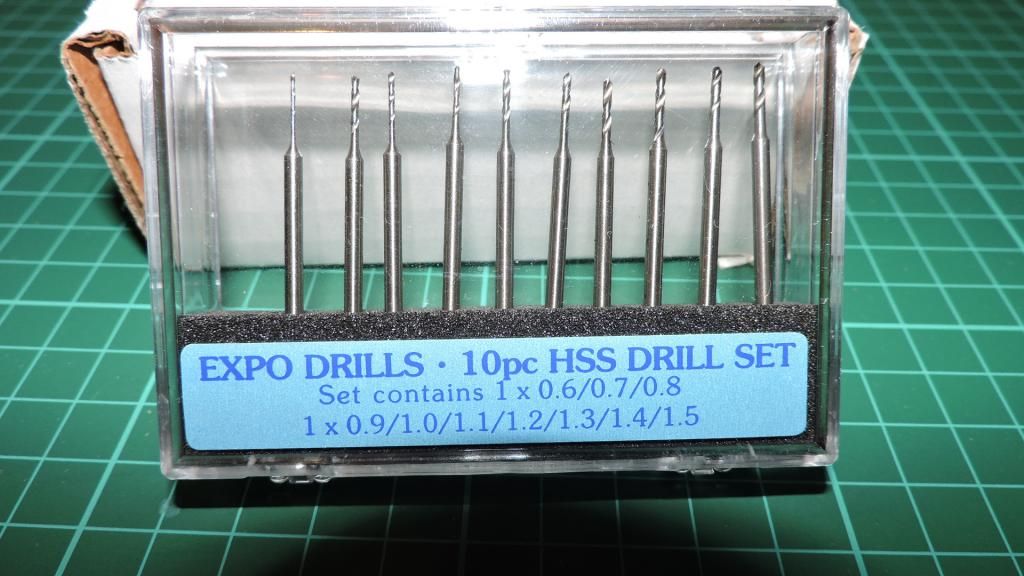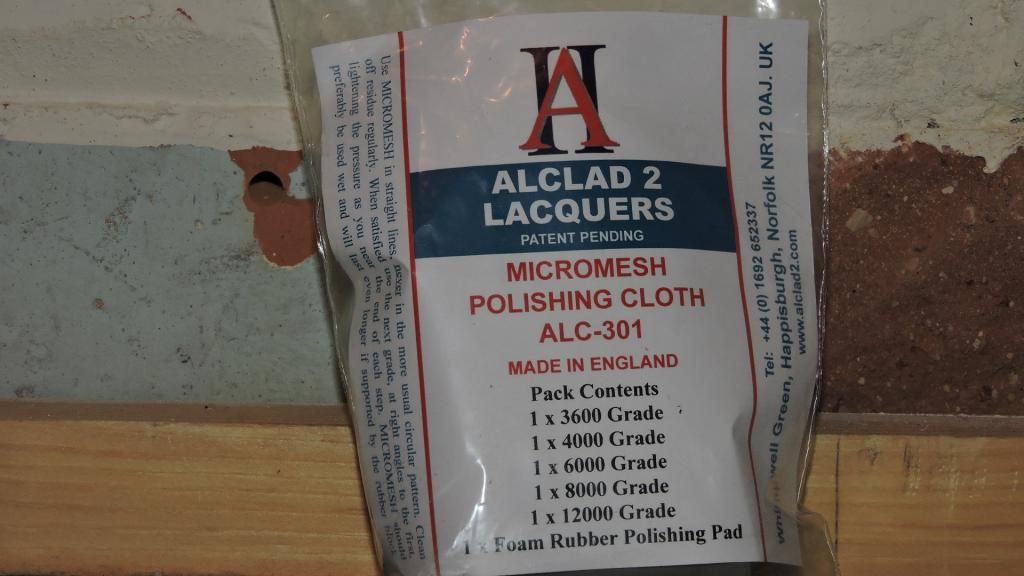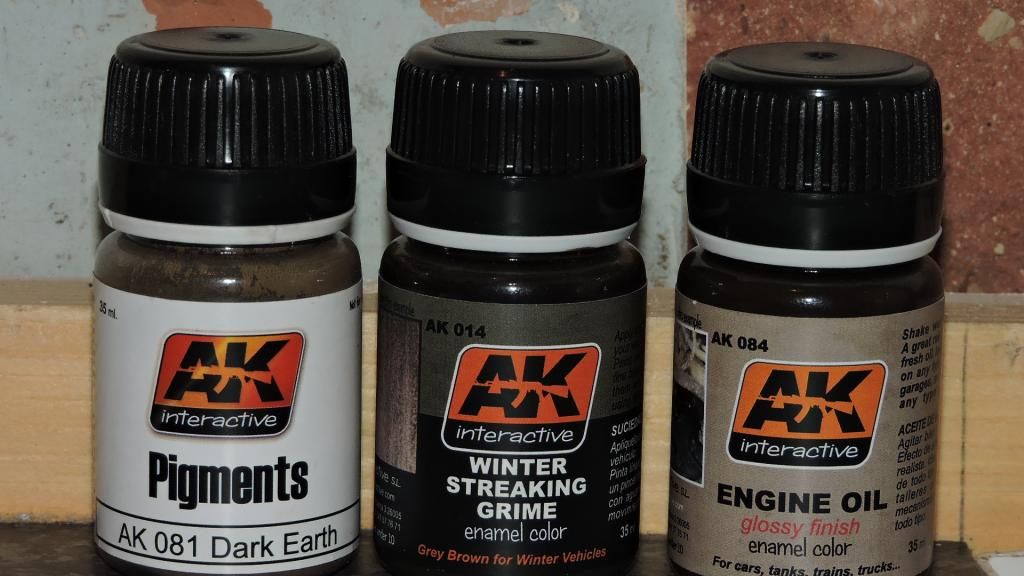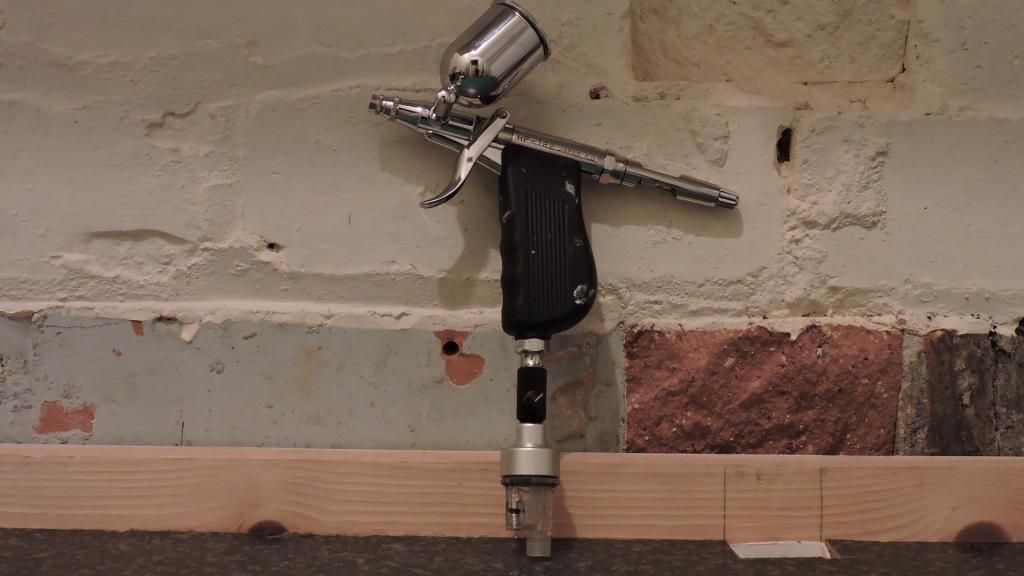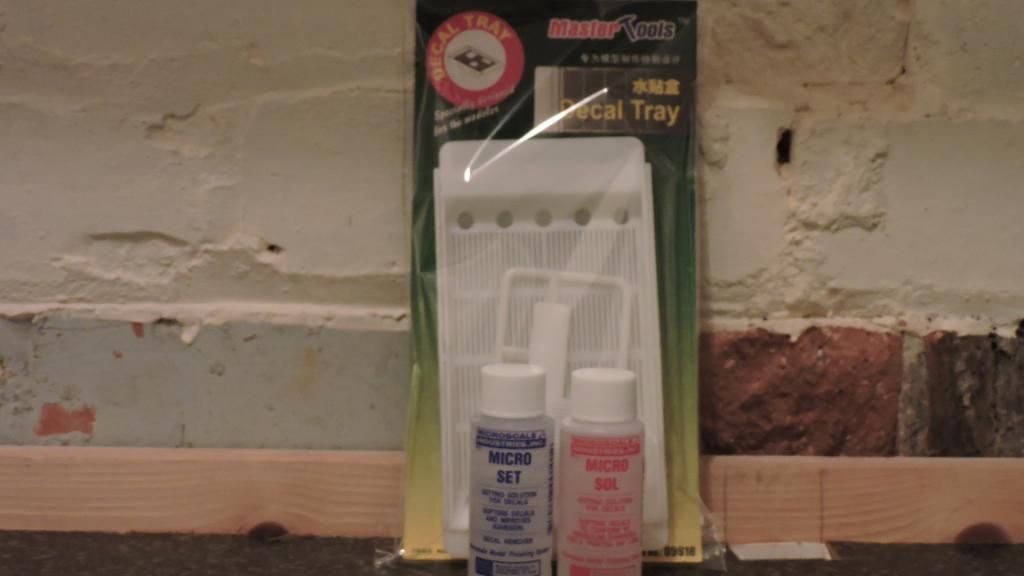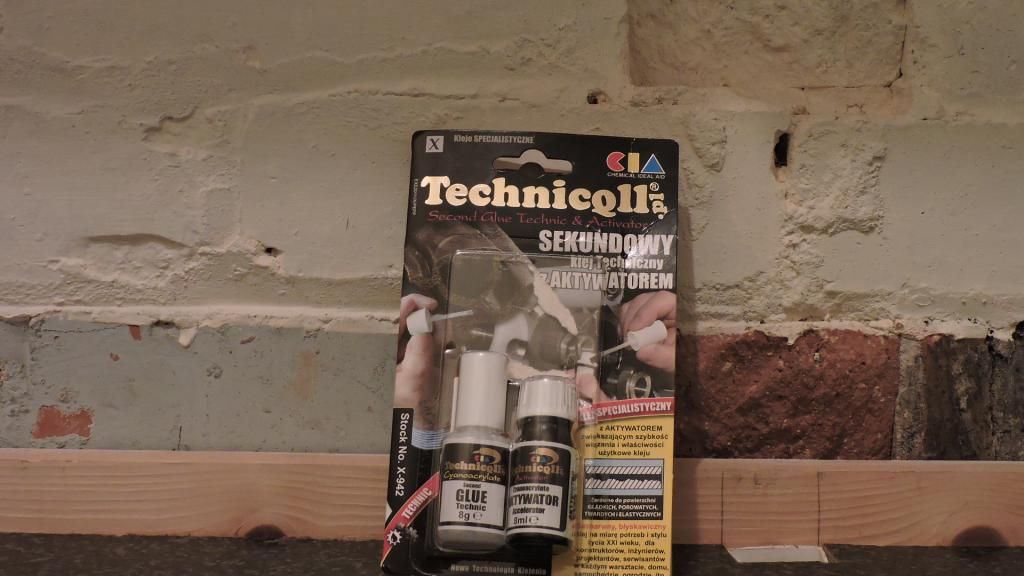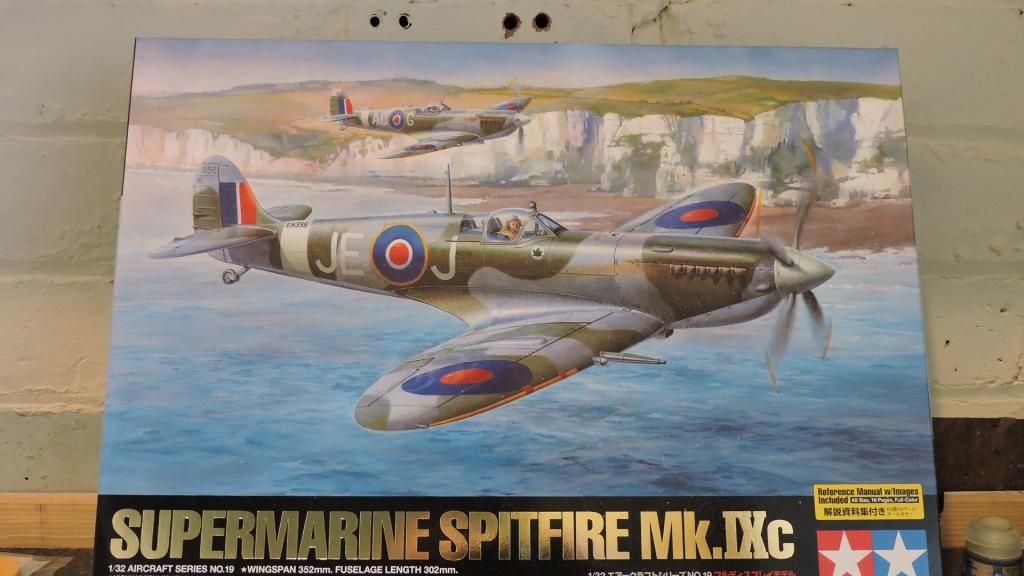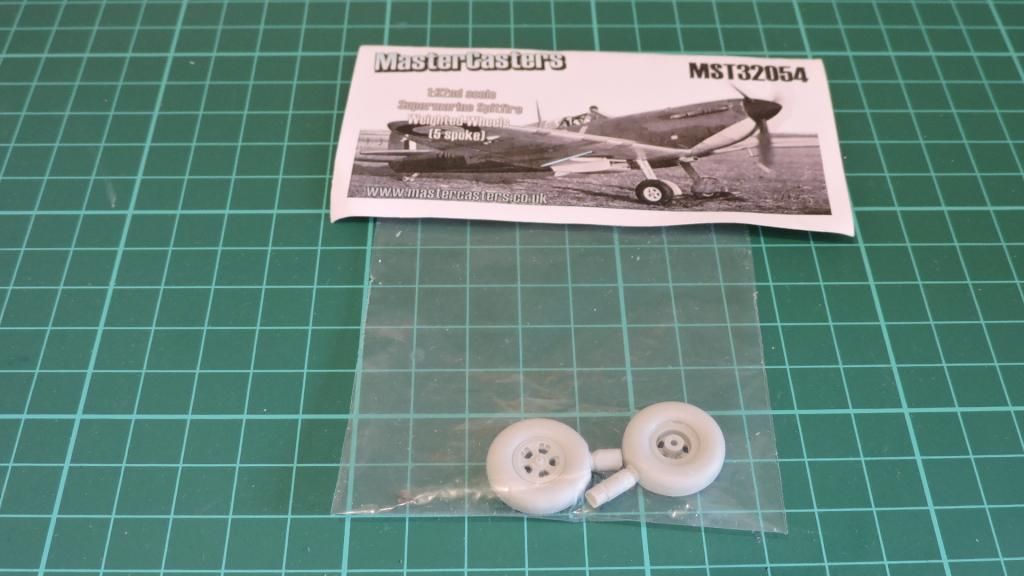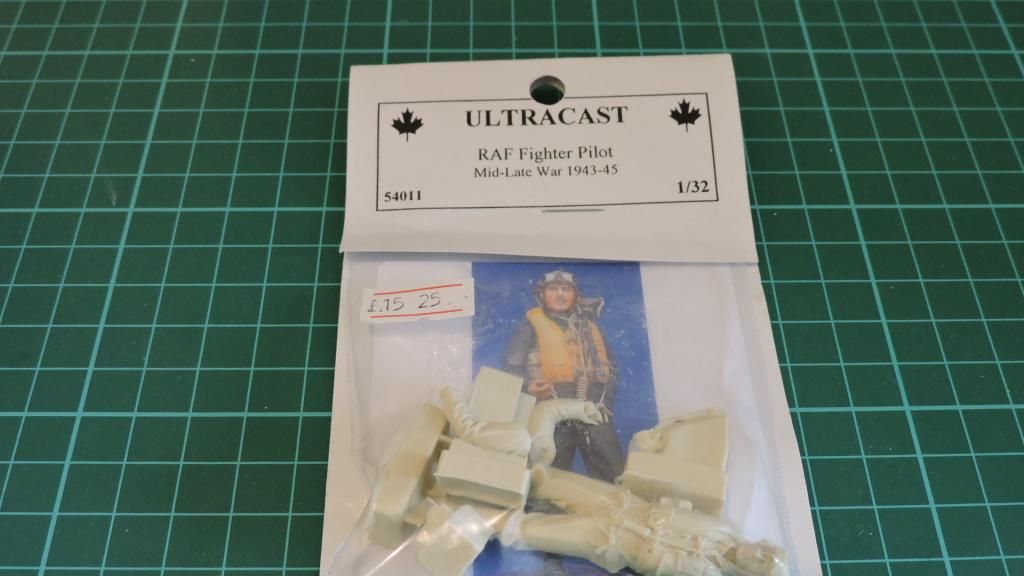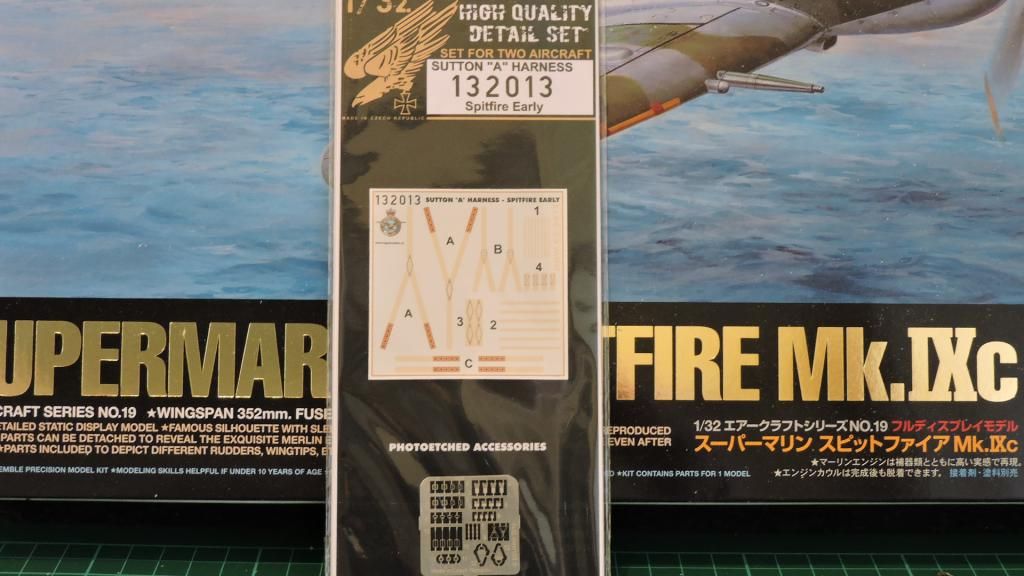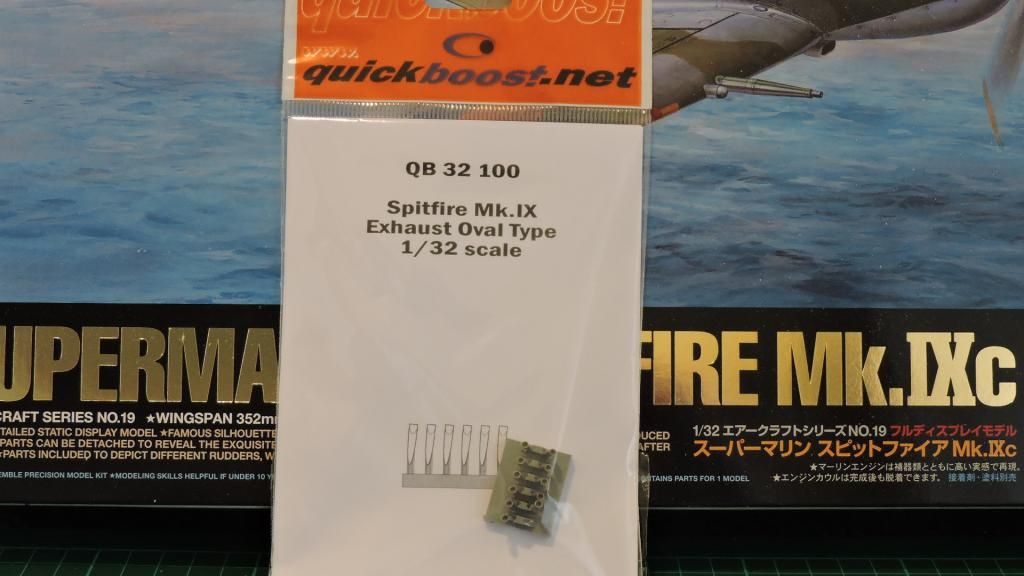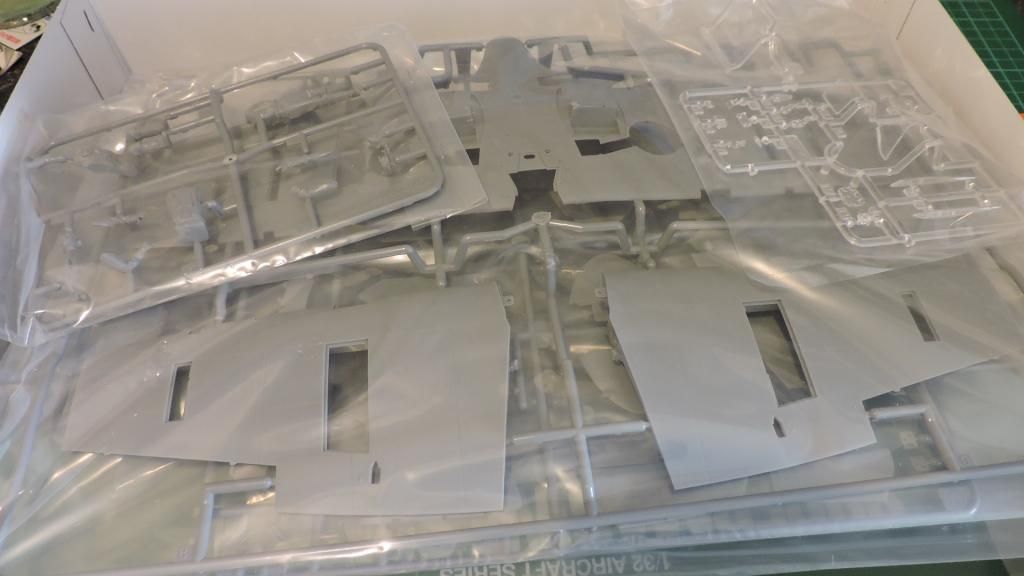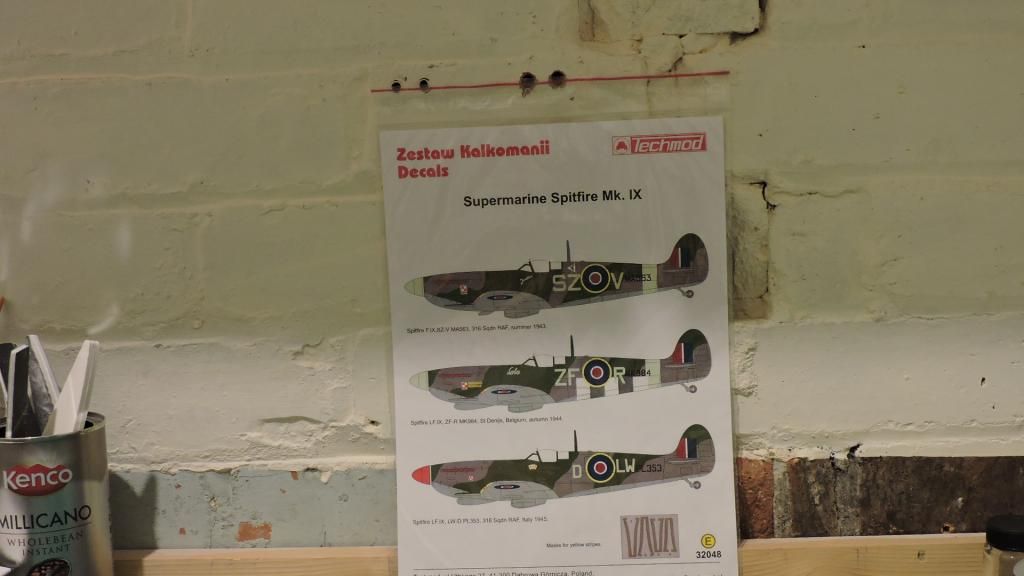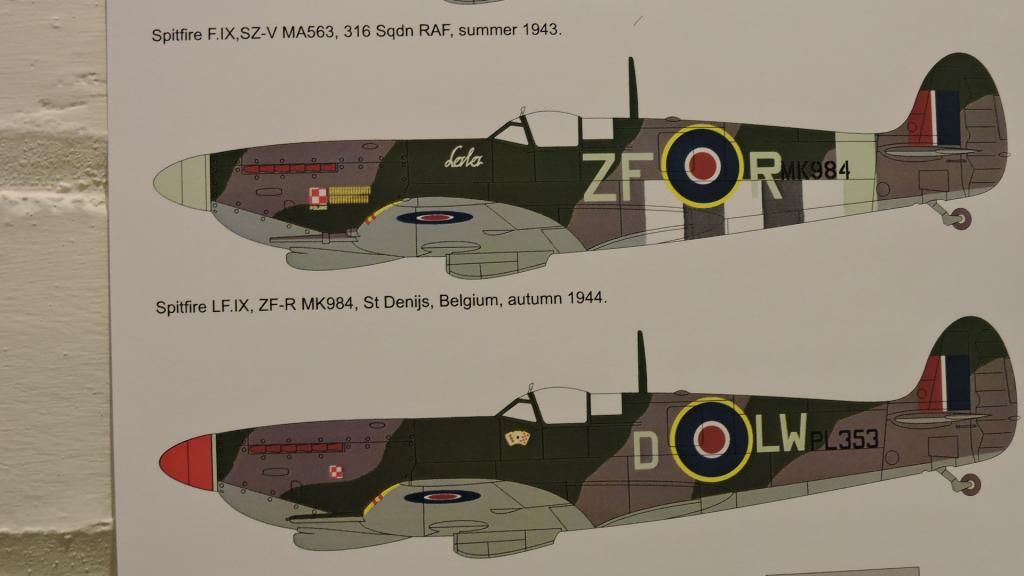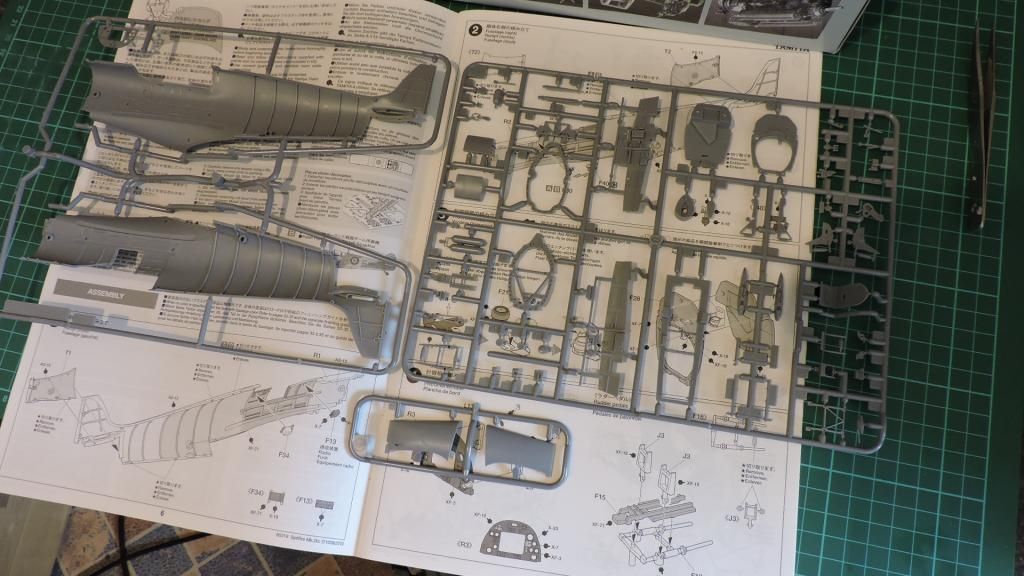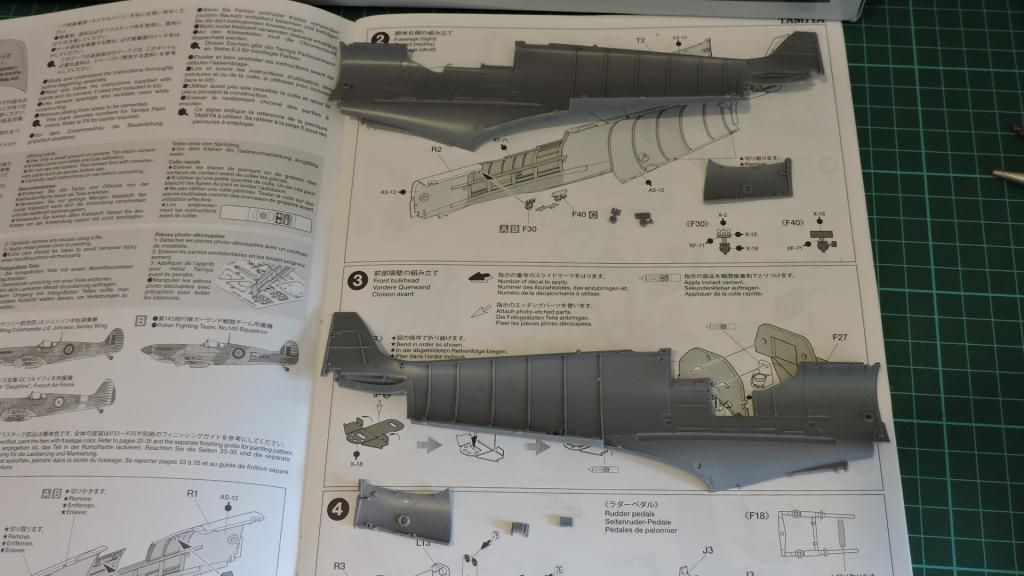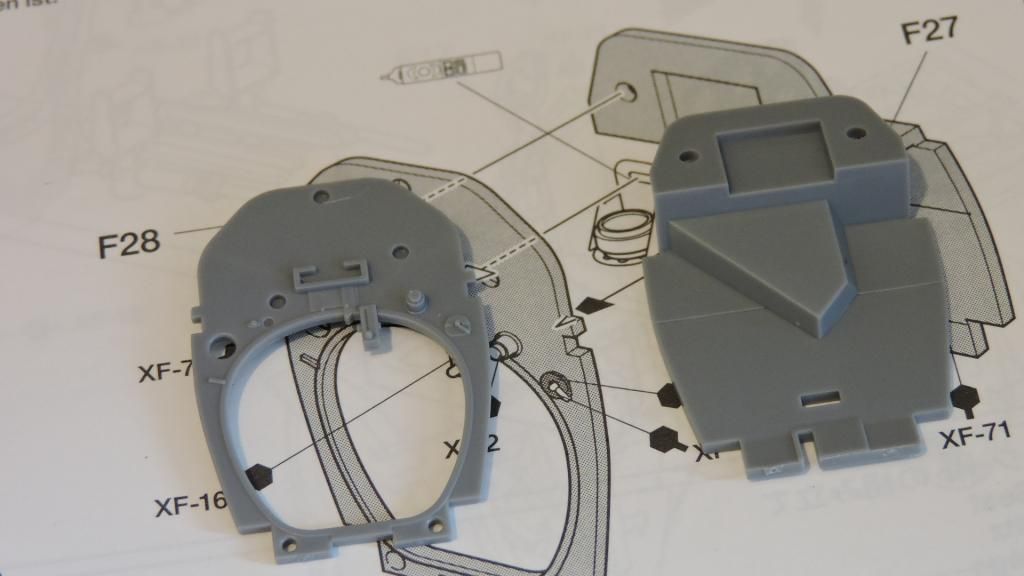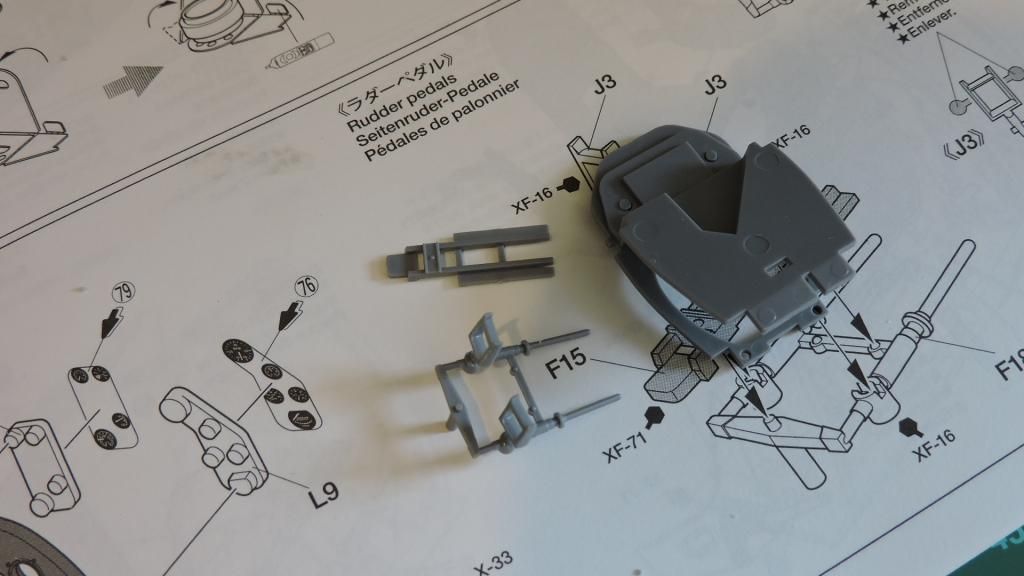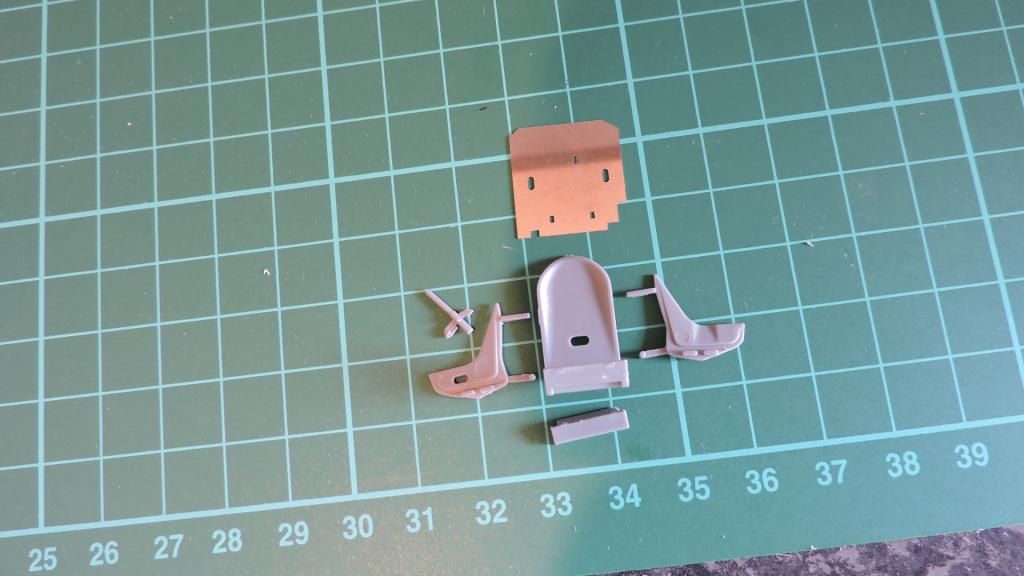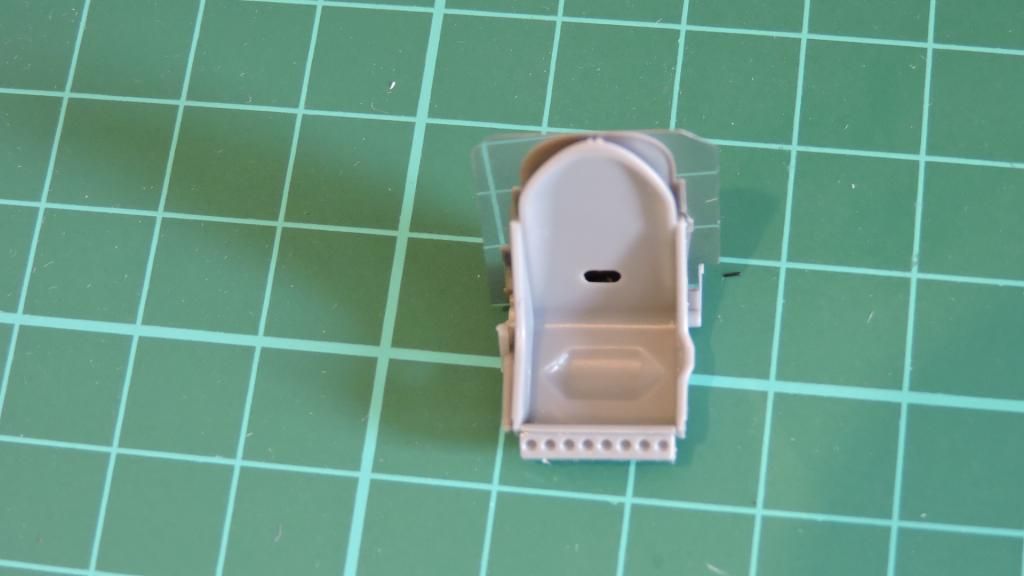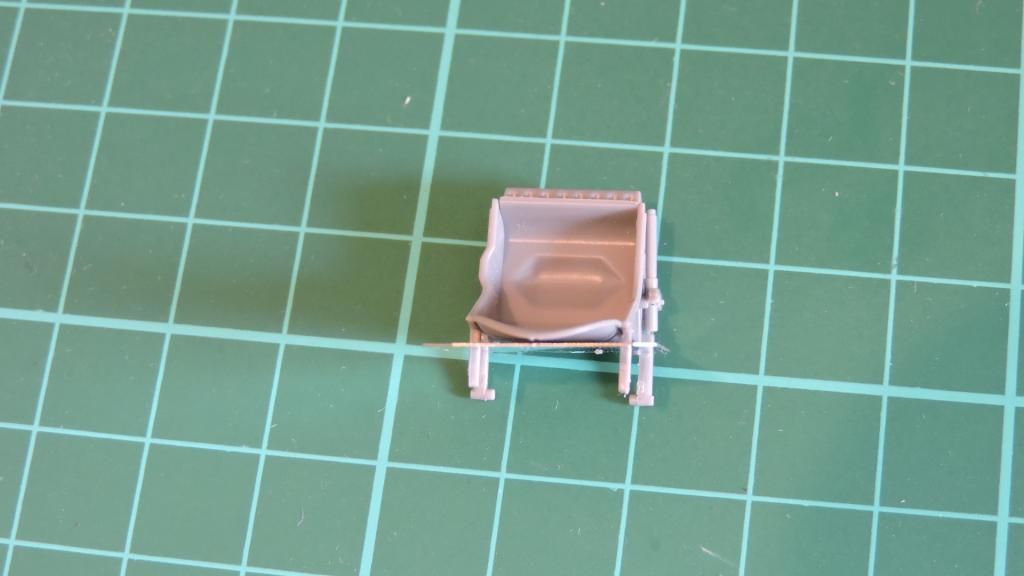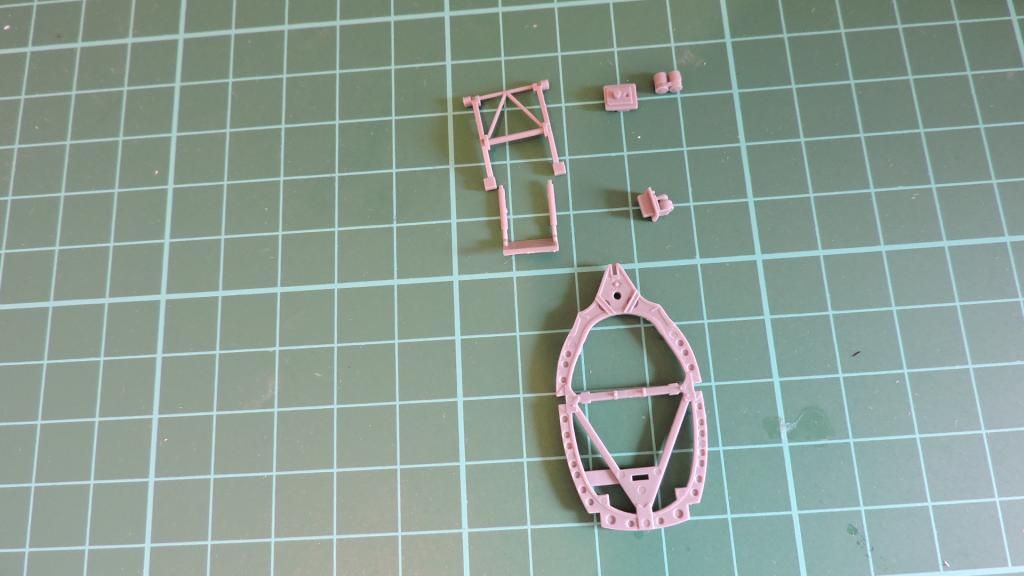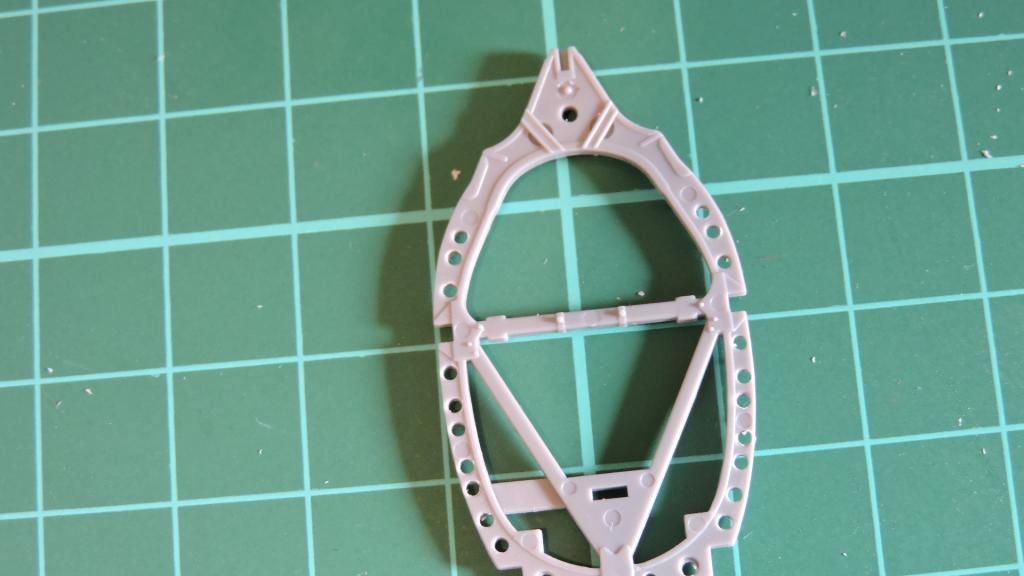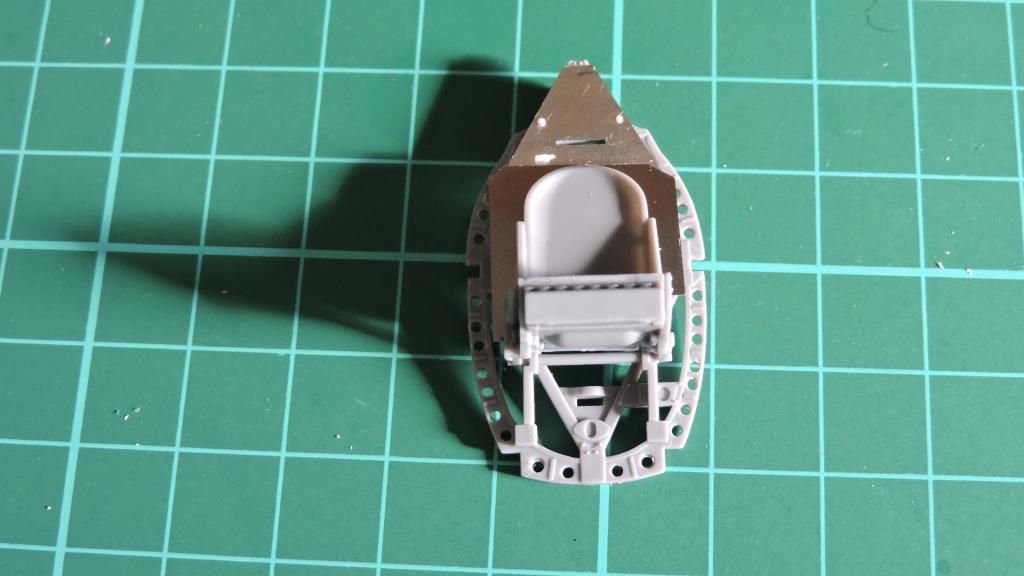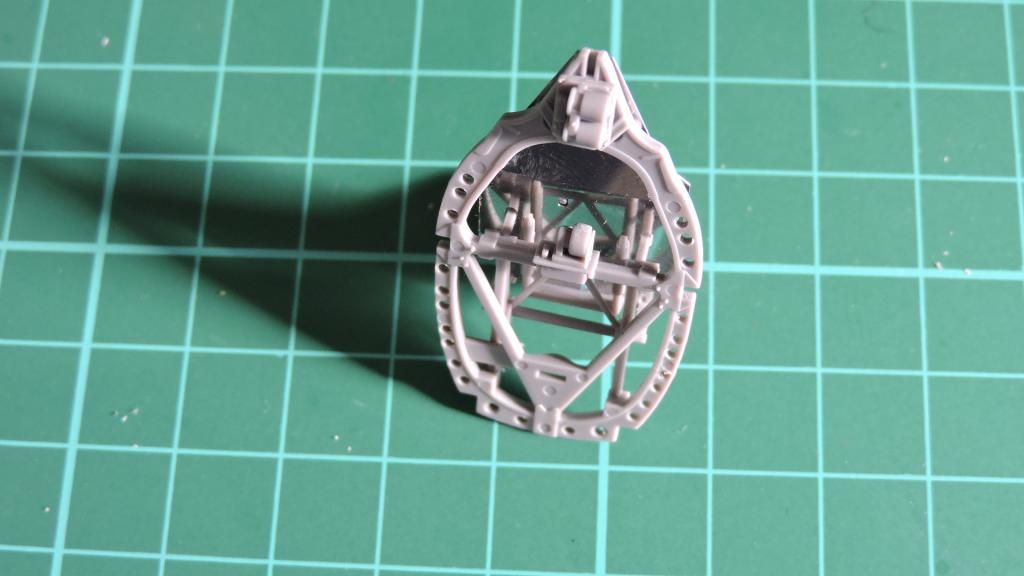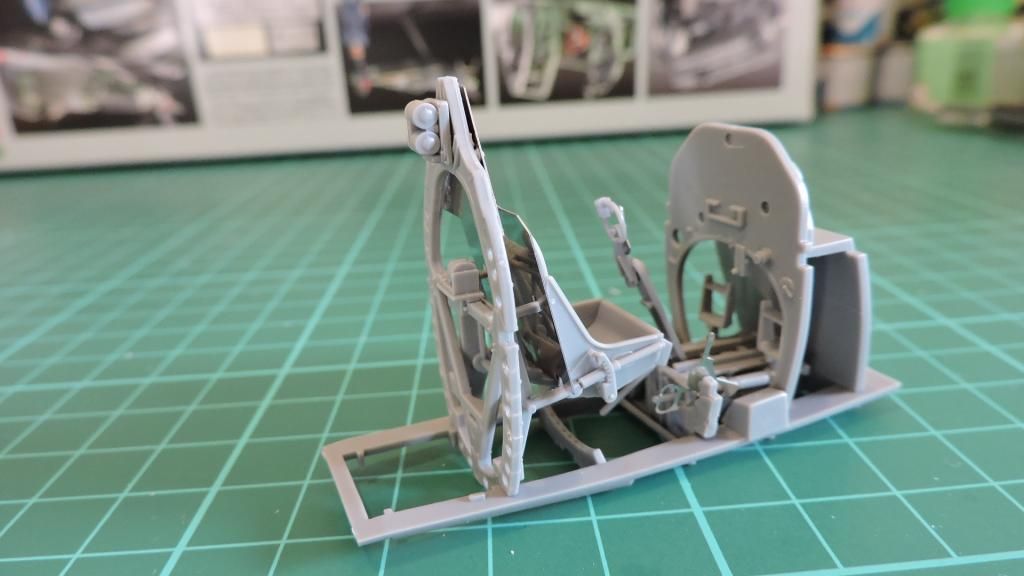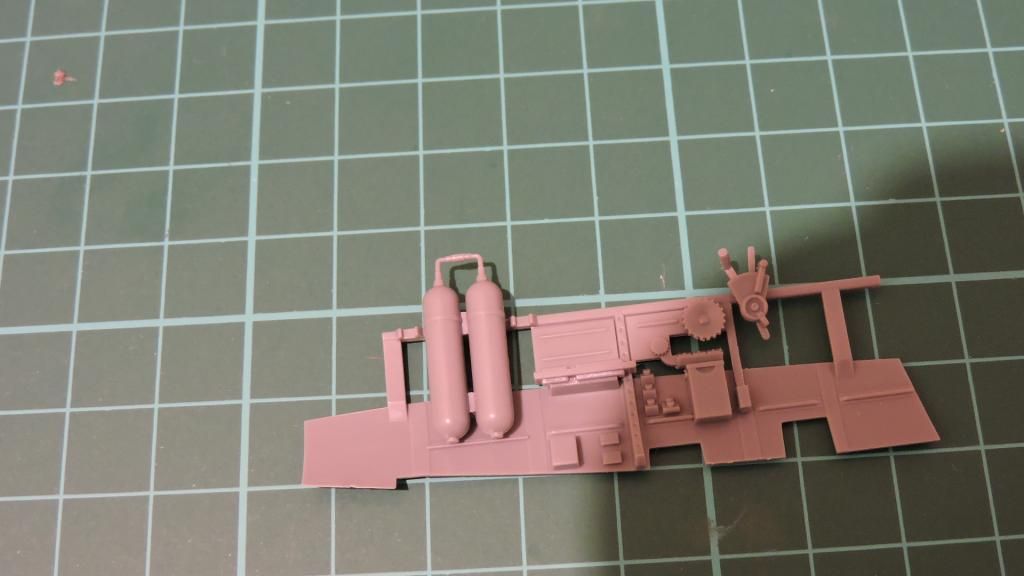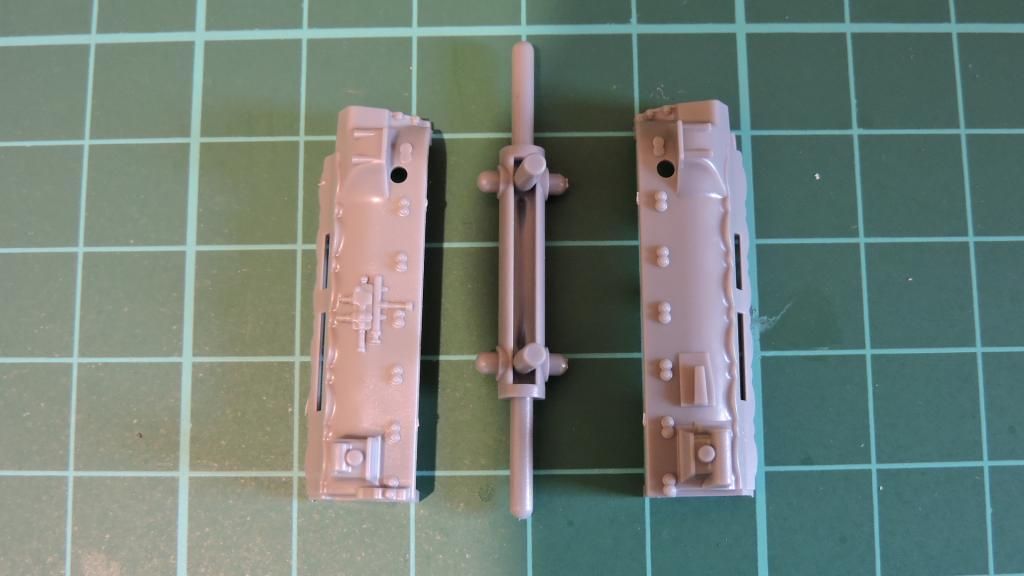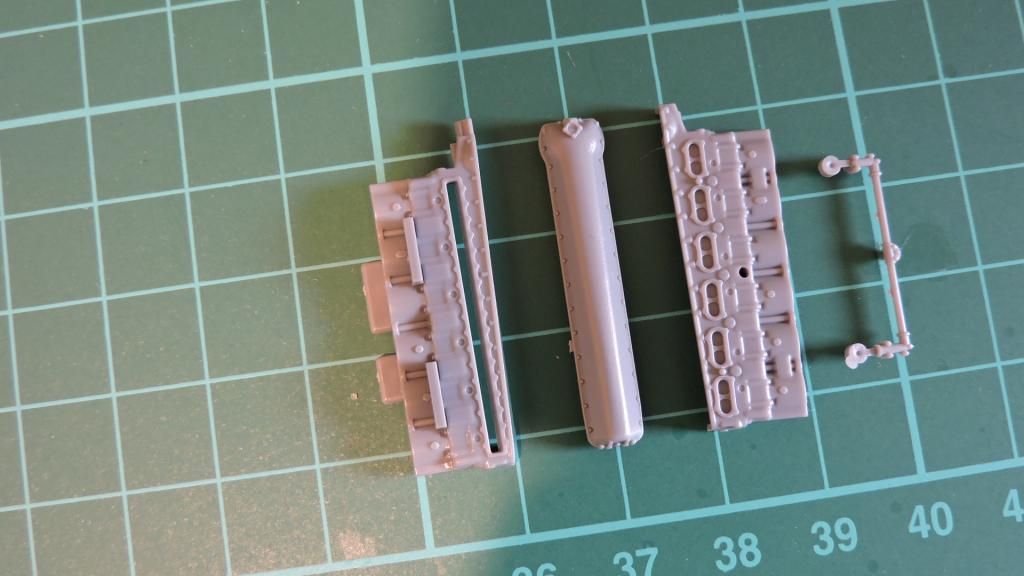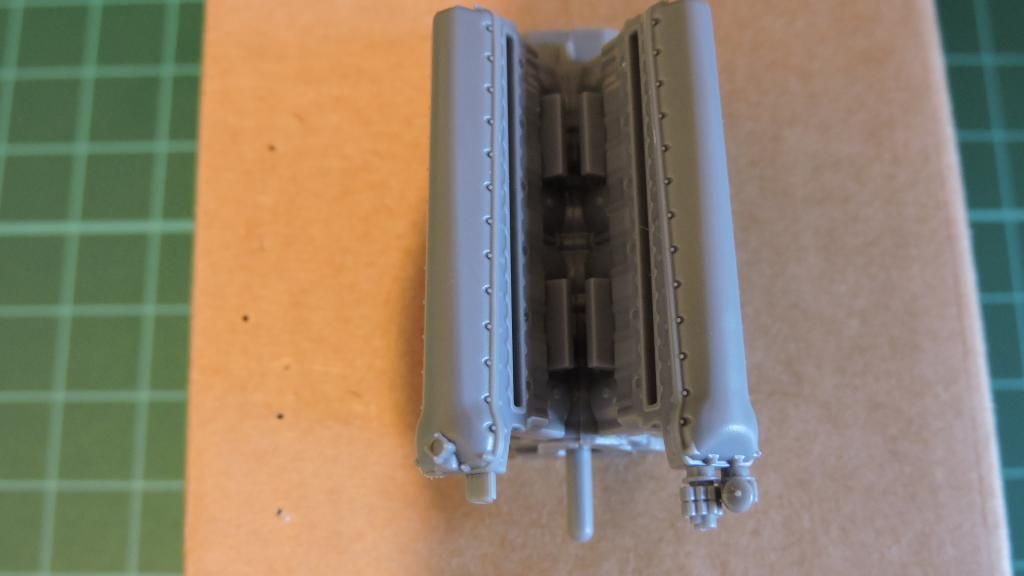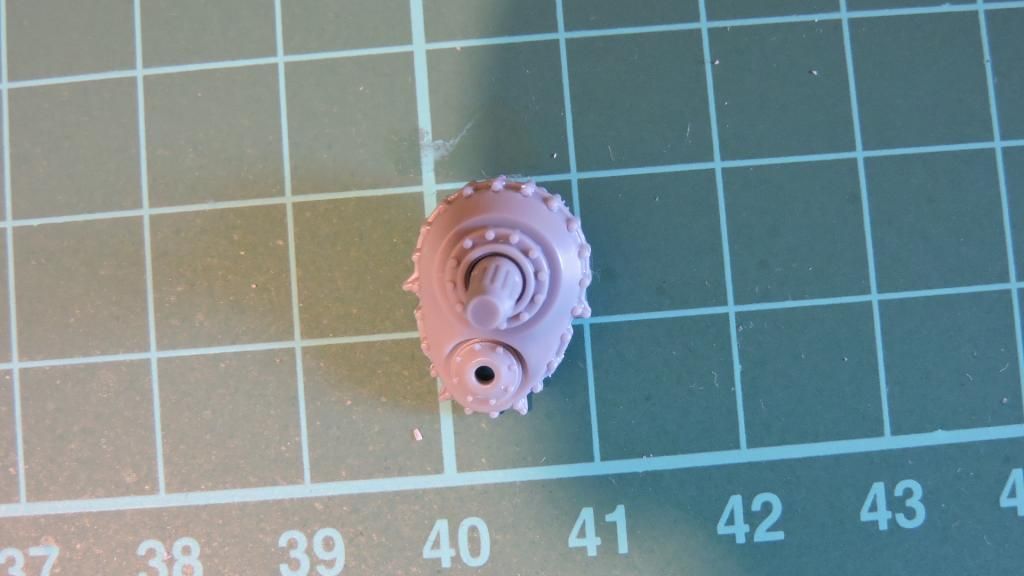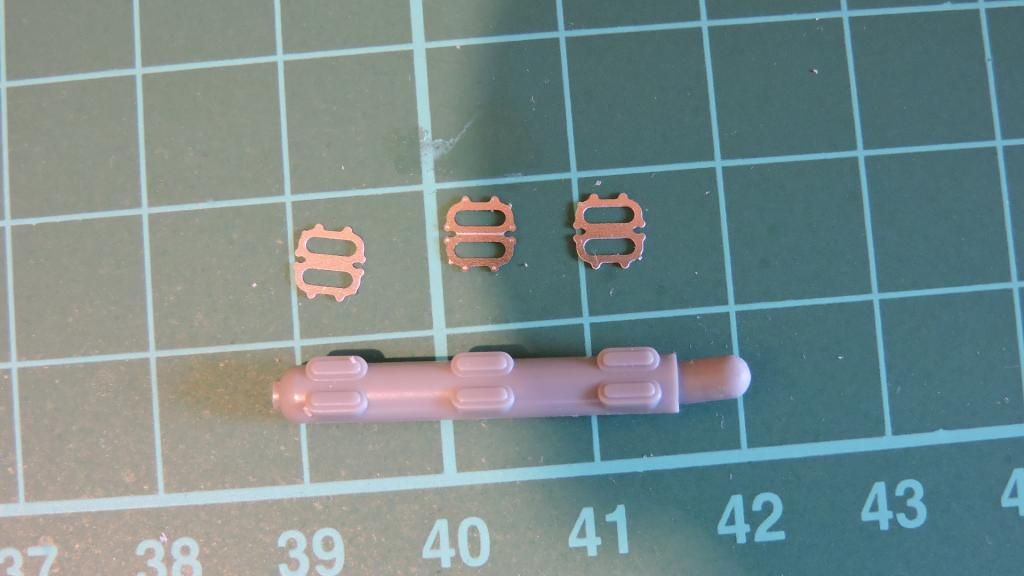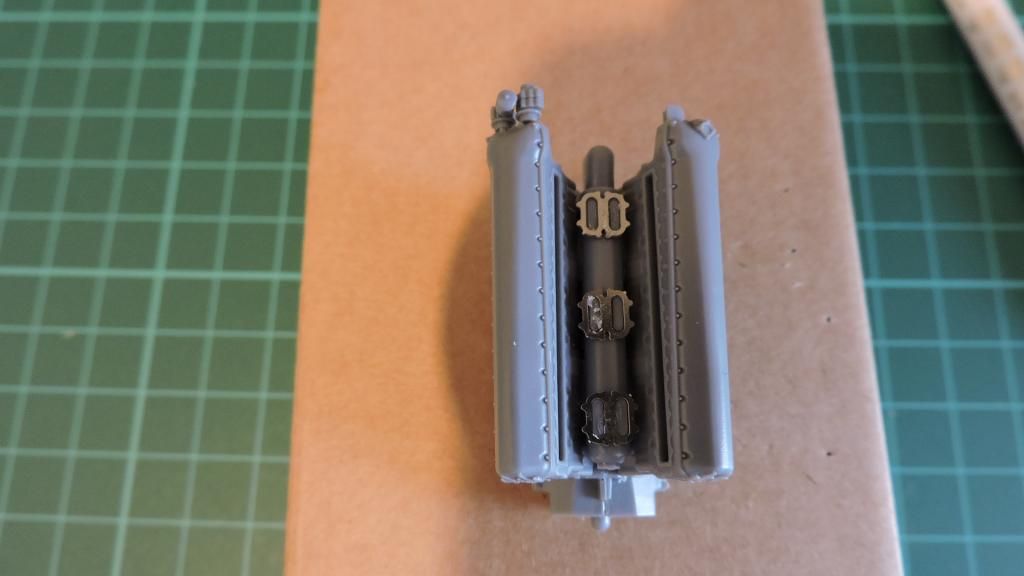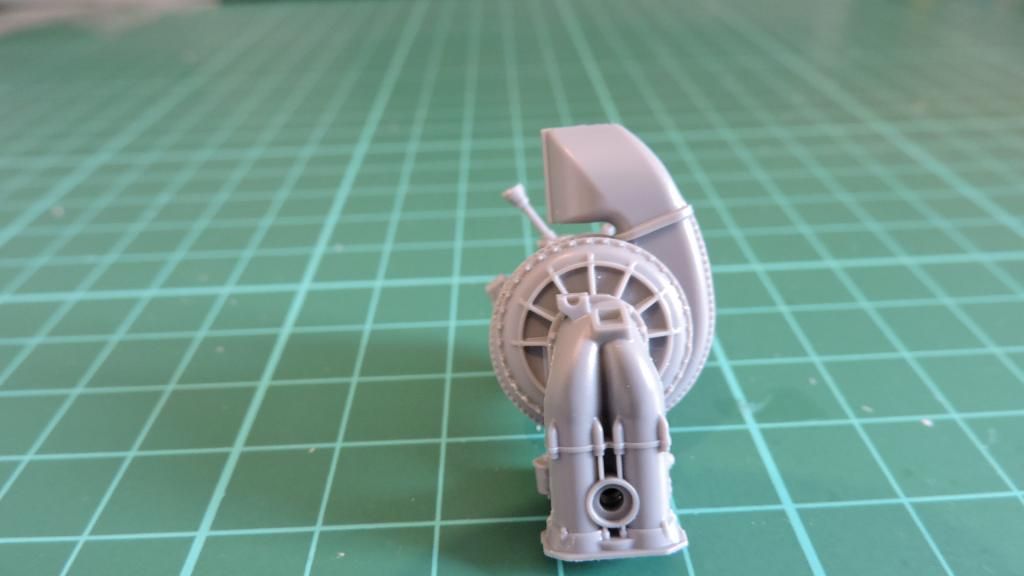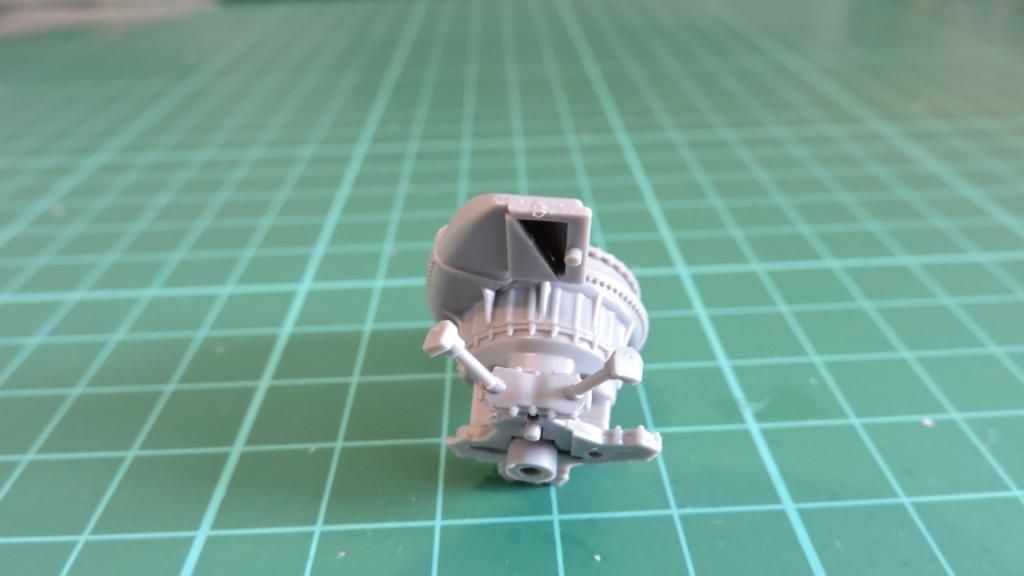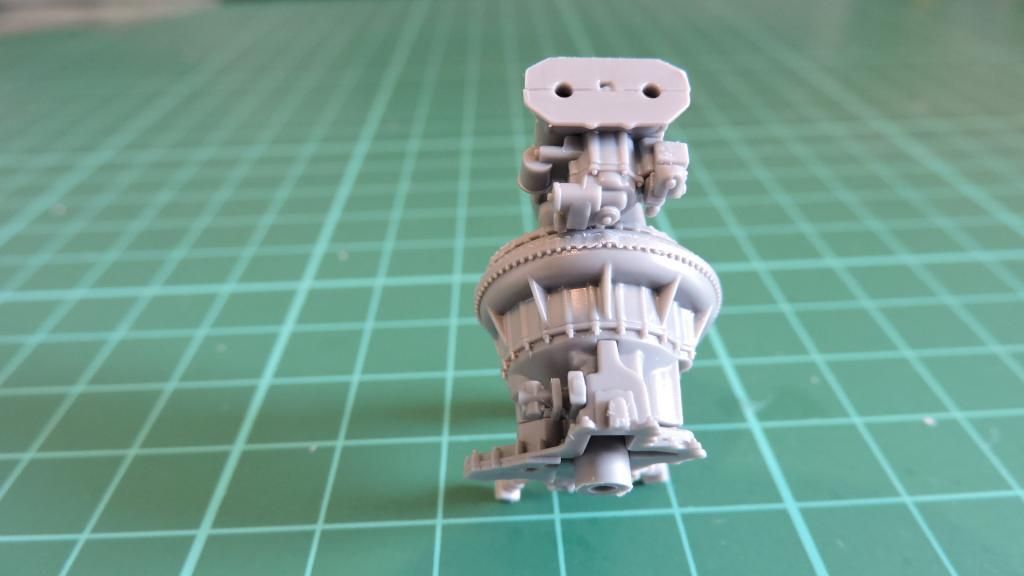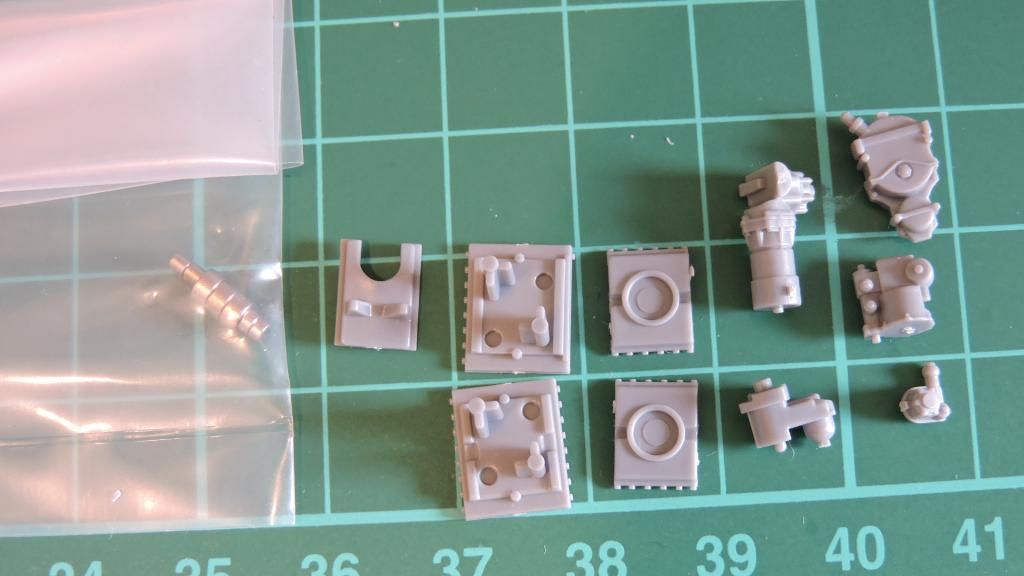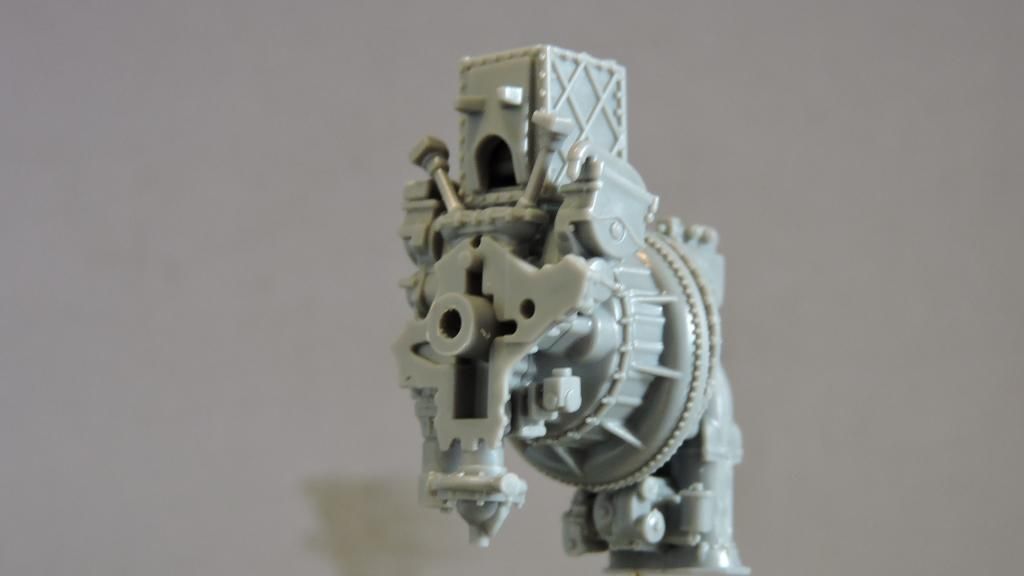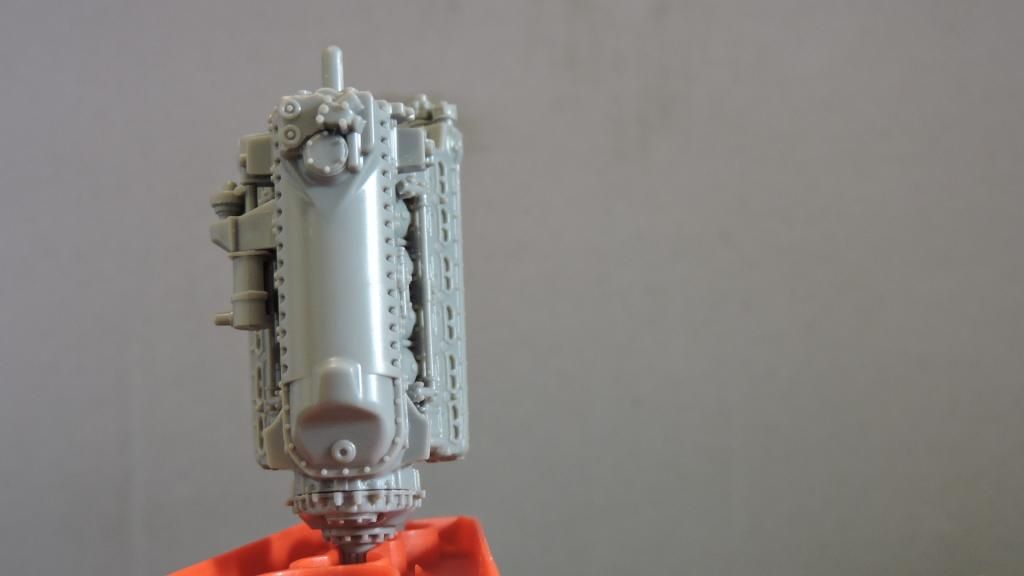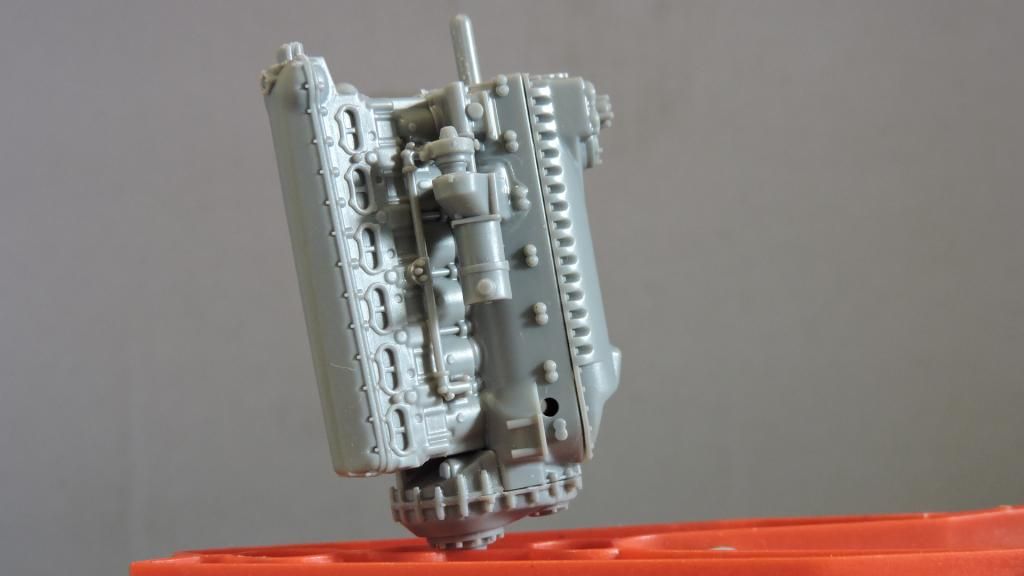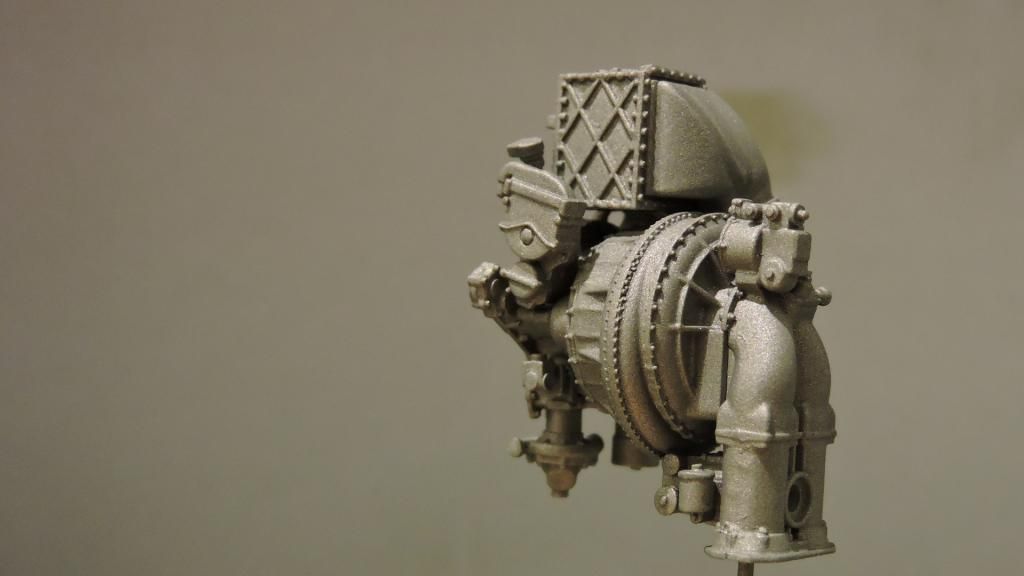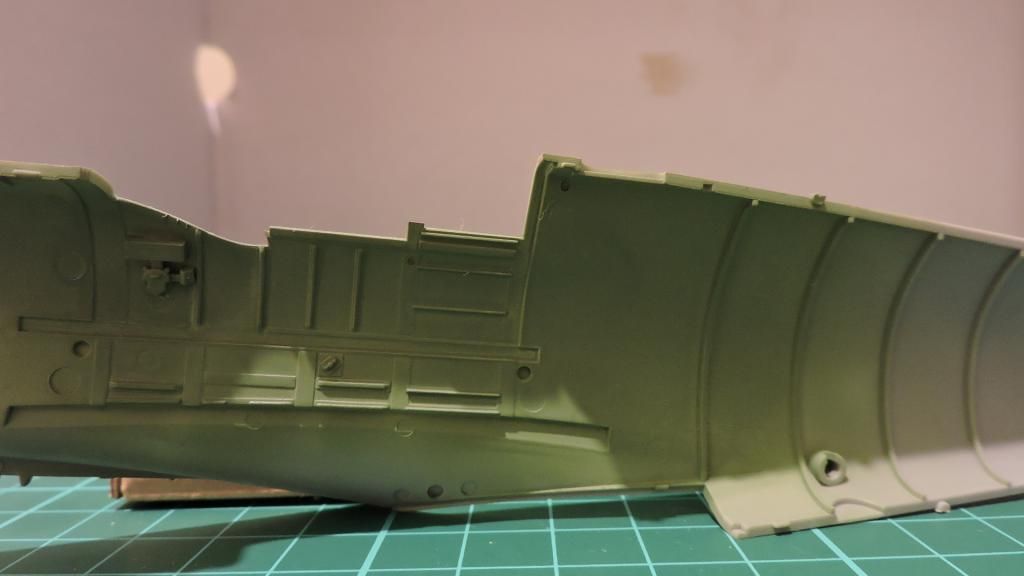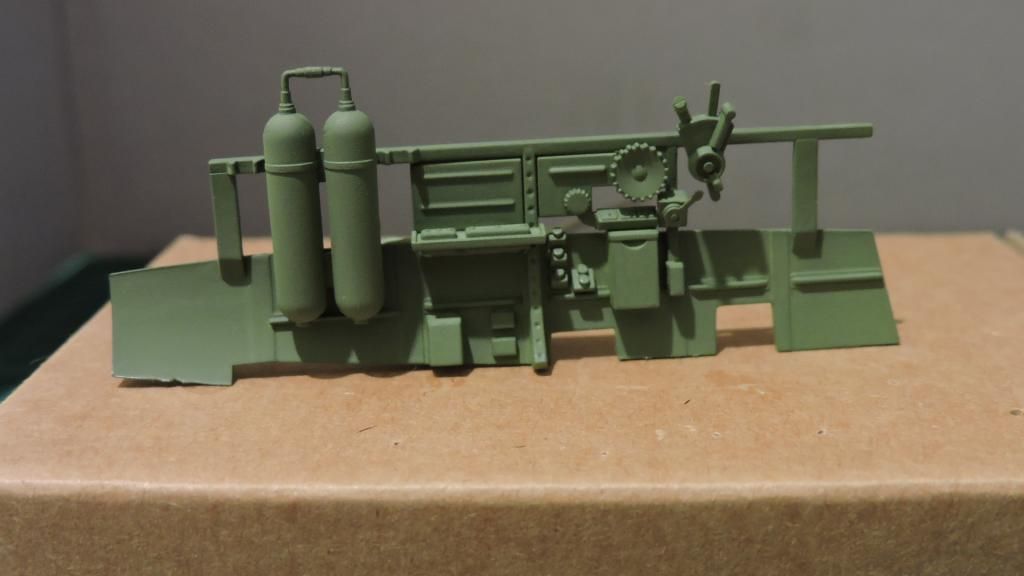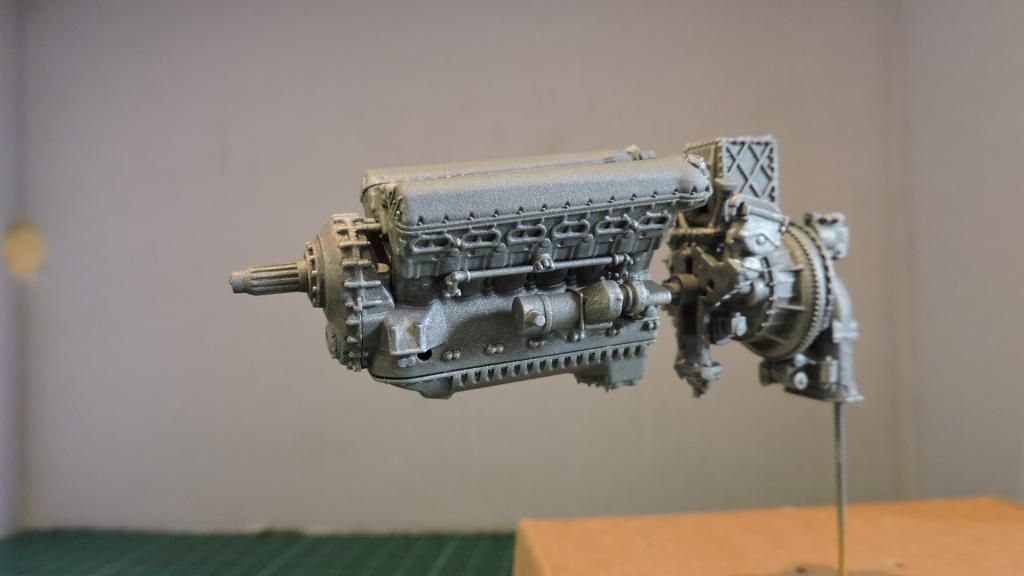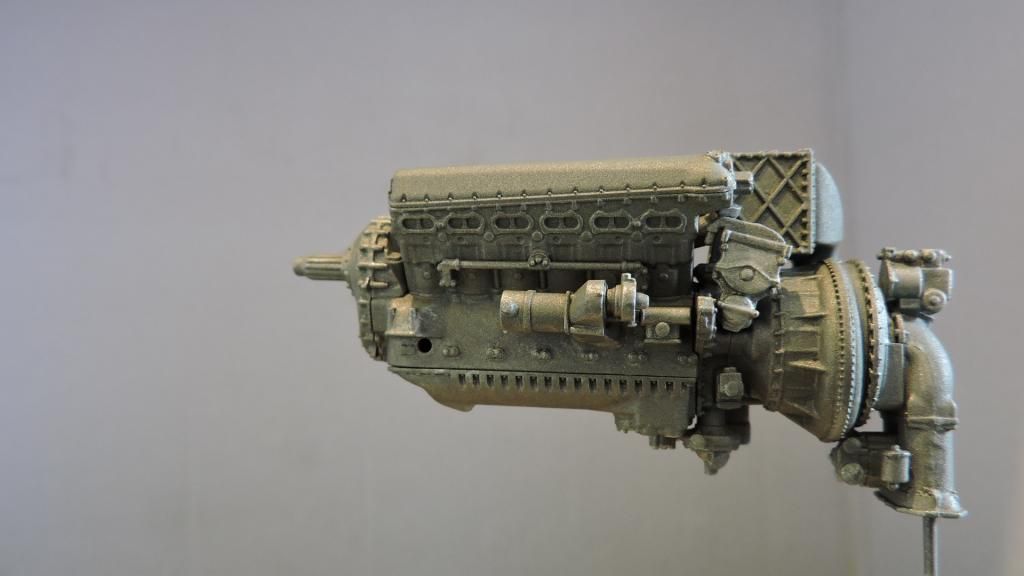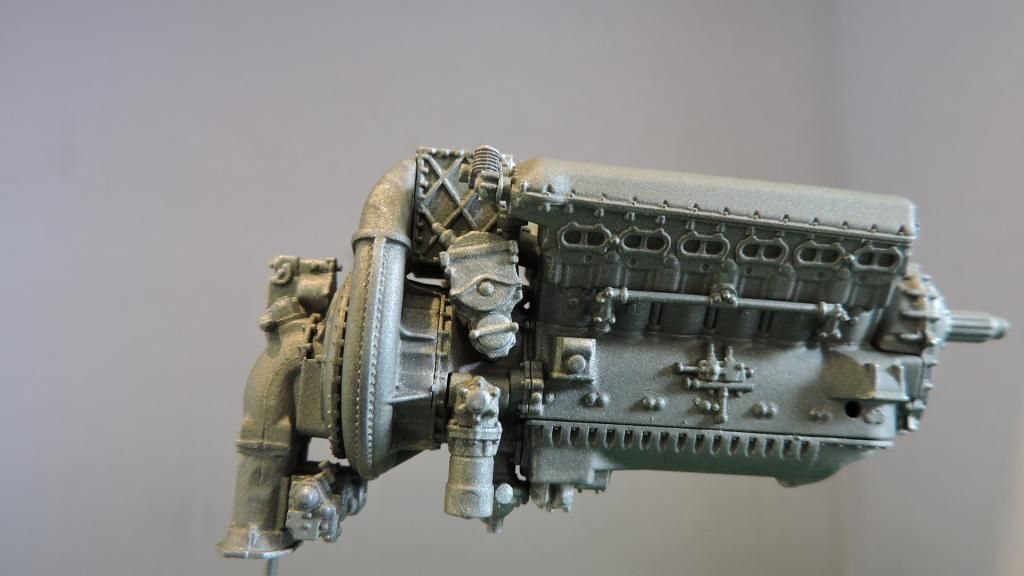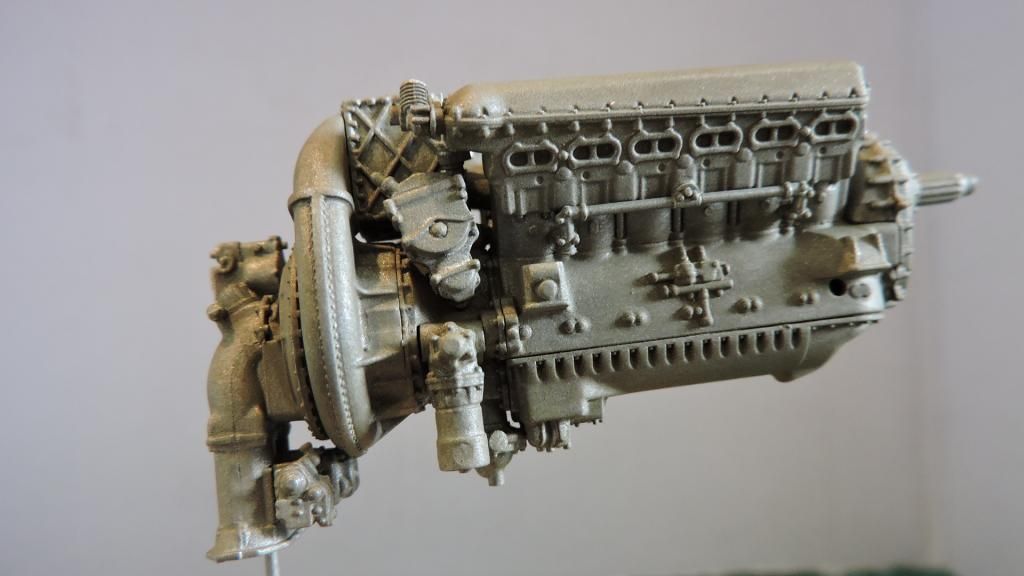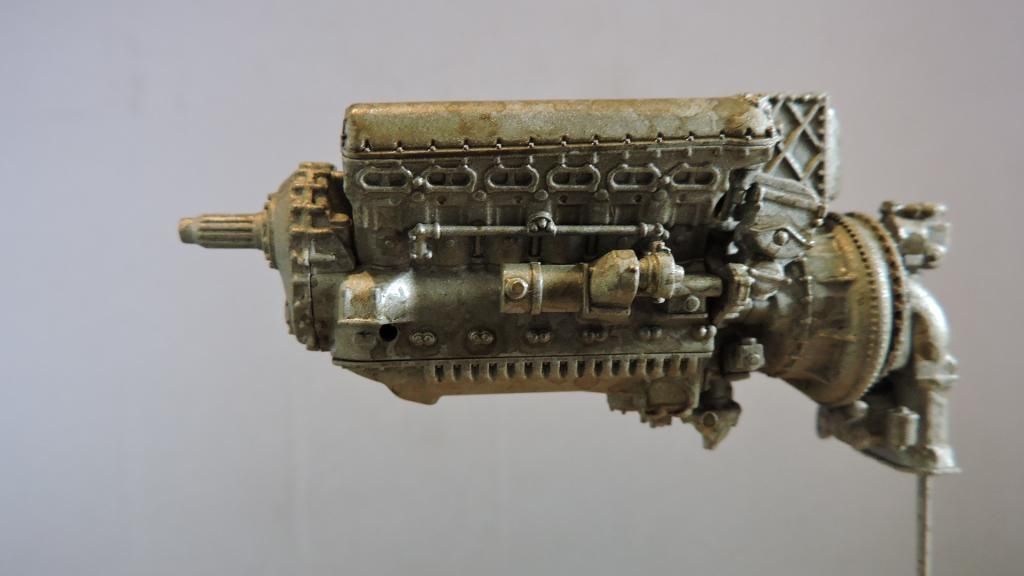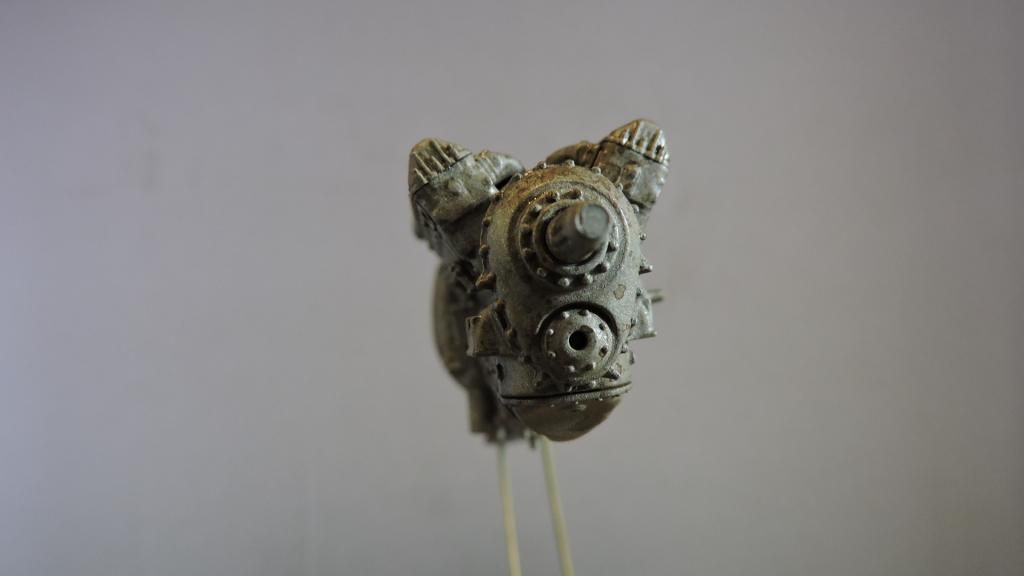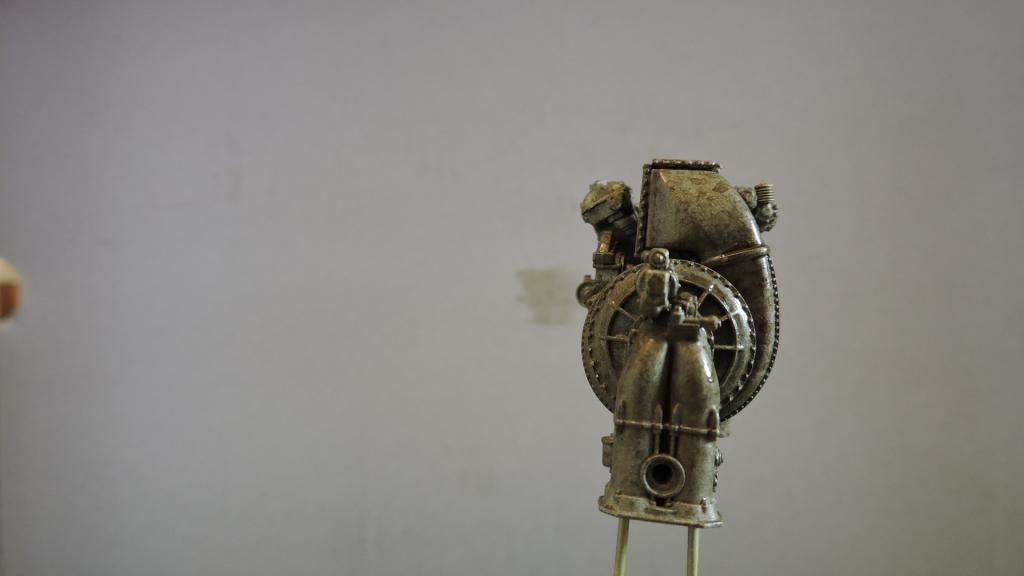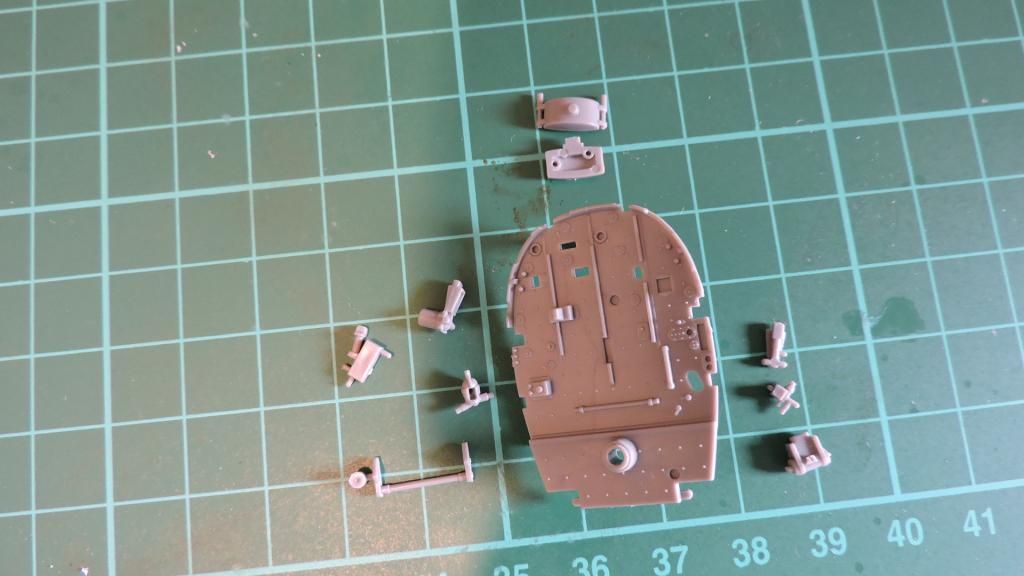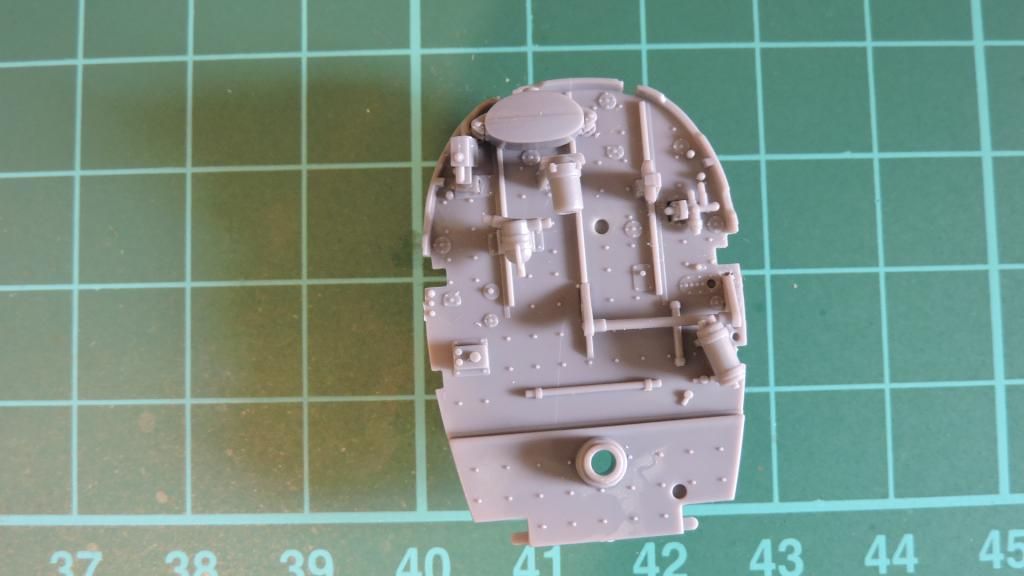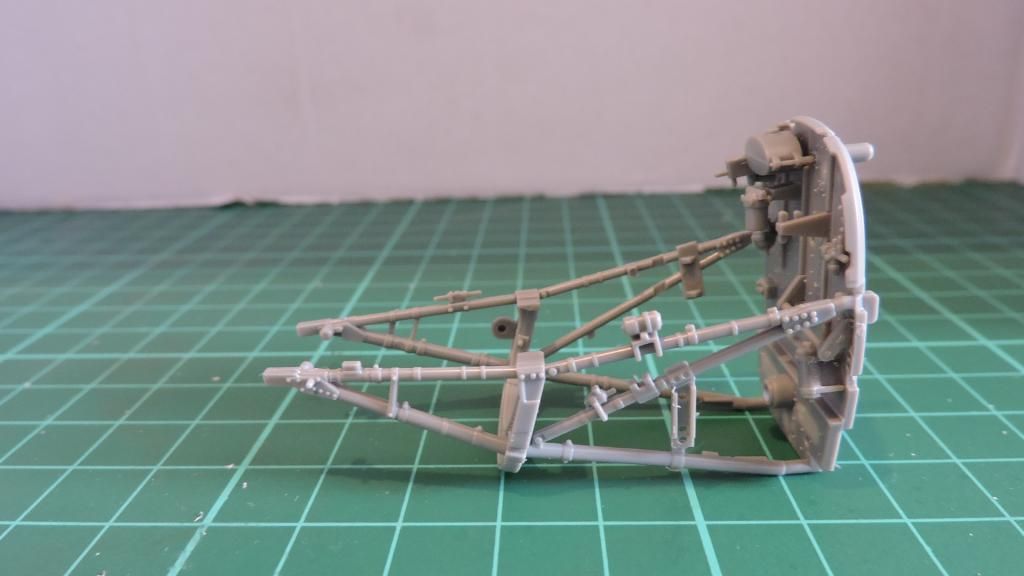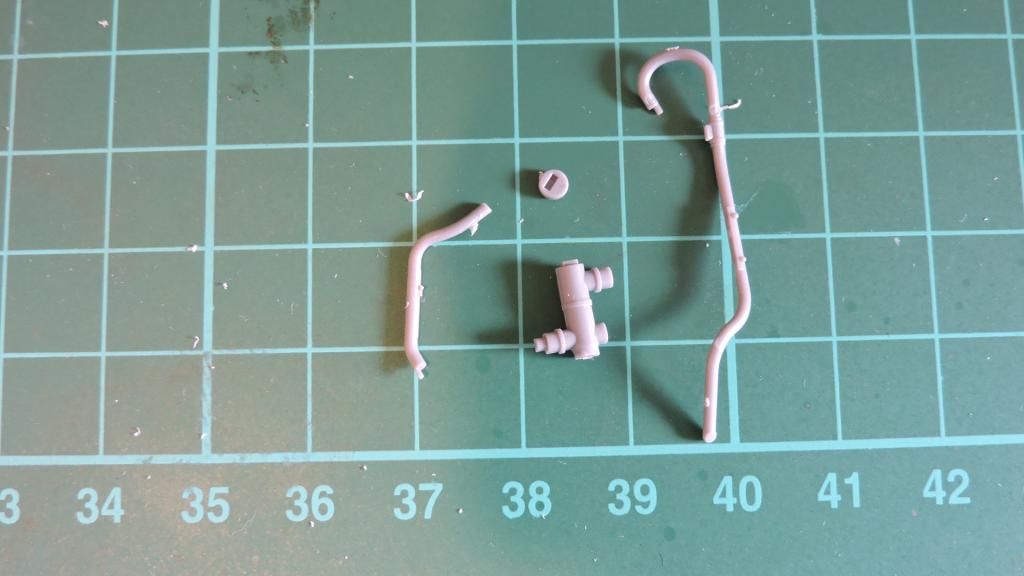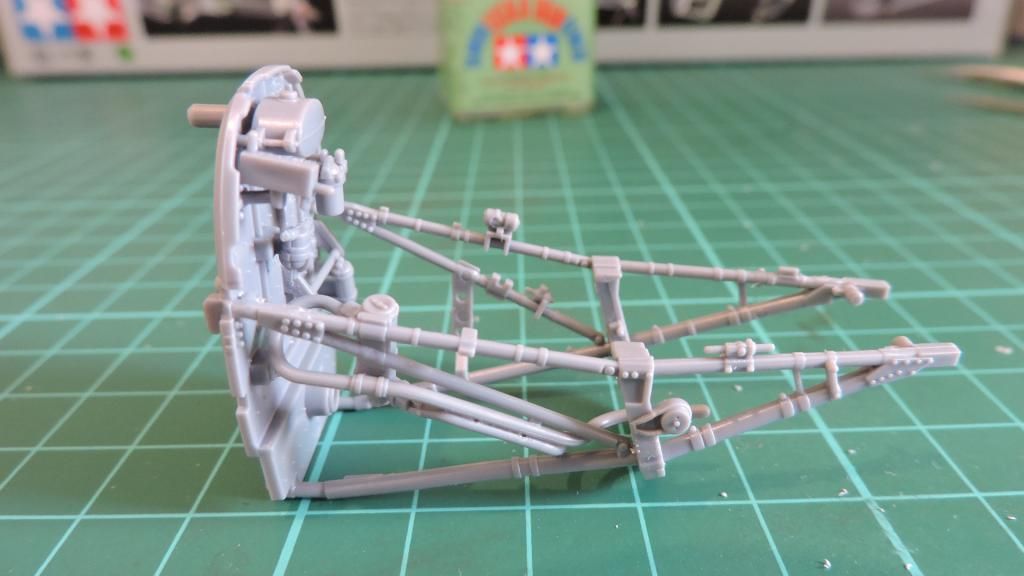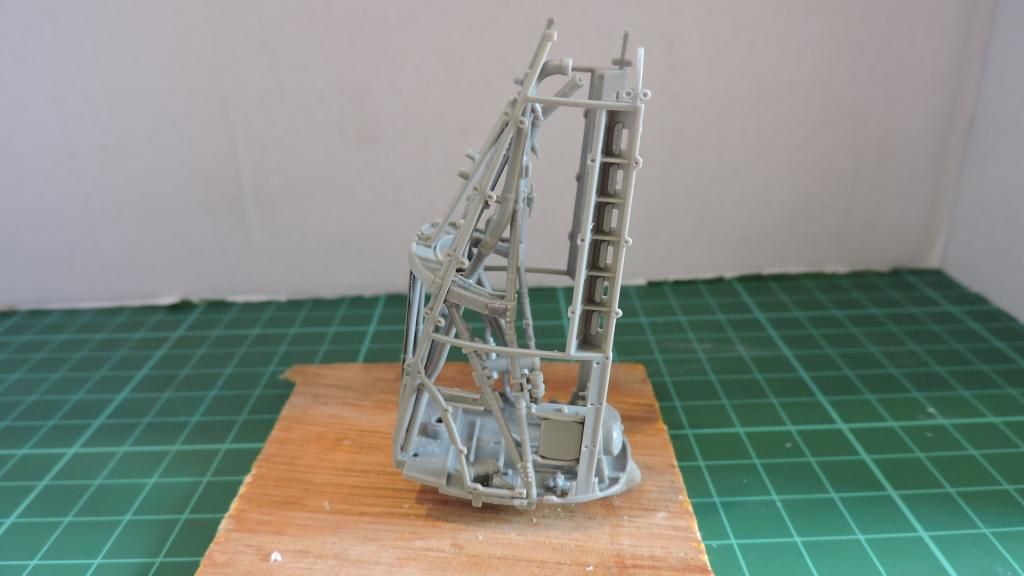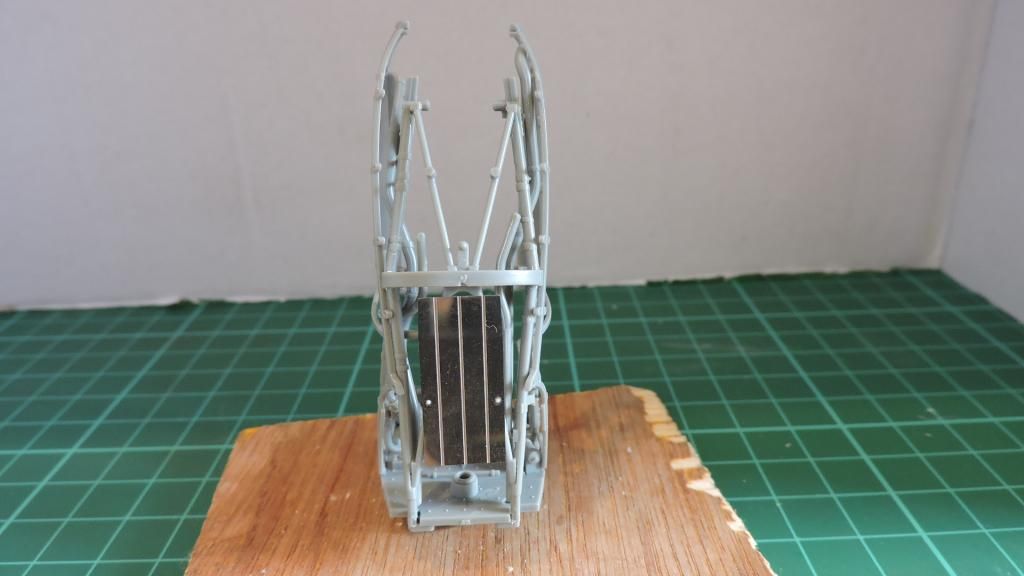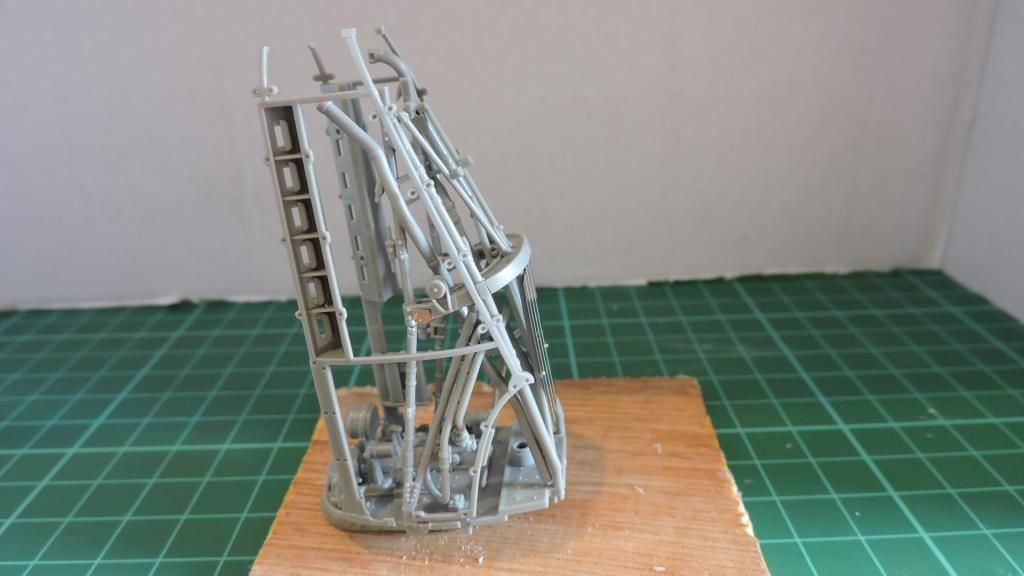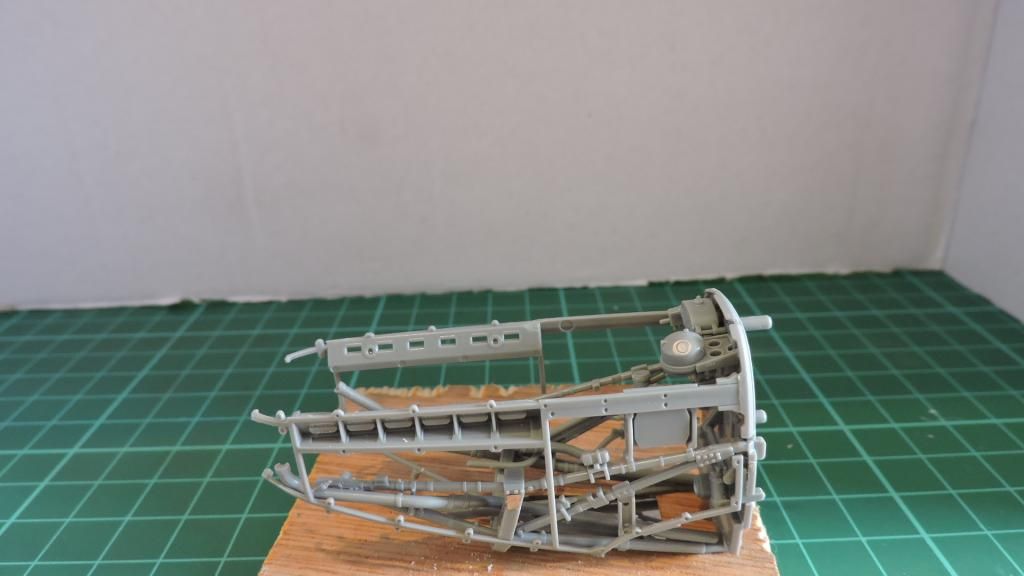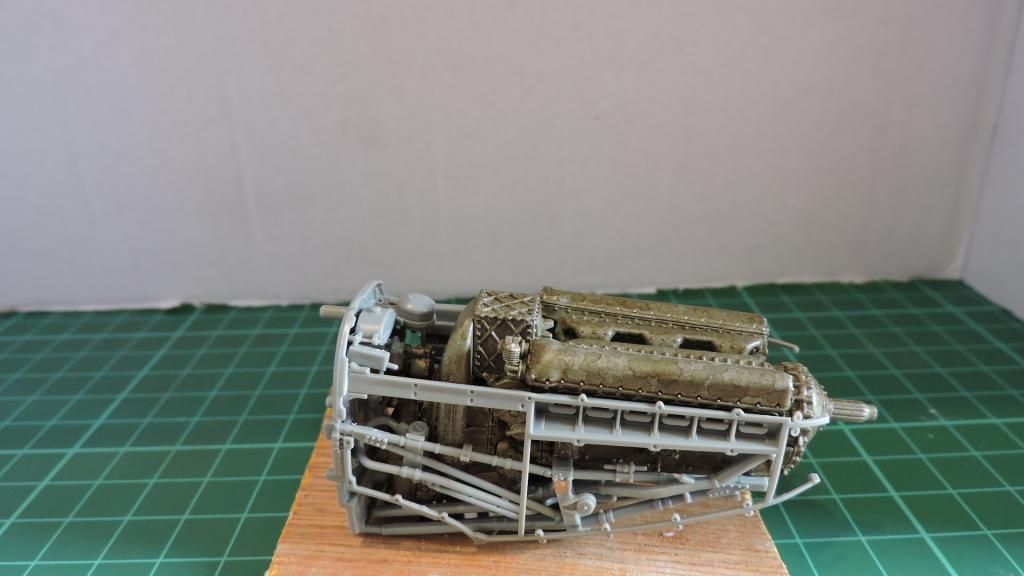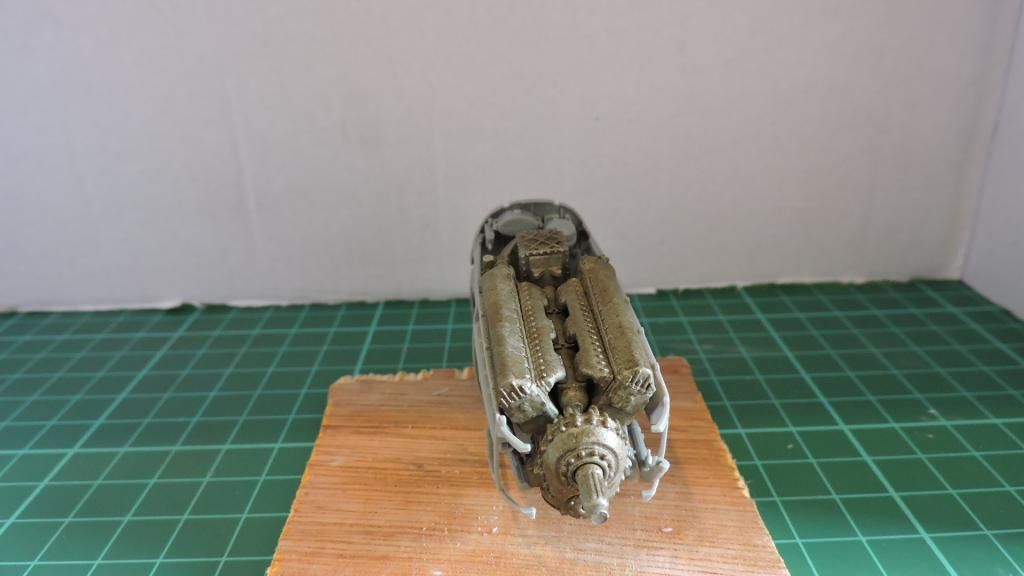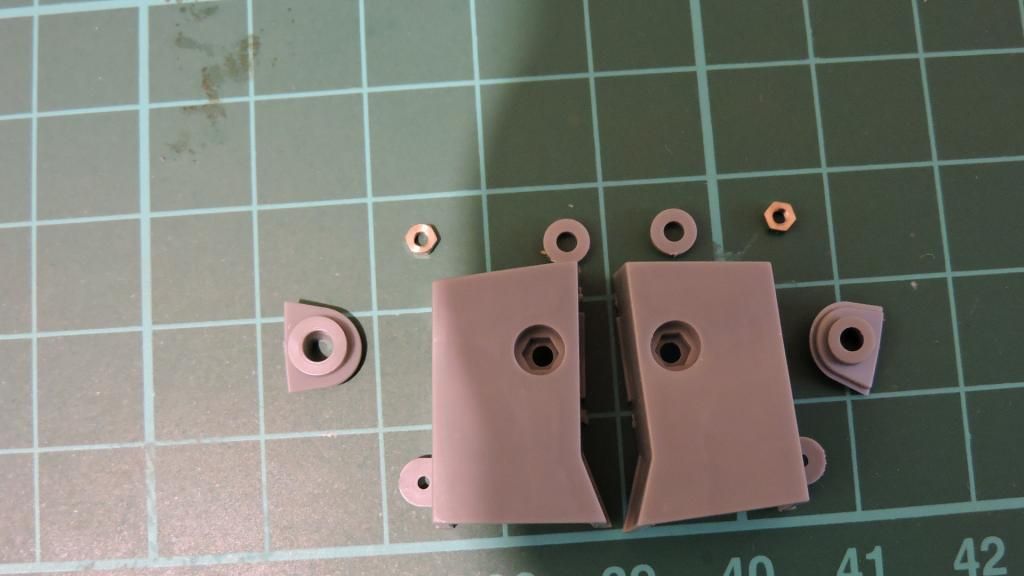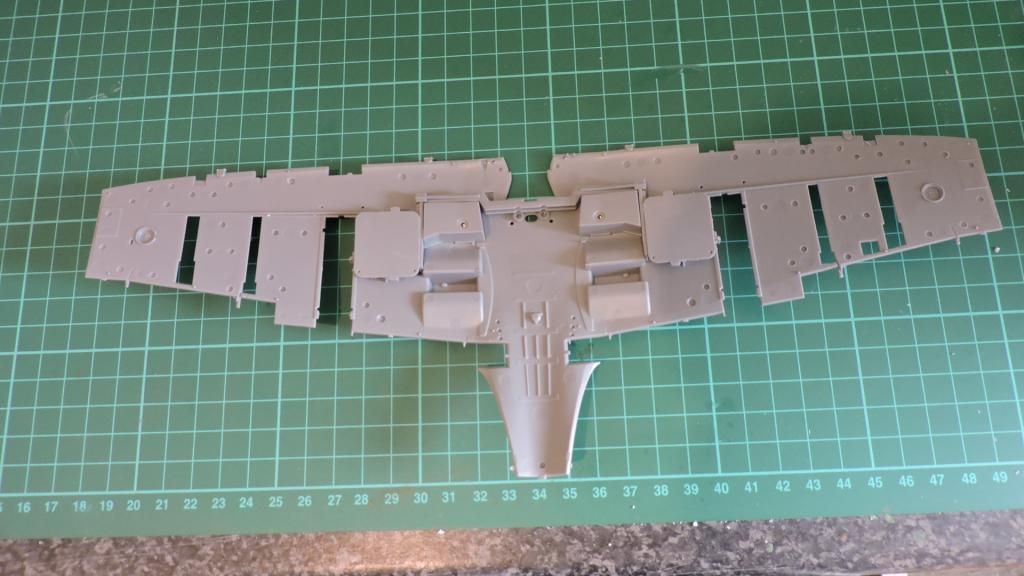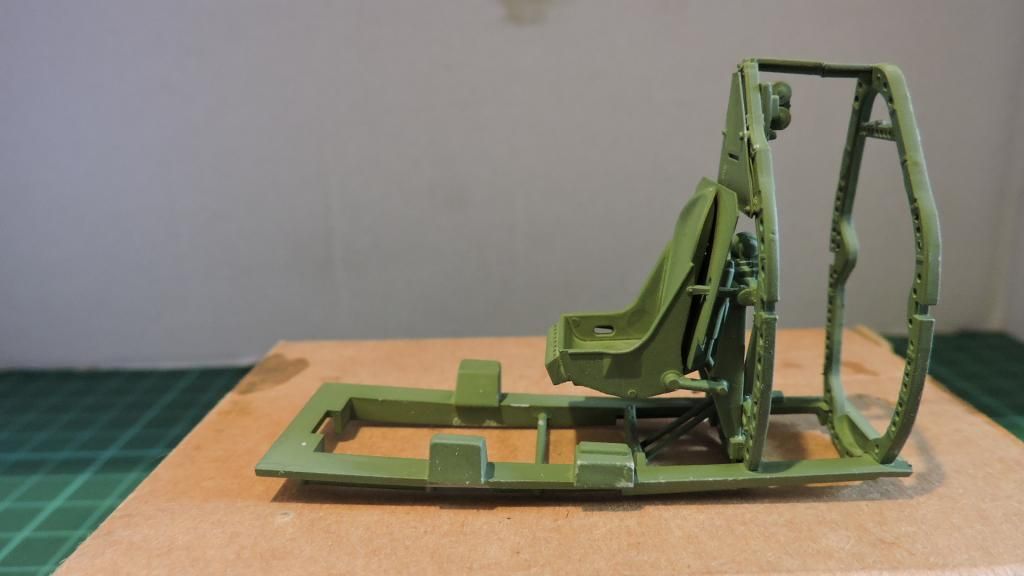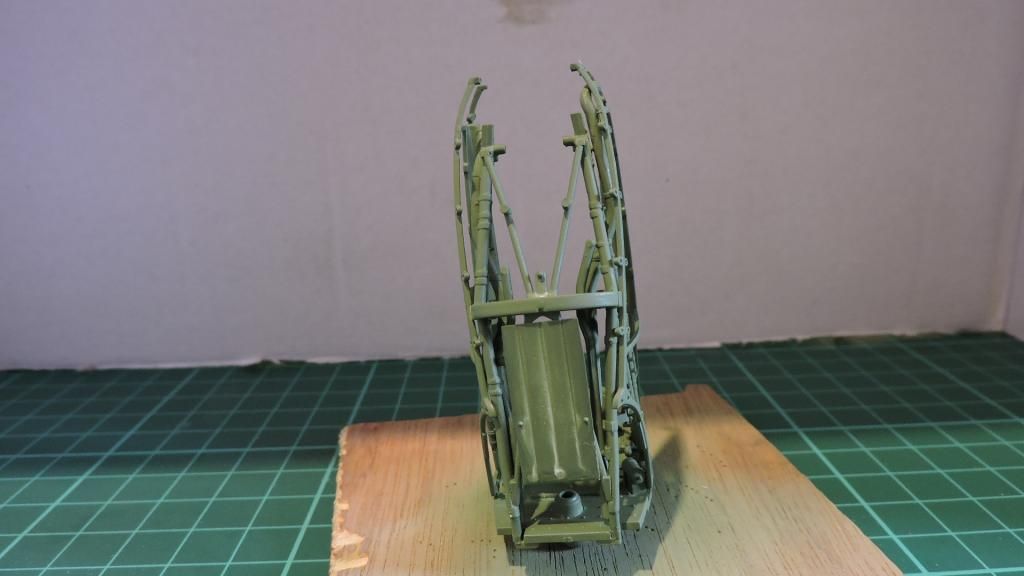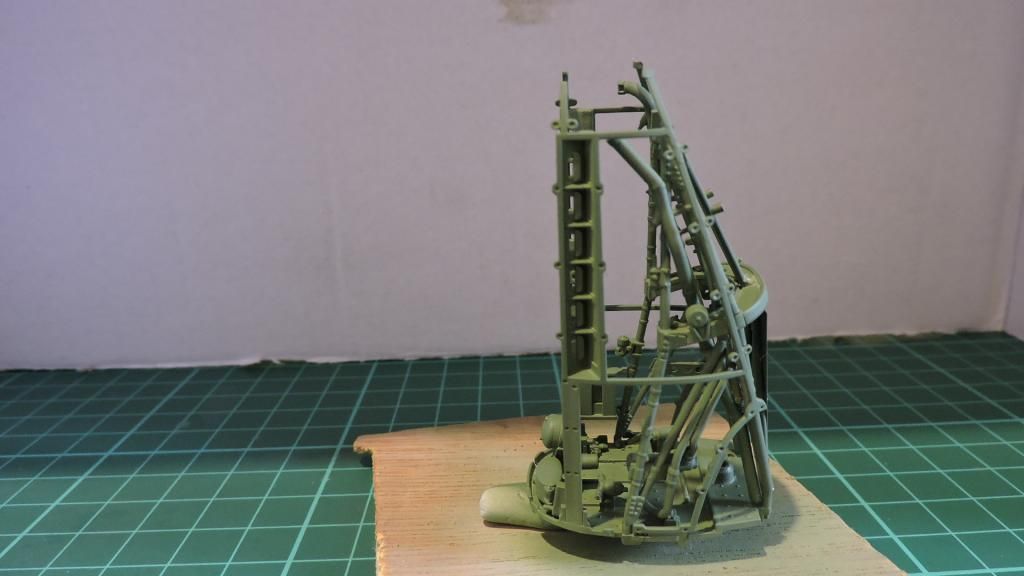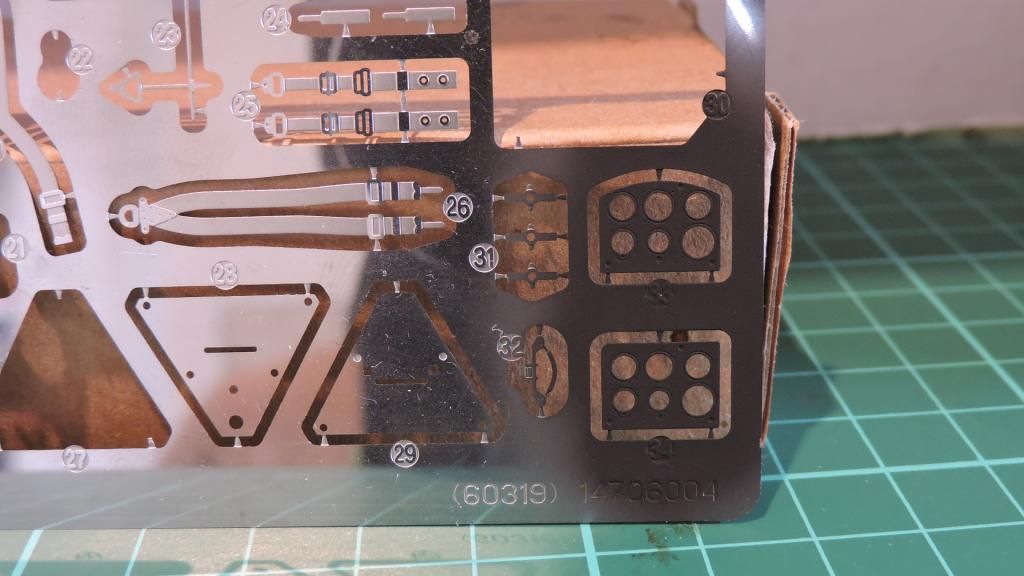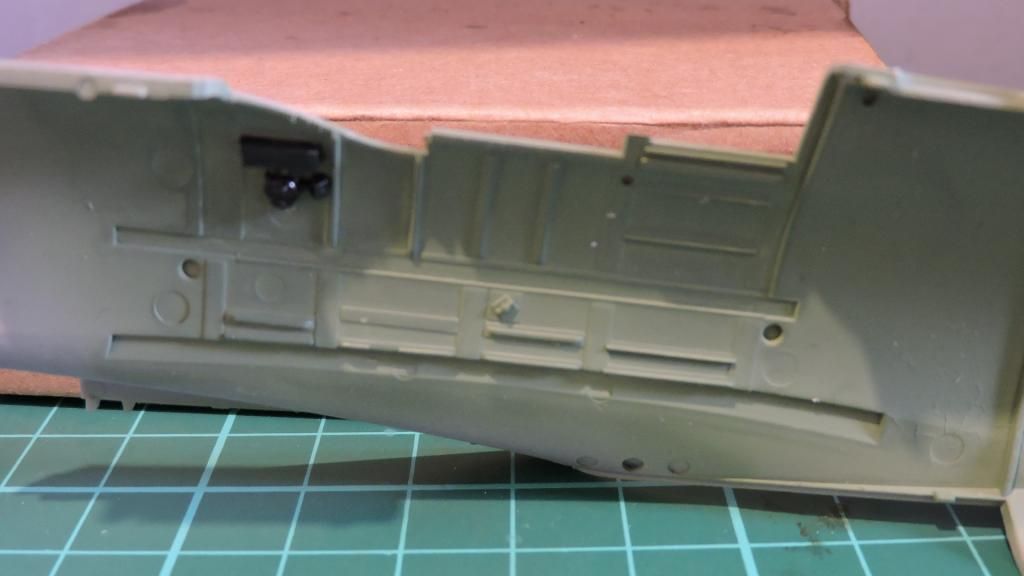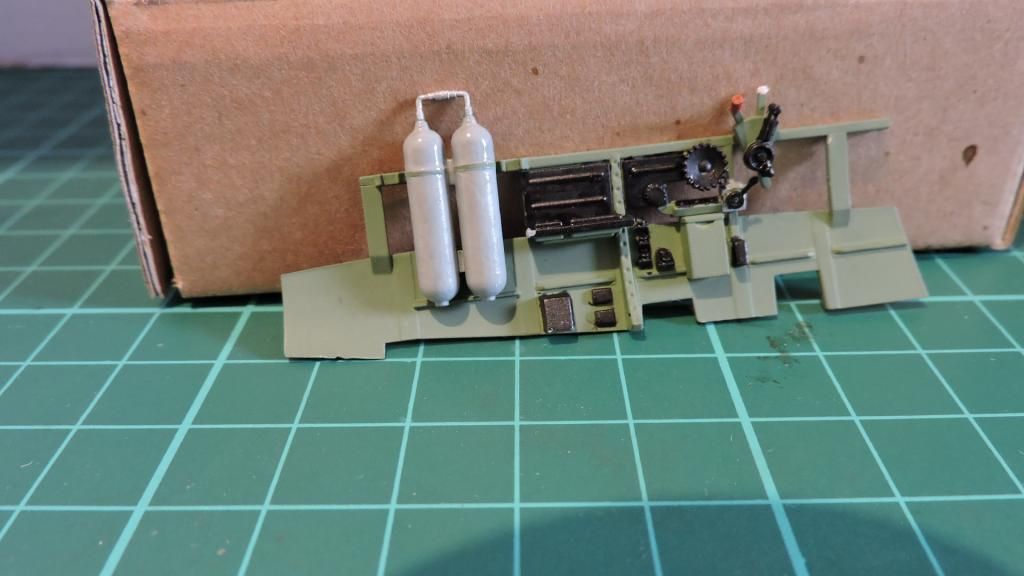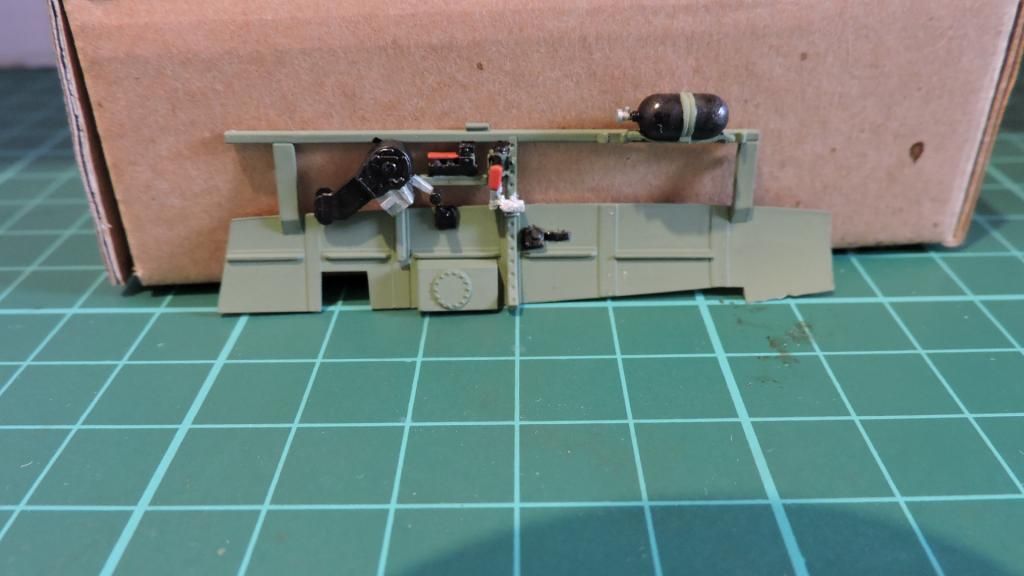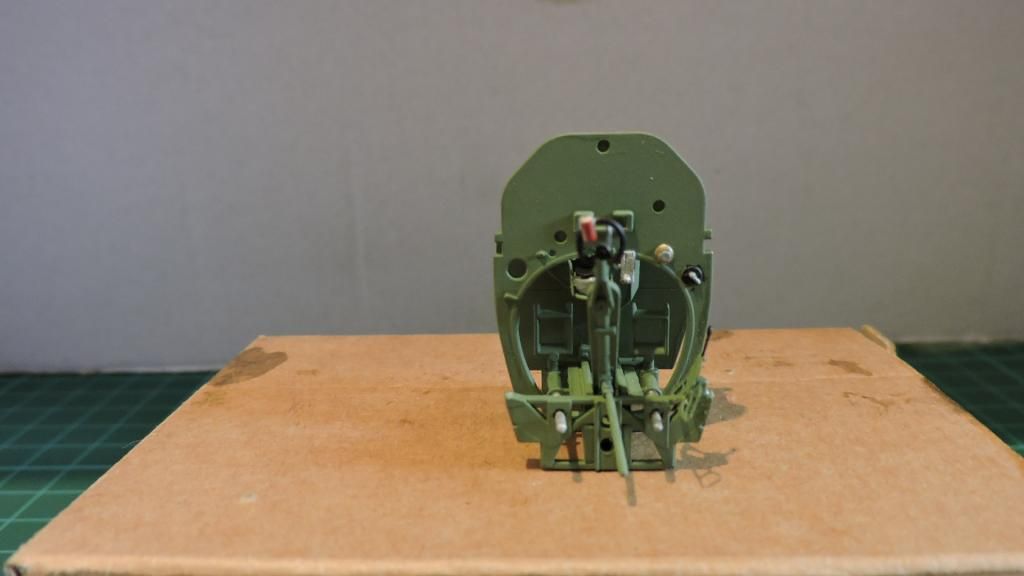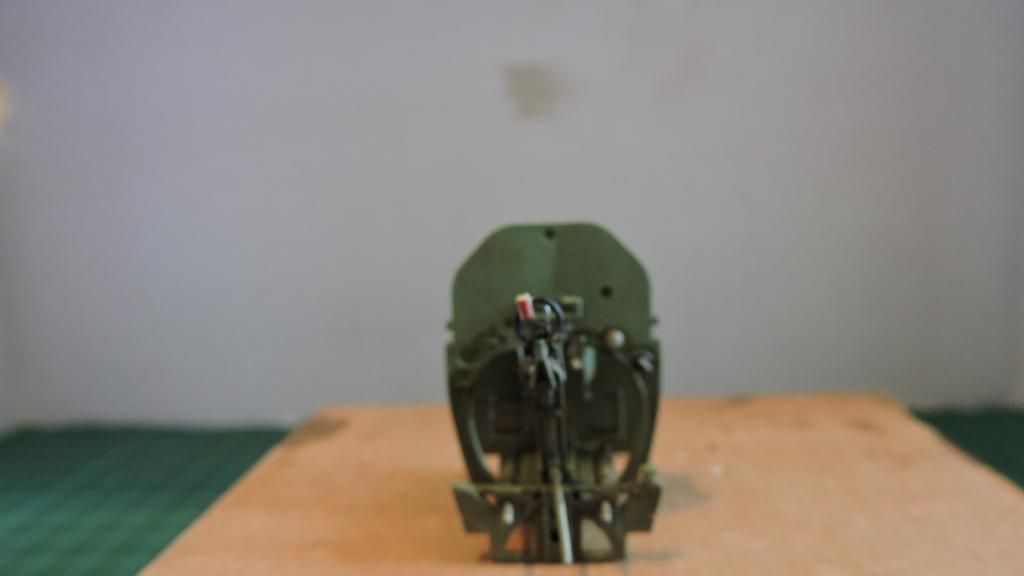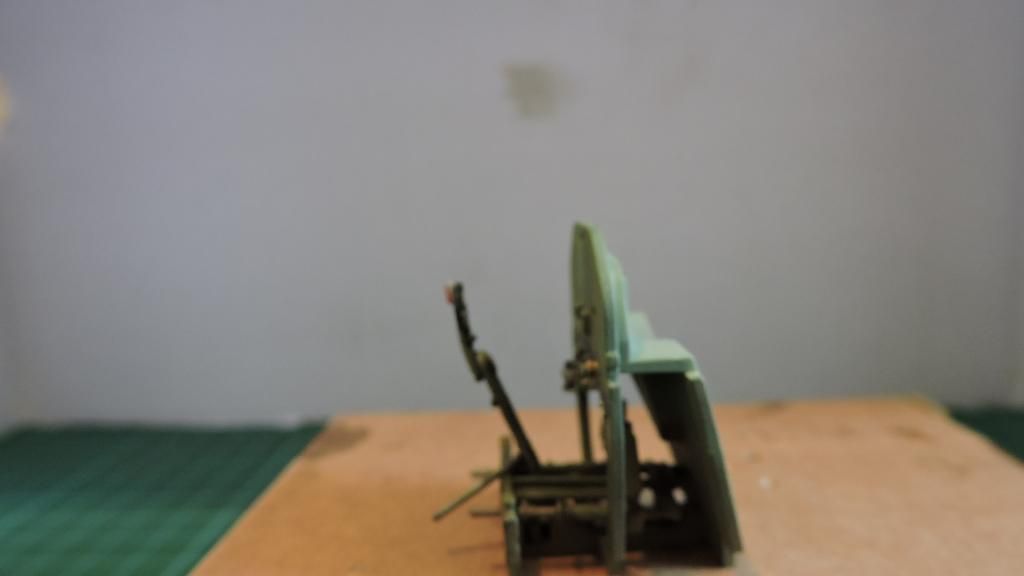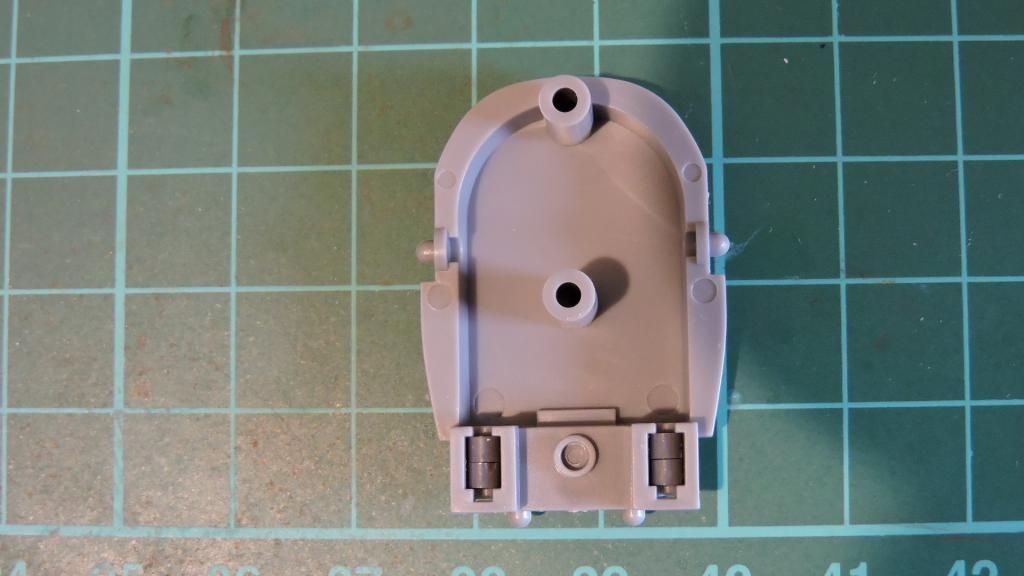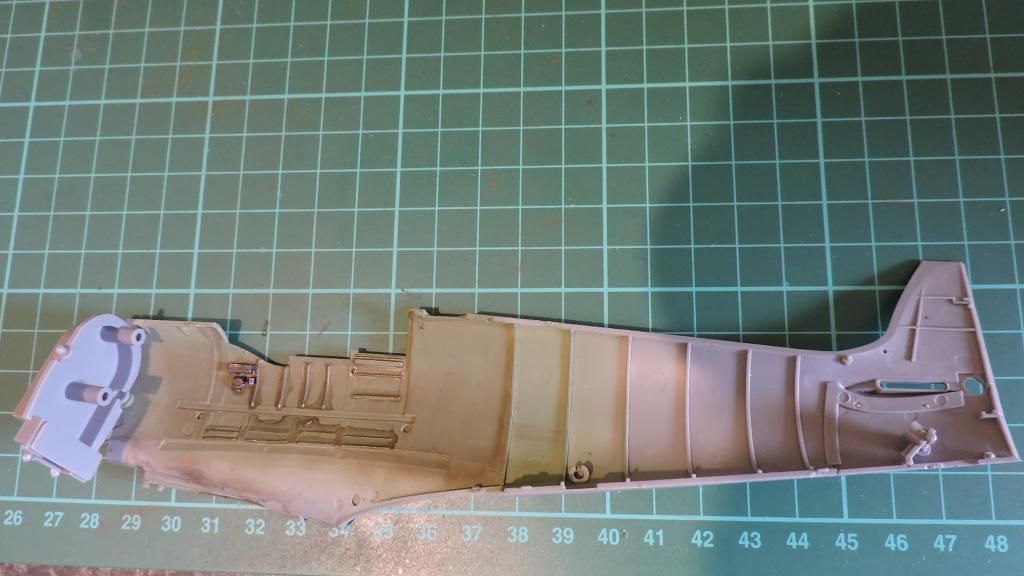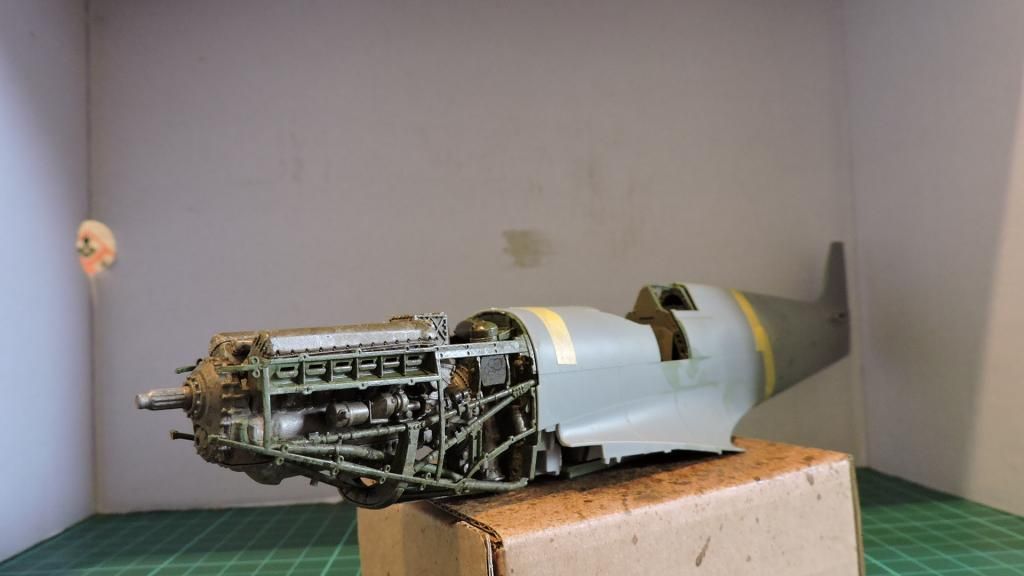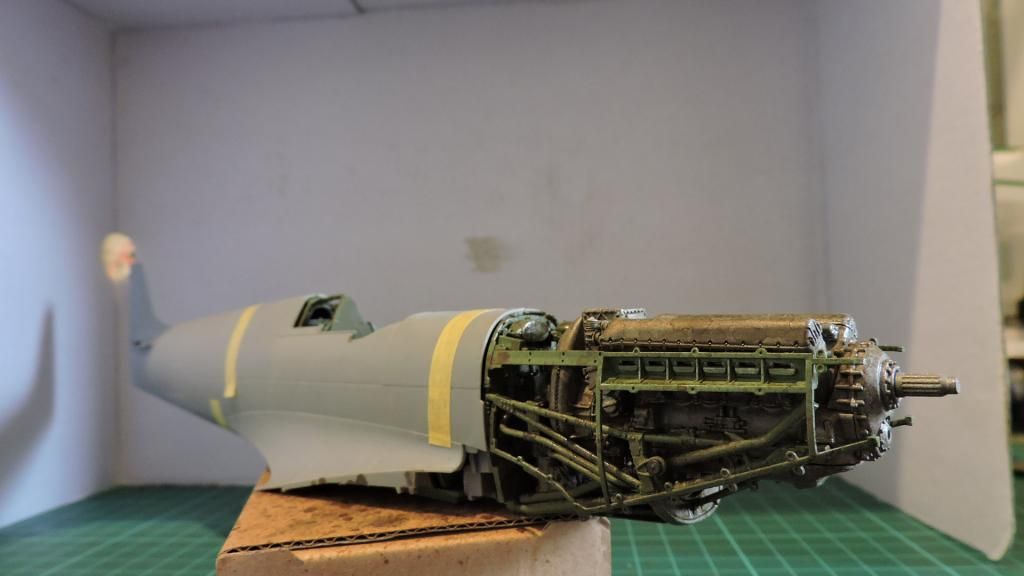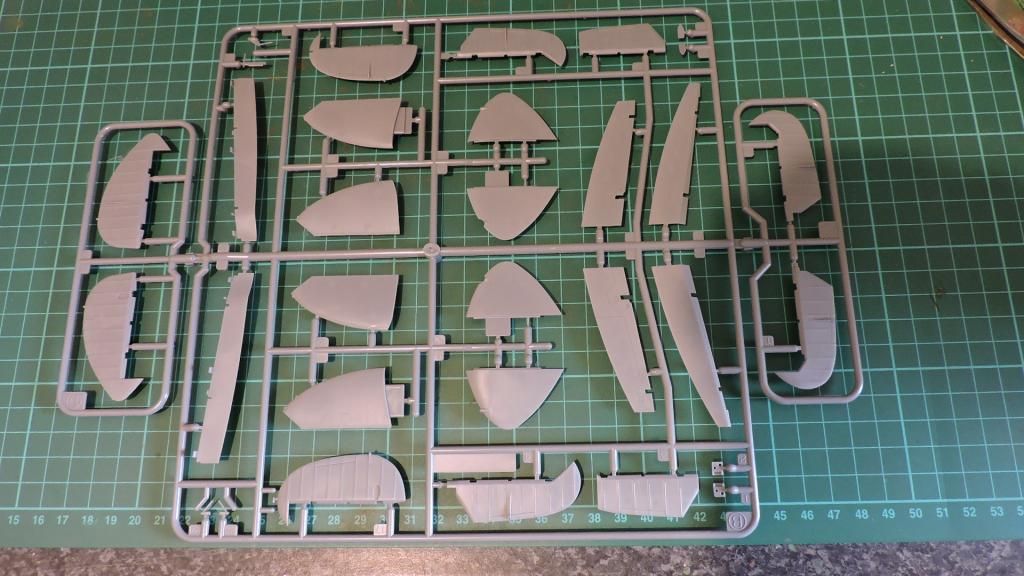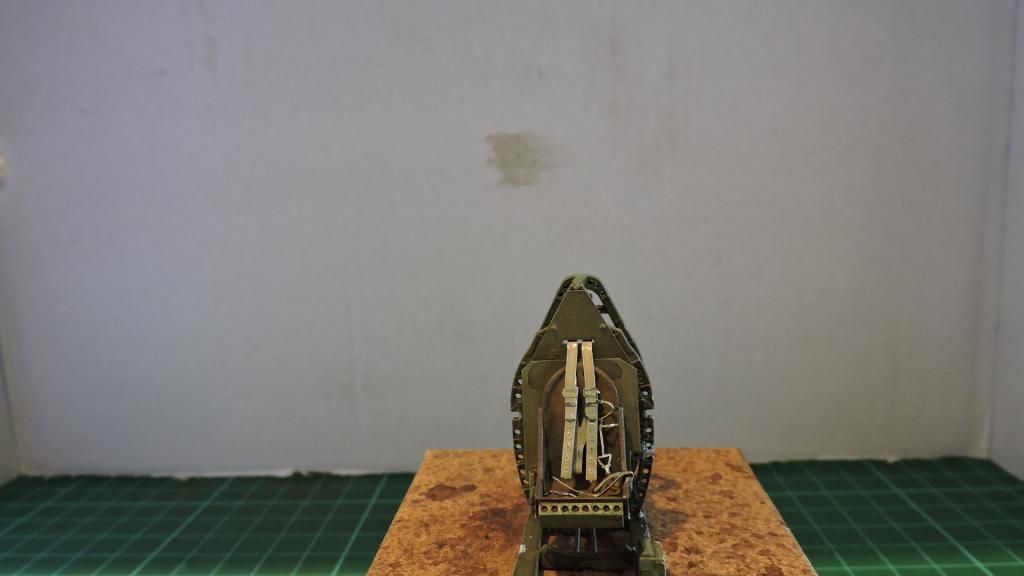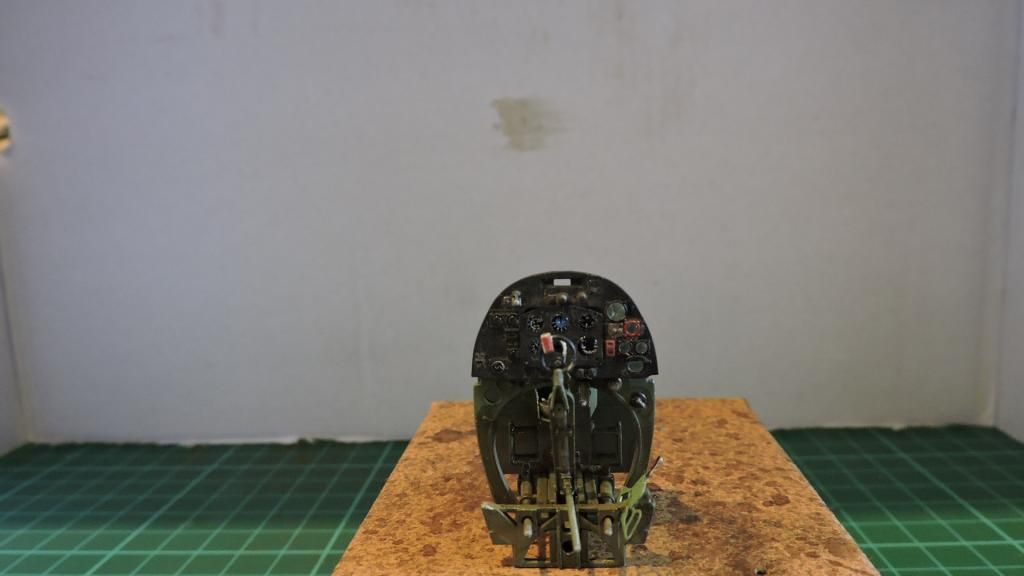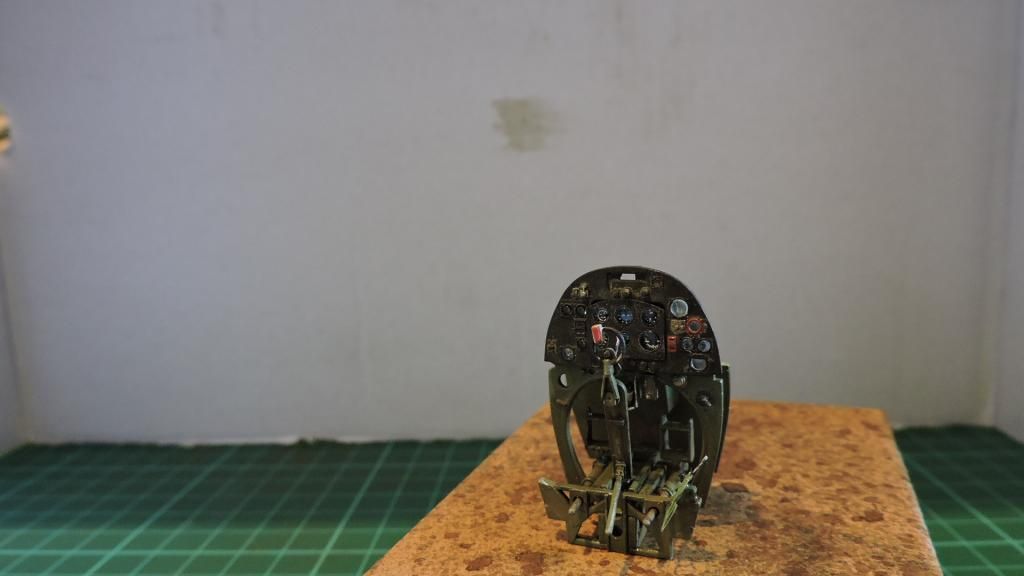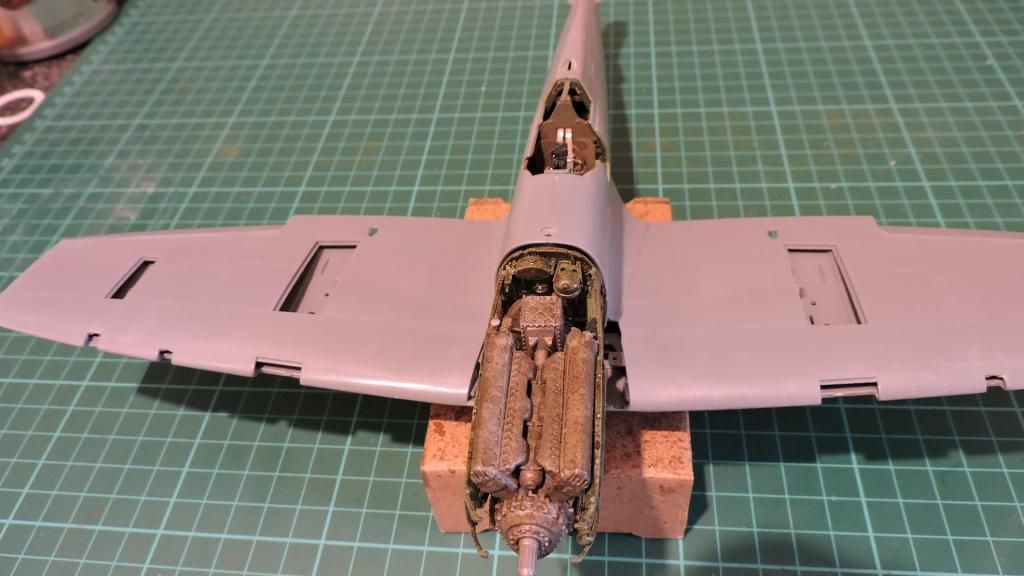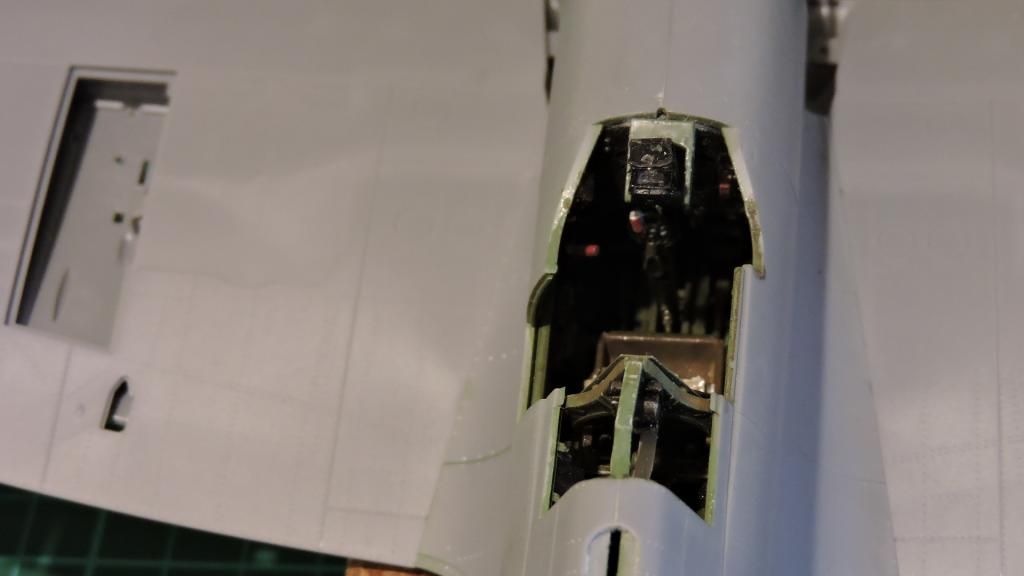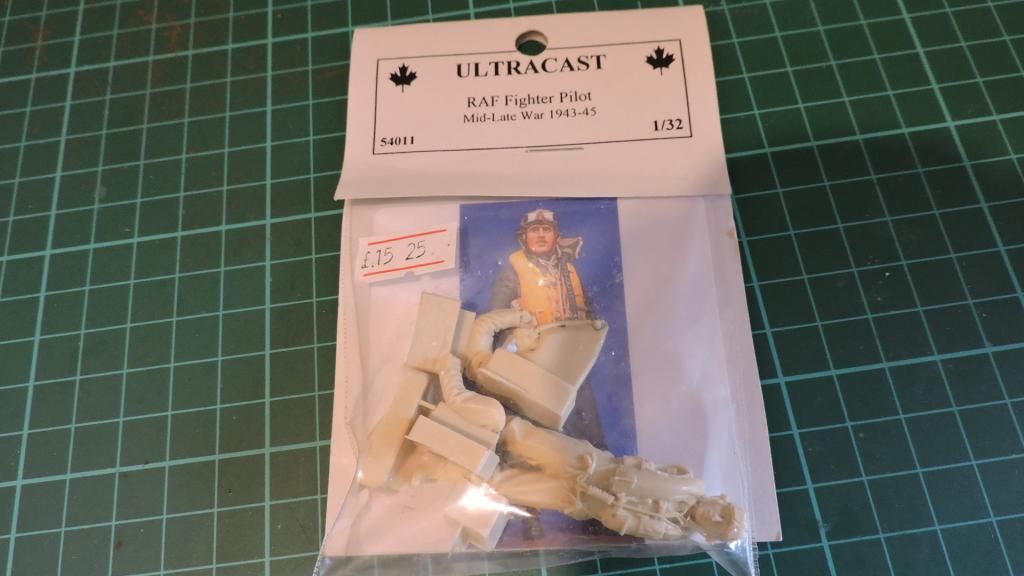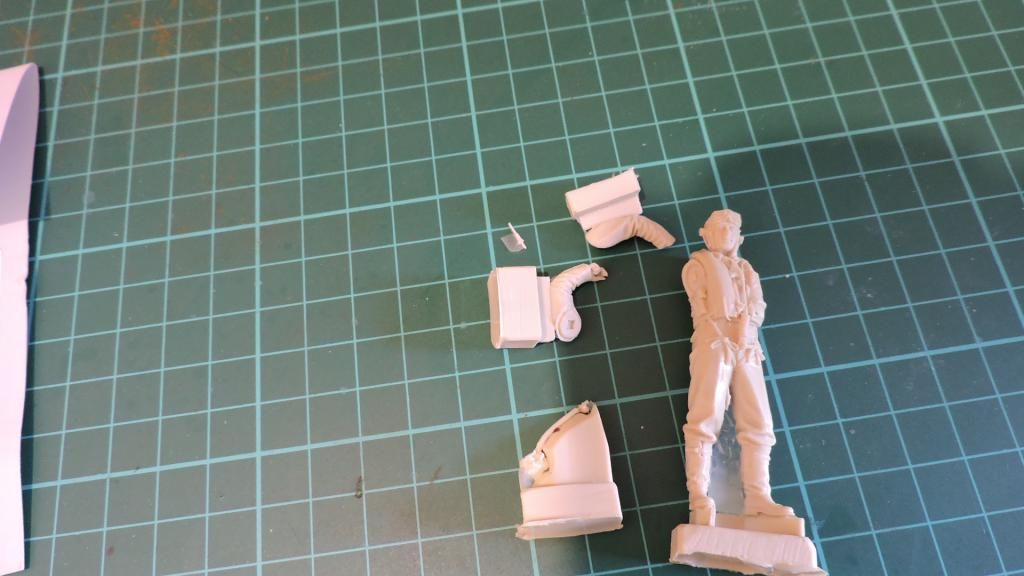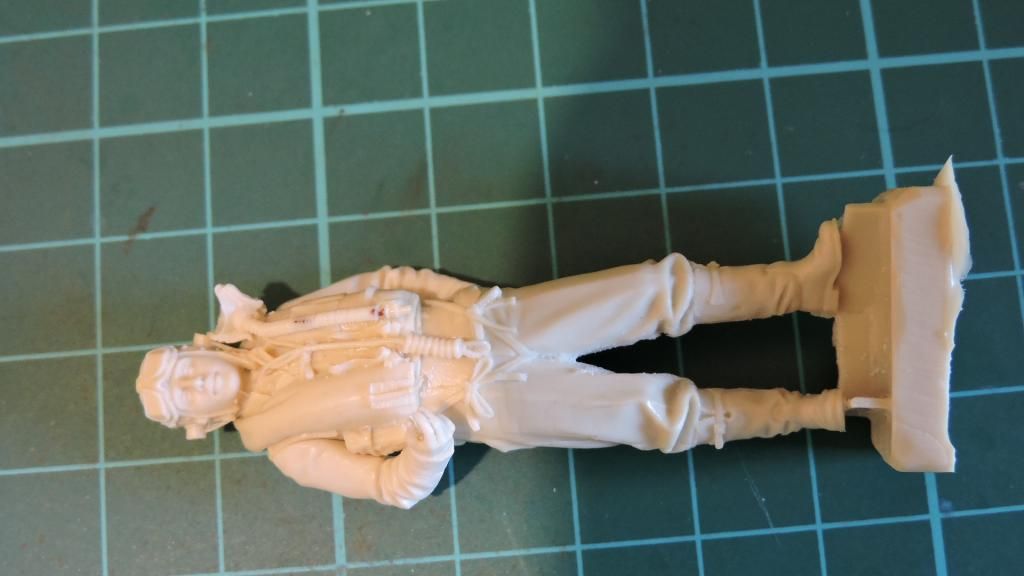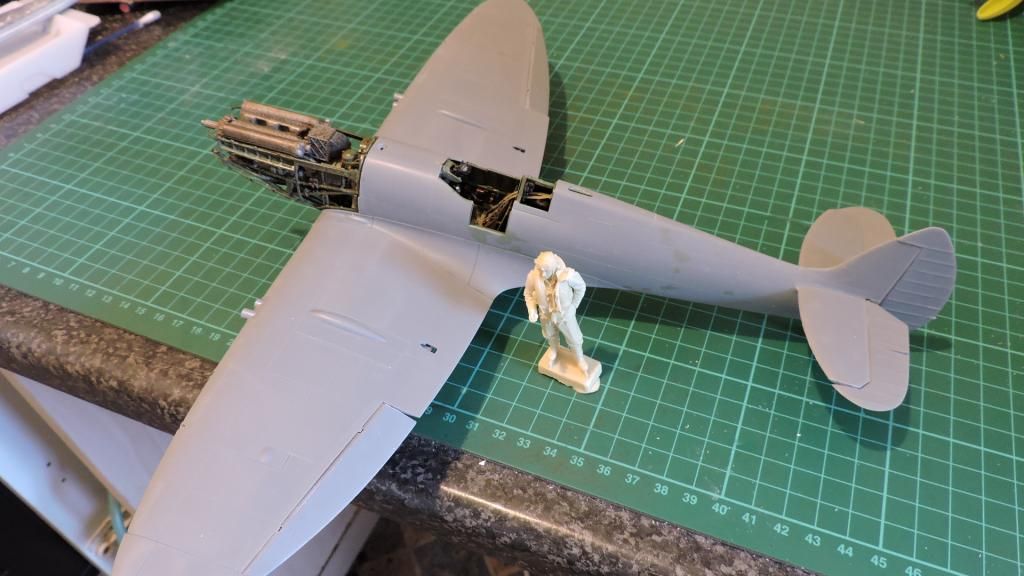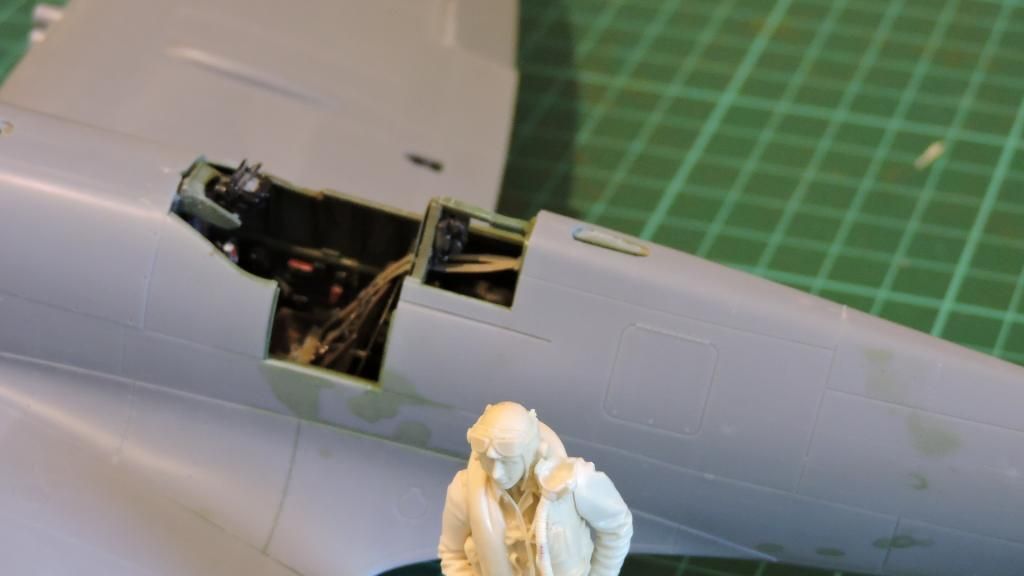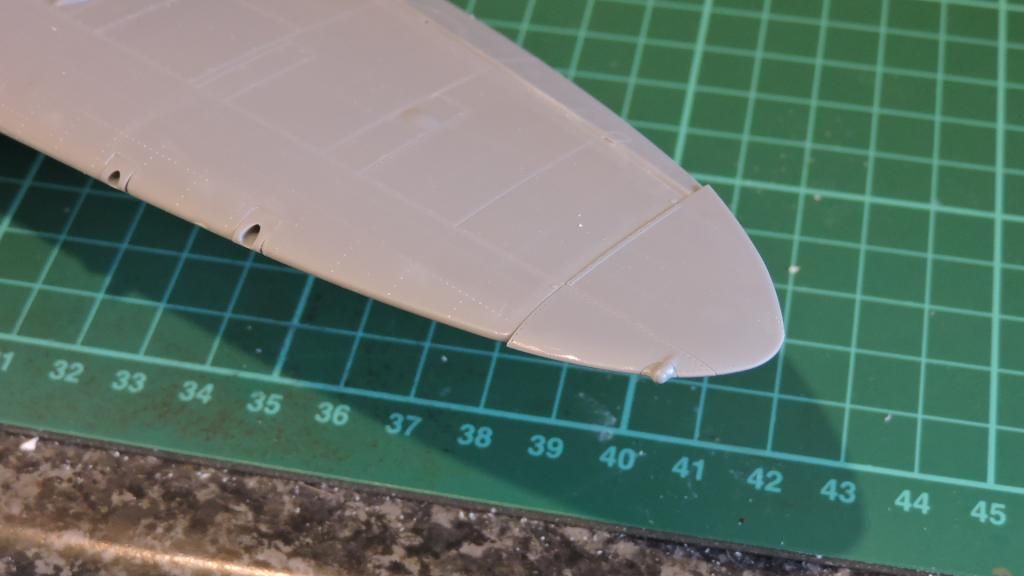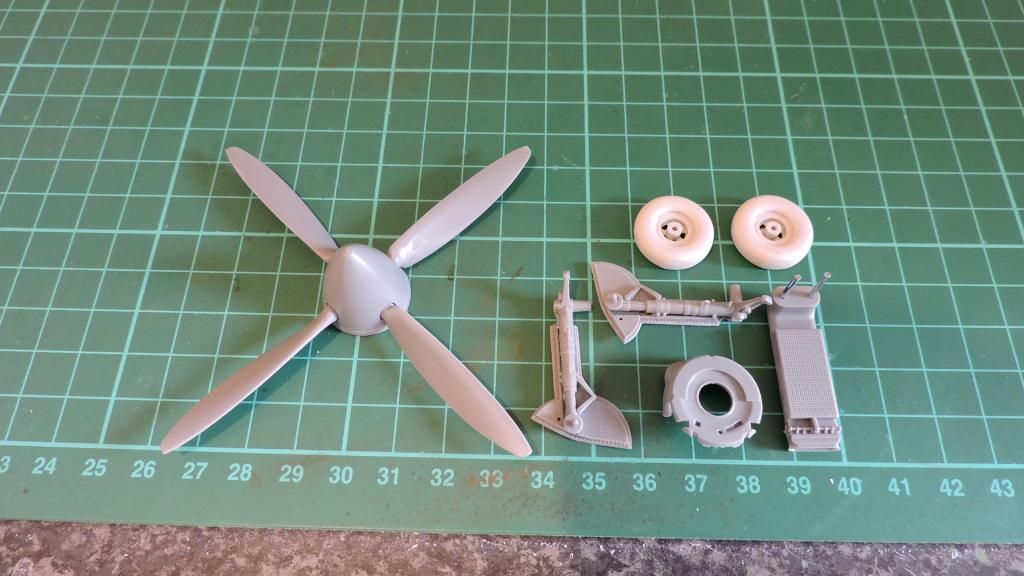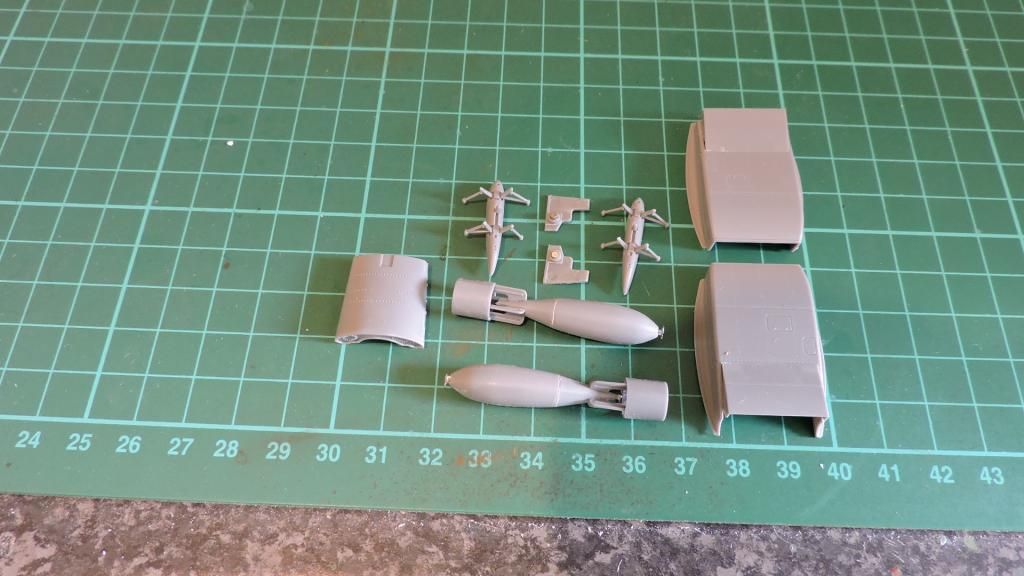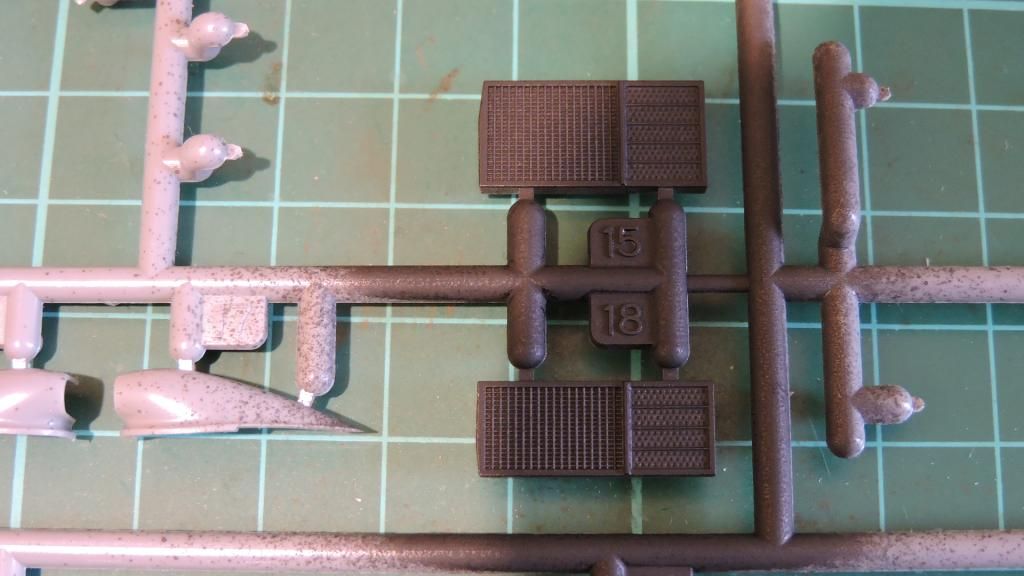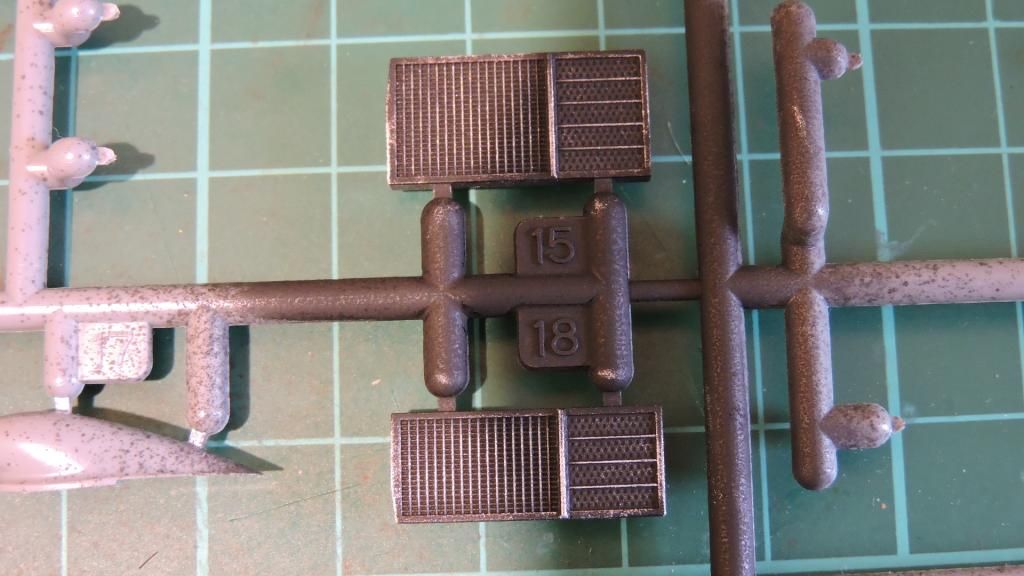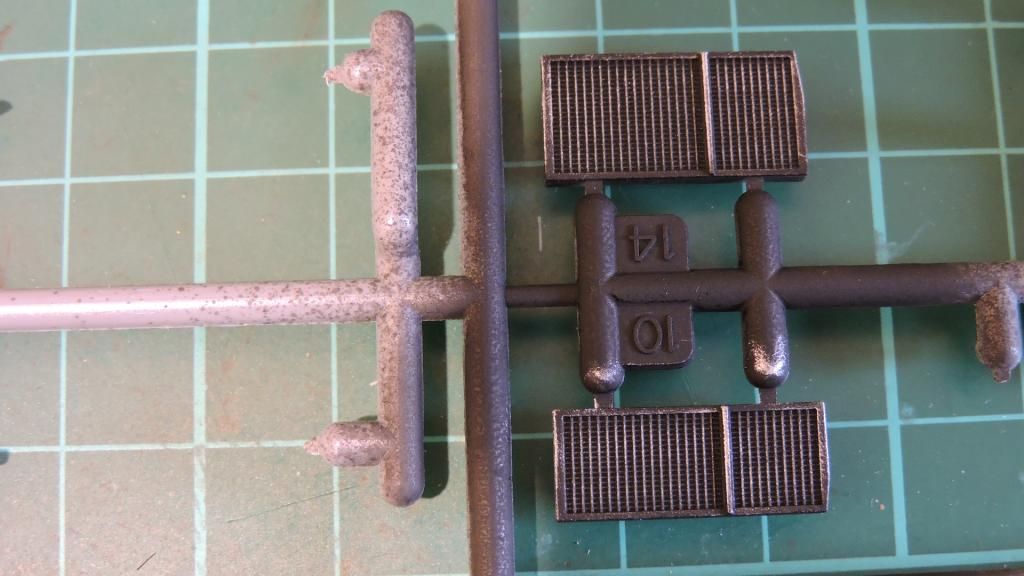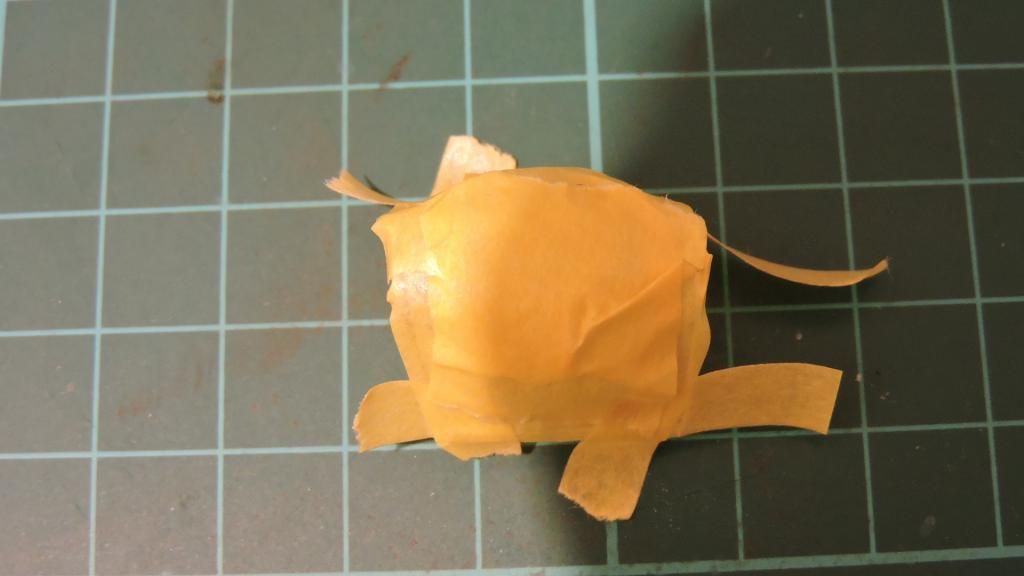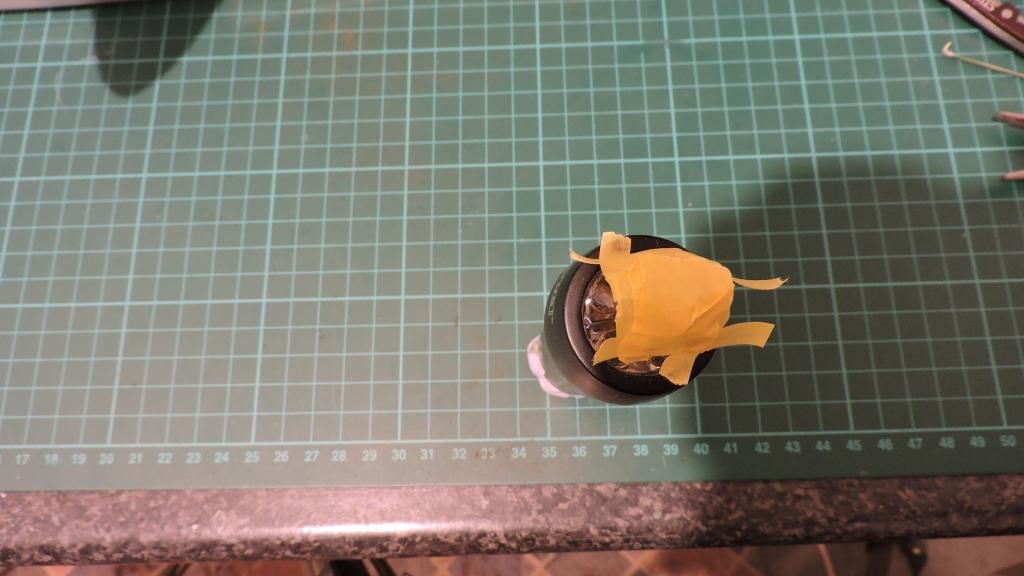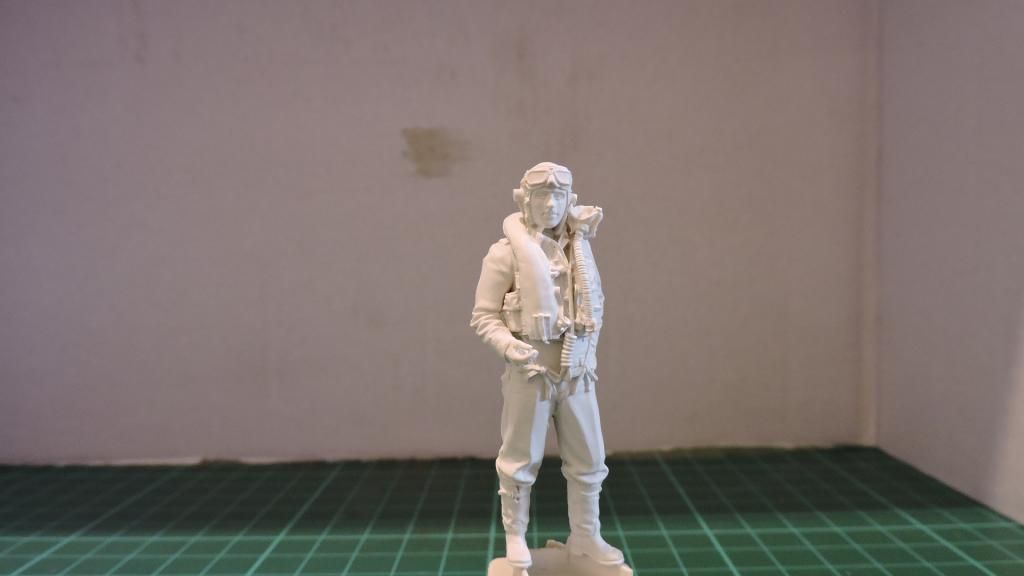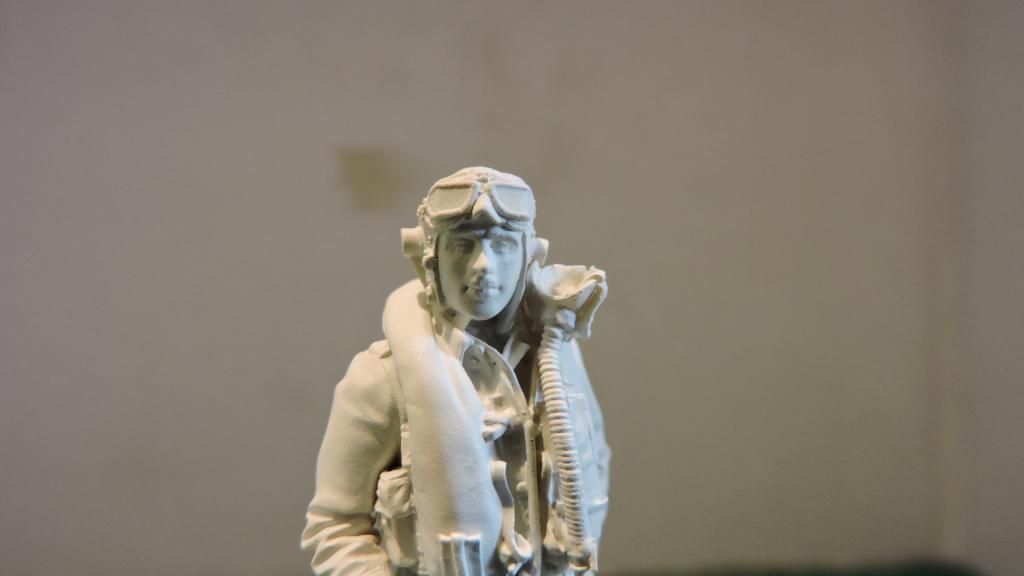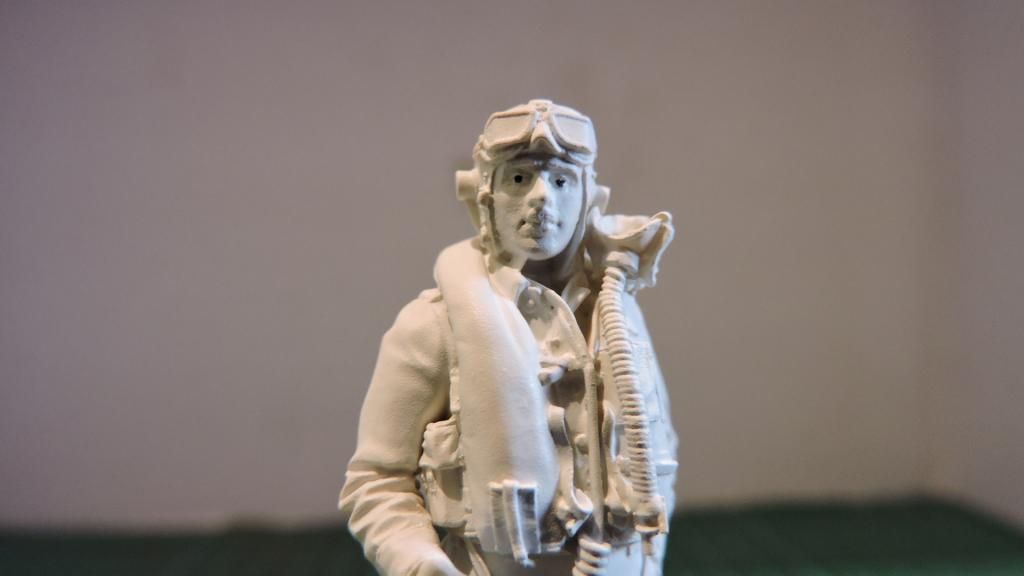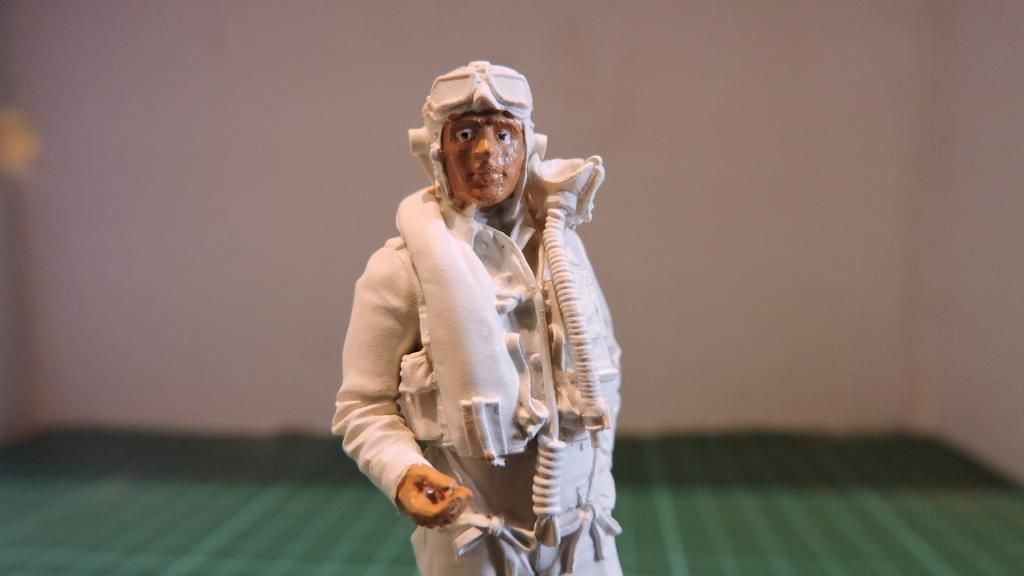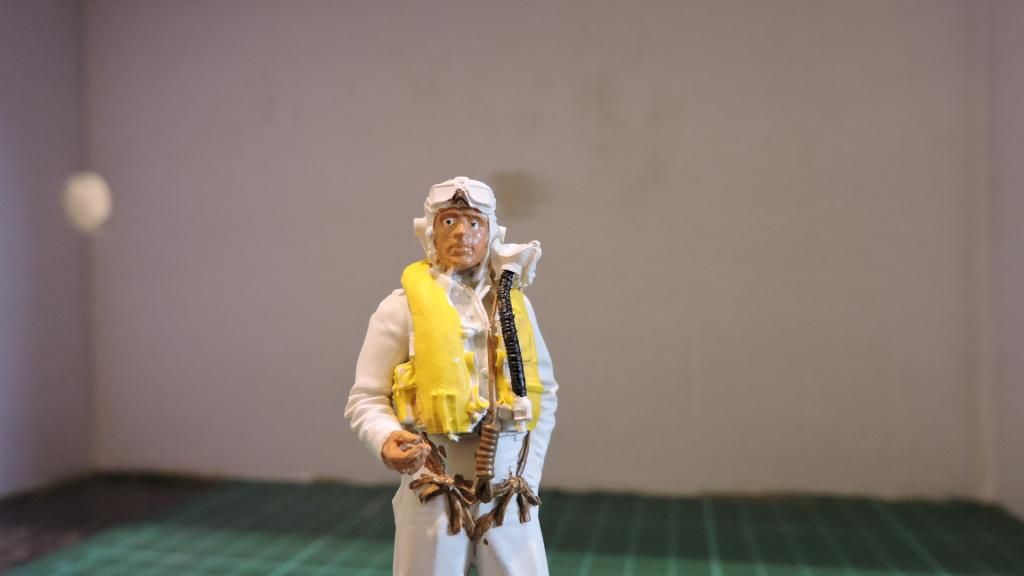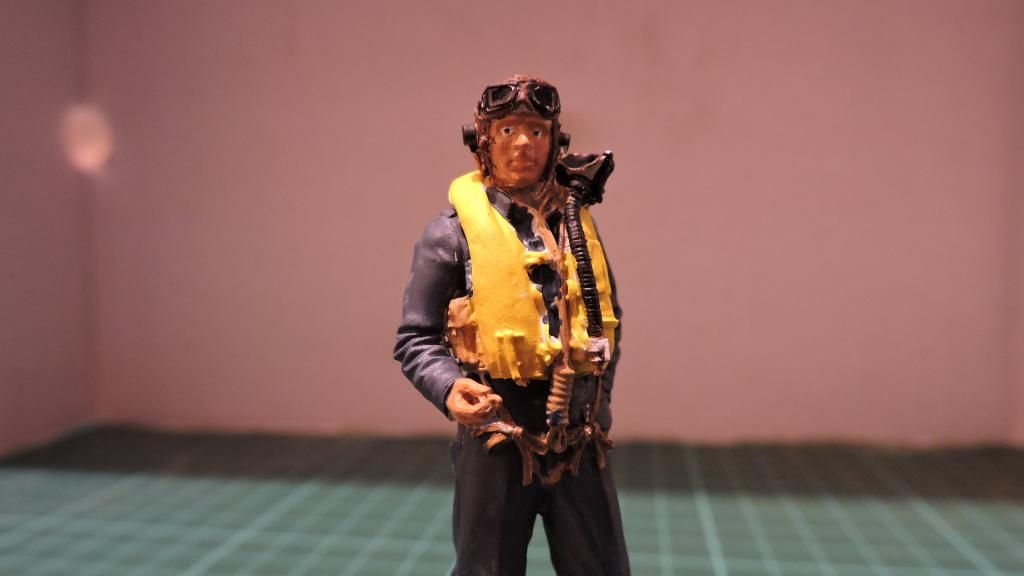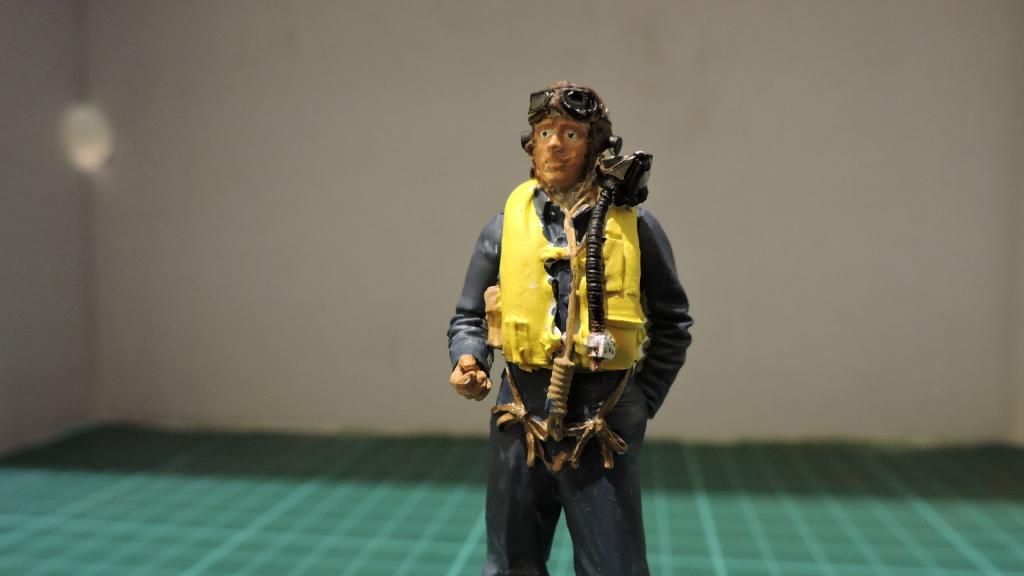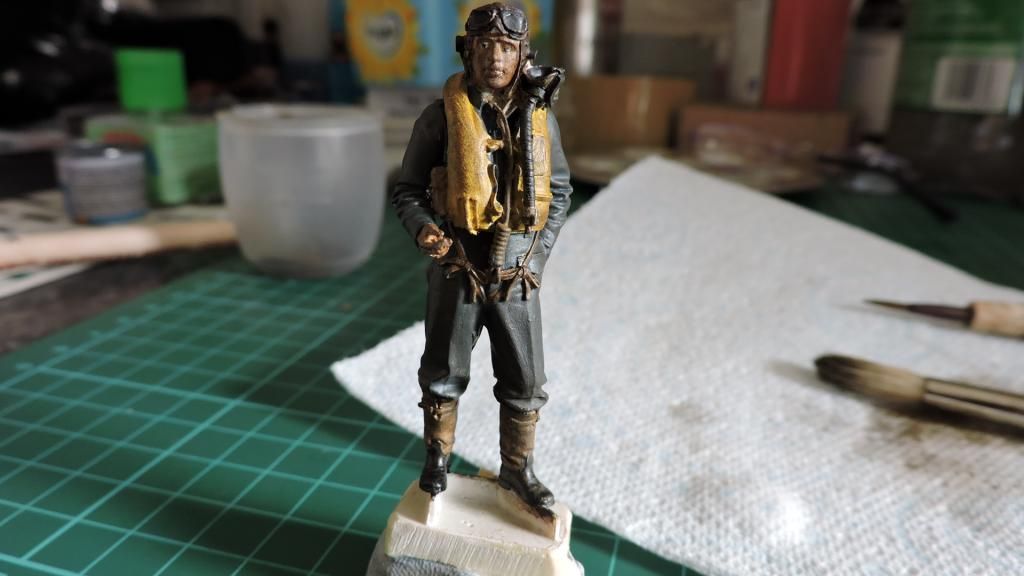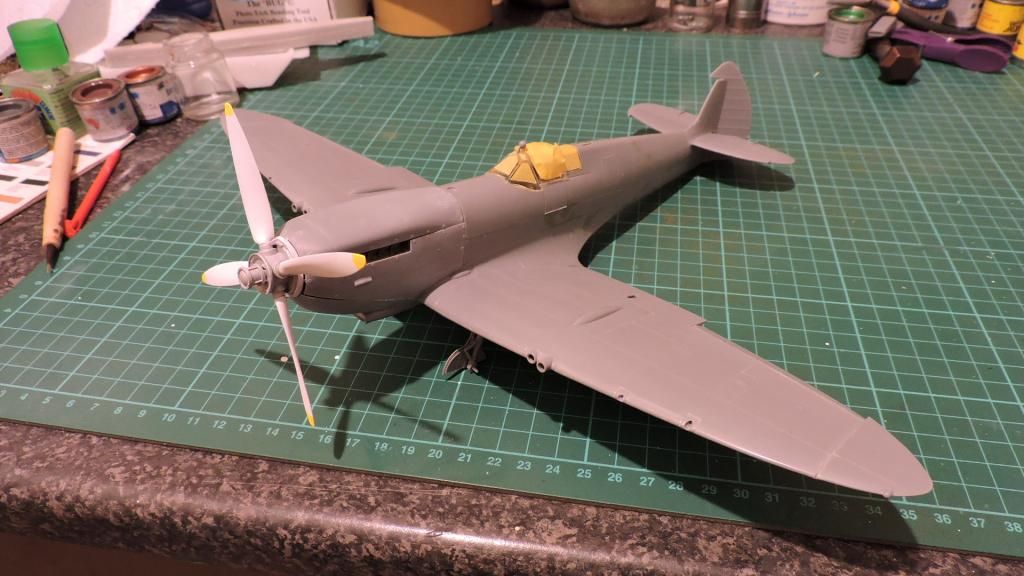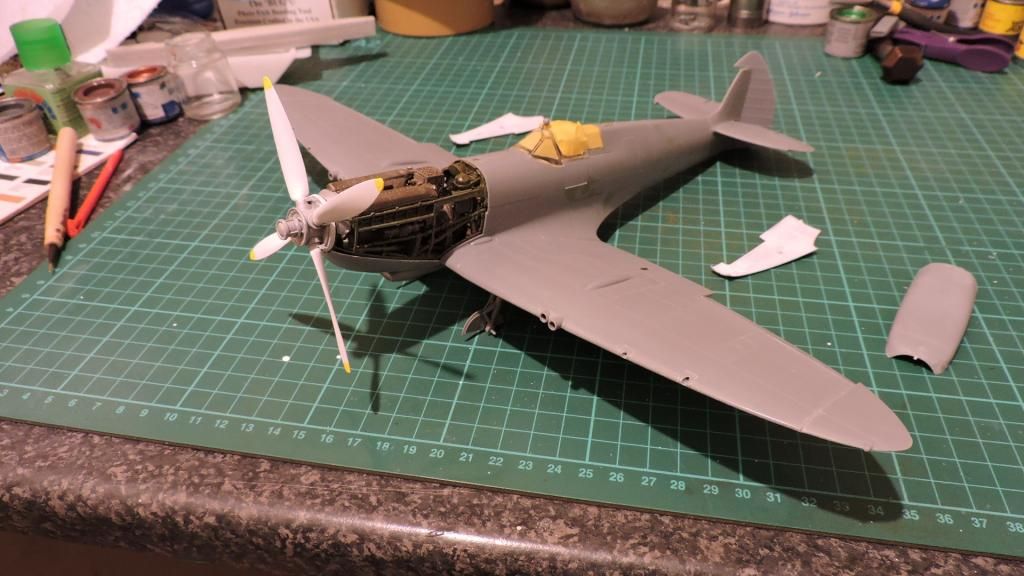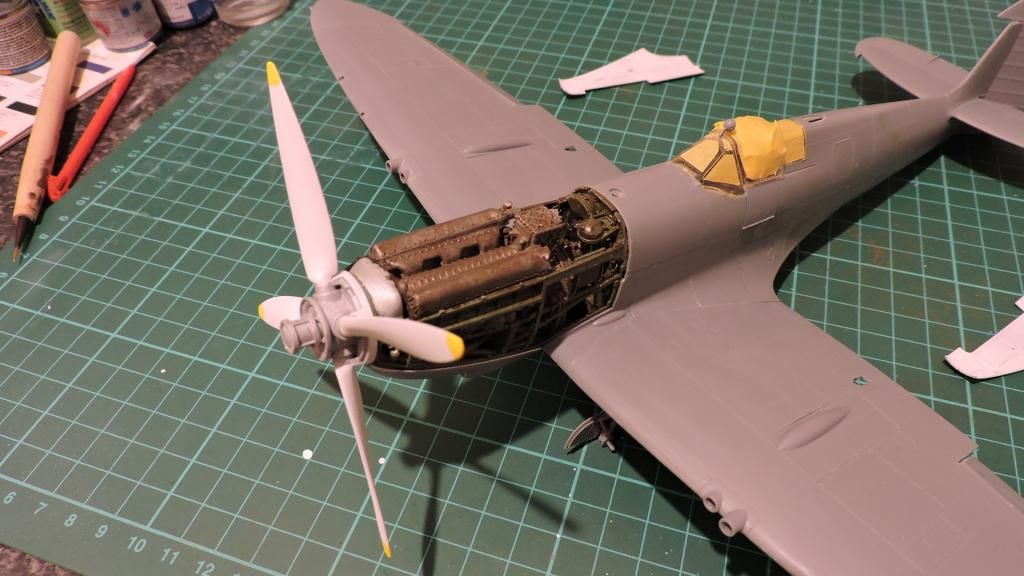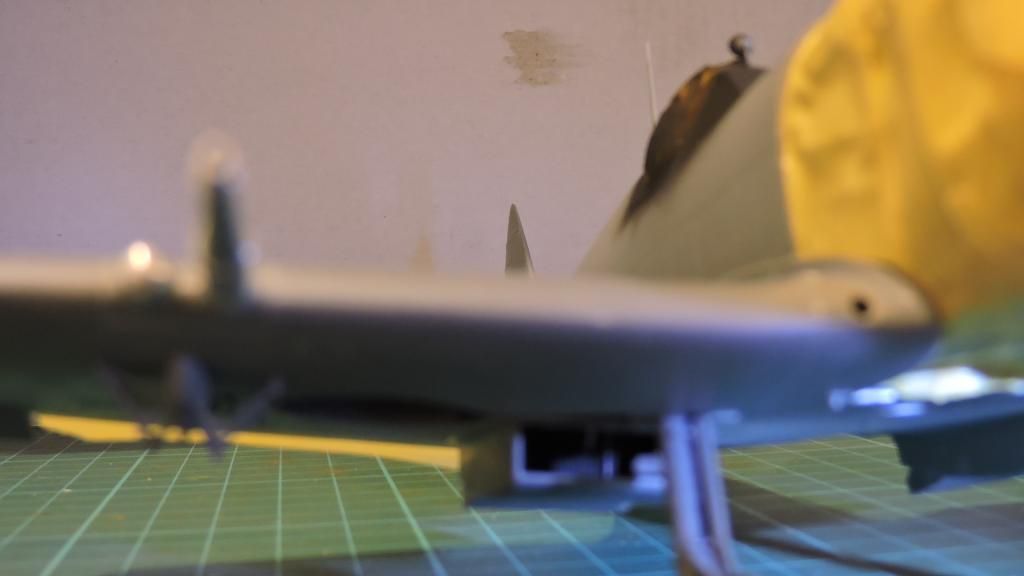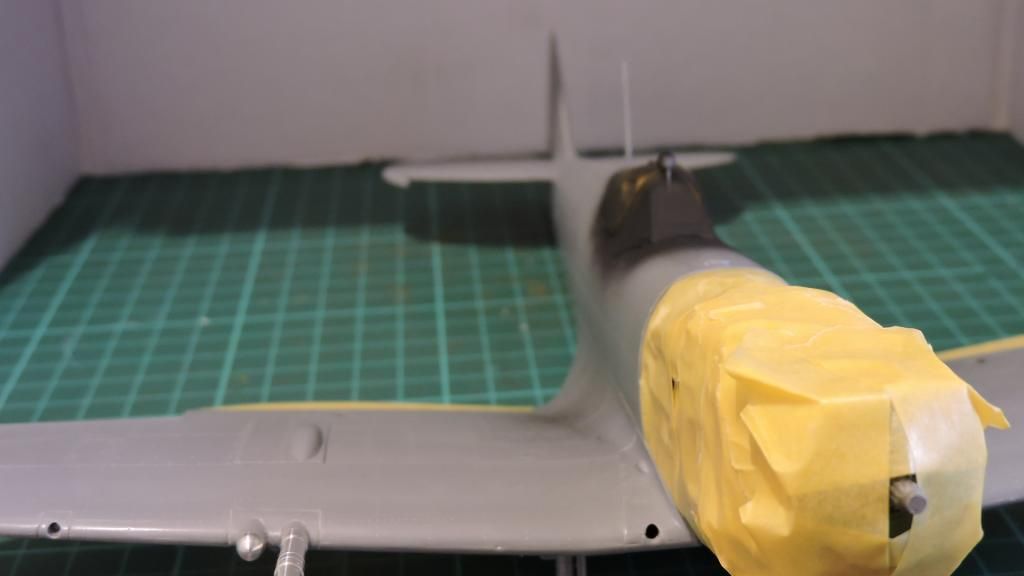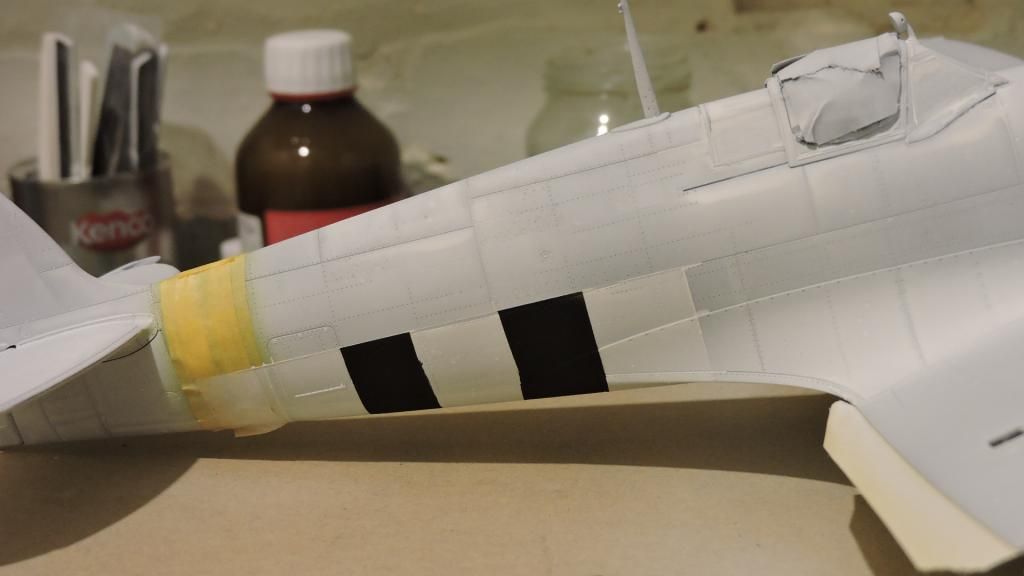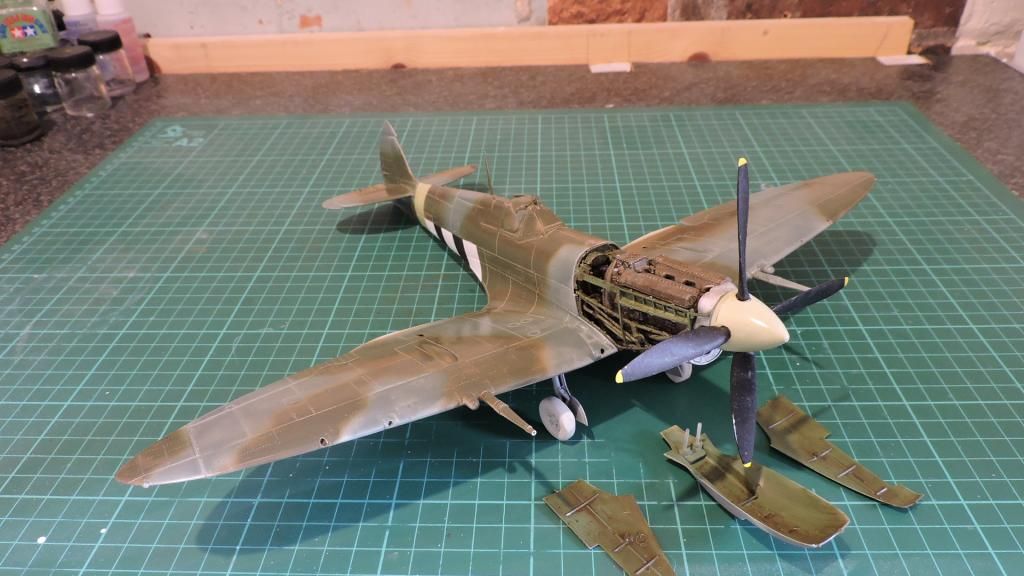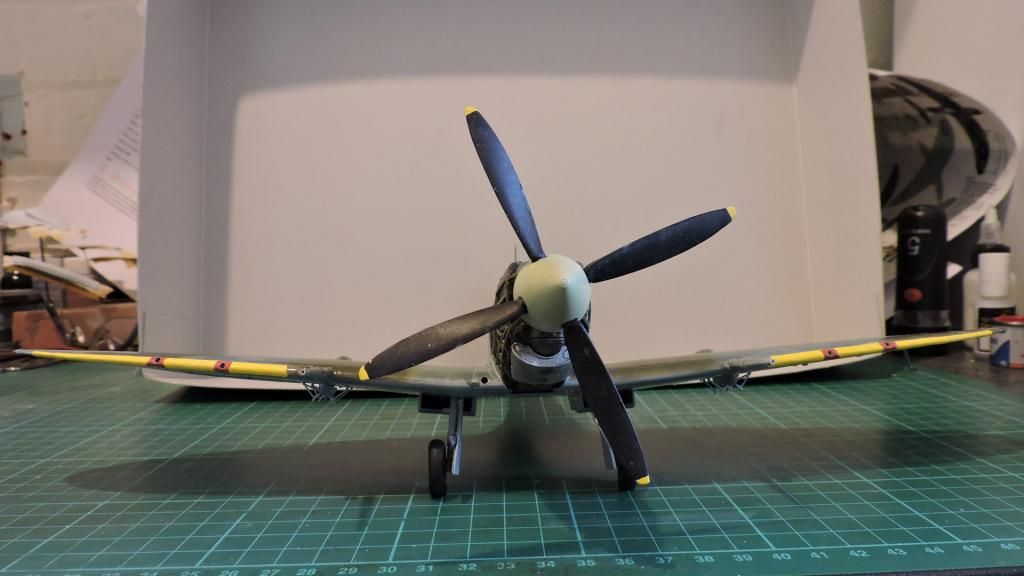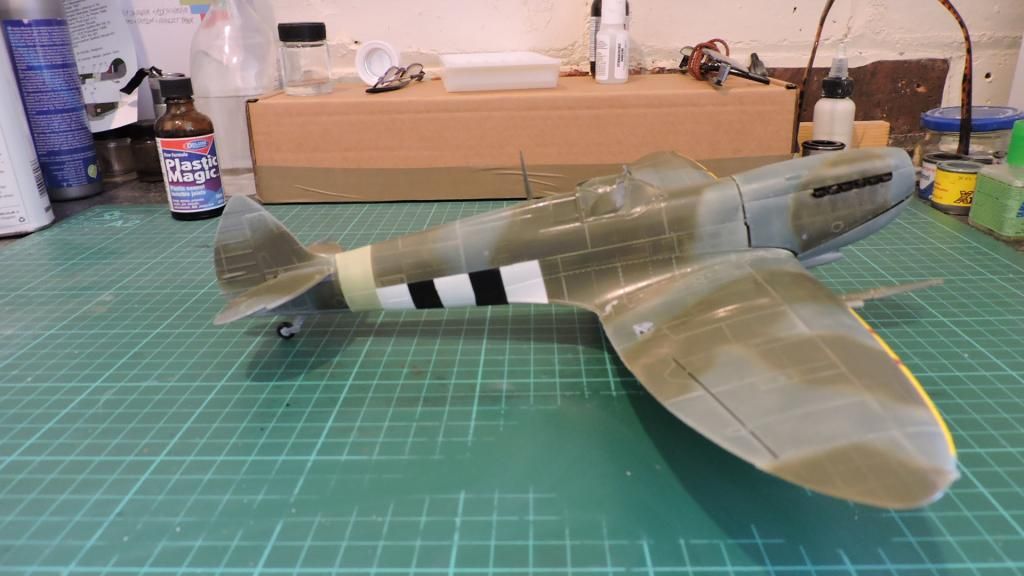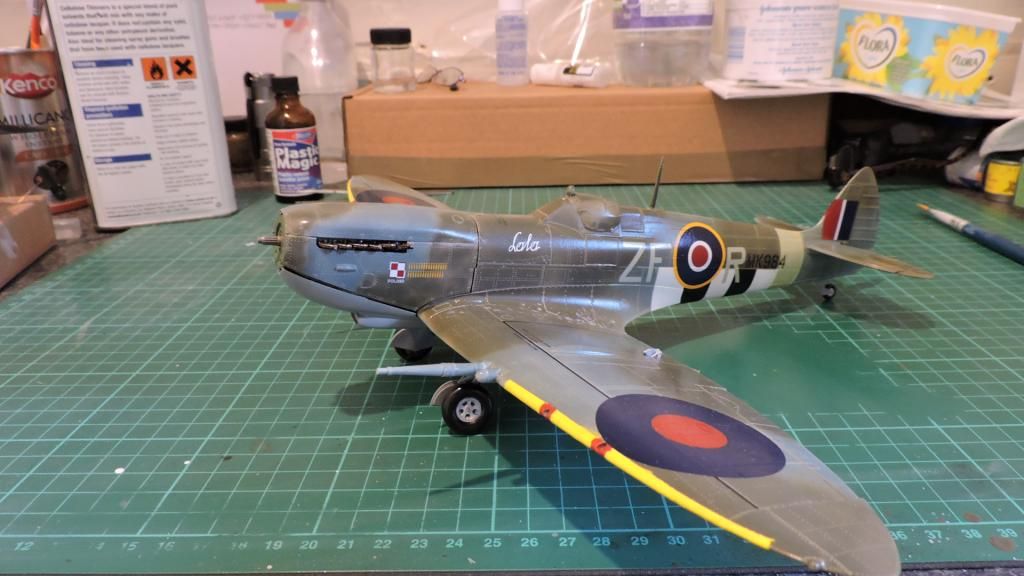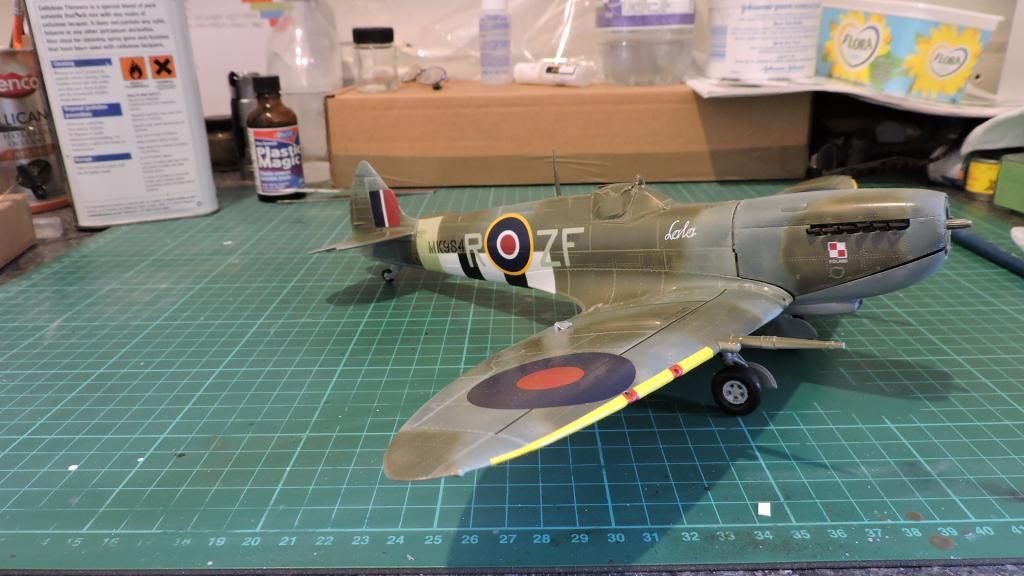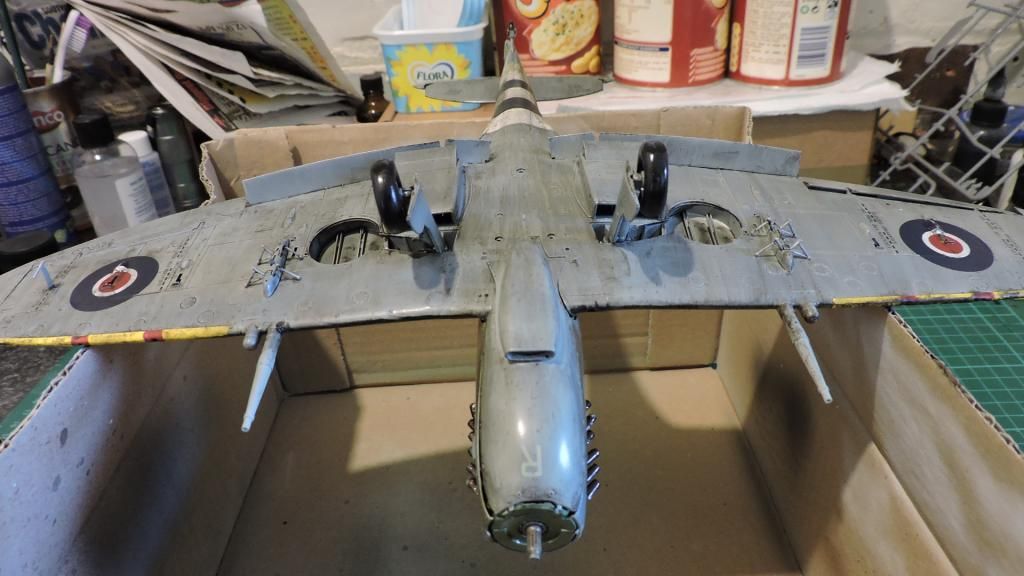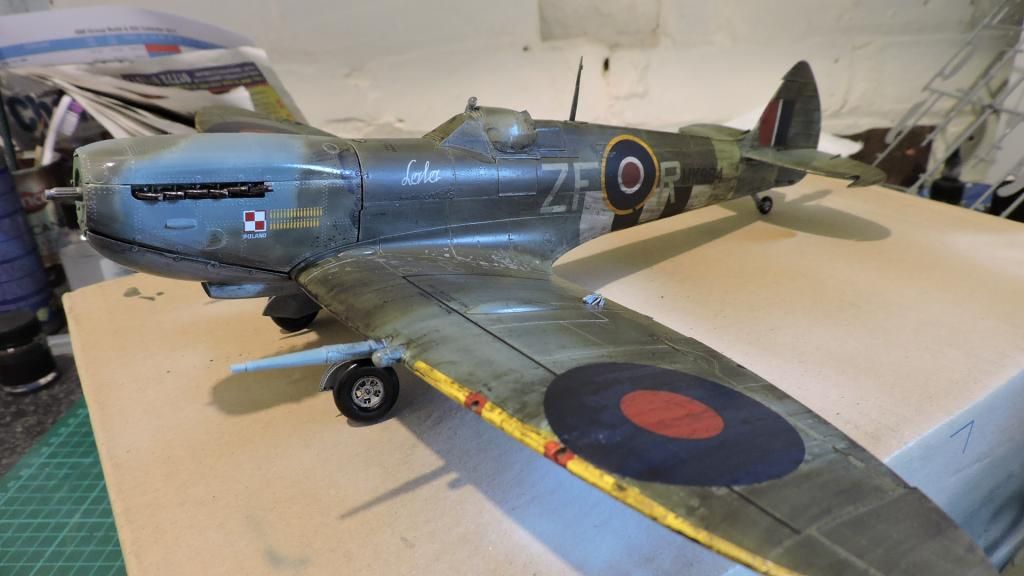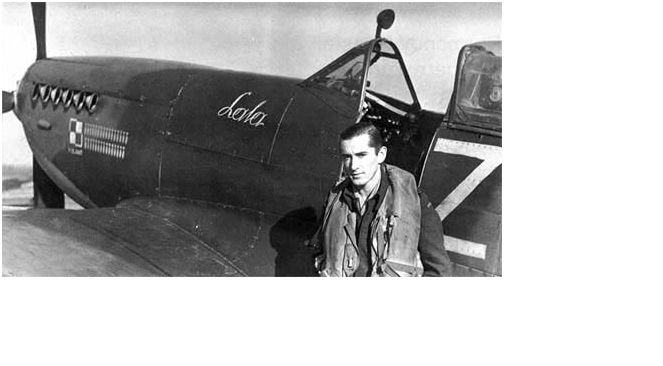
S/Ldr Witold Retinger by his Spitfire Mk IX, ZF-R, MK984. Late summer of 1944. Notice a number of bomb mission immediately after the checker
I chose this Squadron for a number of reasons
1. The 308 Squadron was the first Polish Squadron to be formed in Britain.
2. They received their RAF training at Speke (Liverpool Airport as it is today) which was close to where I grew up. Ps Paul did you know that Speke was the dispersal point most P51 Mustangs based in Britain. They came into Britain via cargo ship into Liverpool docks, they where then placed on barge`s towed down the Mersey to Dungeon Lane, Hale, where they were dragged out and towed to the airport where the wings were fitted and then flown to where required.
3. After they defended the south cost on their own for a long period they were deployed north to RAF Woodvale which is close to where I live now for some RnR before being redeployed to the front line.
Now for the Squadron history and some more photos courtesy of Polish Squadrons Remembered
Stanislaw Wandzilak's:
The History of the 308 "City of Krakow" Fighter Squadron
Note: Stanislaw Wandzilak was a well known pilot among the Polish Air Force officers. He wrote his No. 308 Squadron's history in London, September 1946, drawing from his fresh memories. He was a part of this unit for most its existence. After the war, Stanislaw Wandzilak had a very prominent career with the RAF. Read more about him here. Translated by Rudolf Falkowski and Wilhelm Ratuszynski.
Parts:
I. The unit before and during the Polish campaign in September 1939.
II. Squadron's recreation in England - Defending Midland. 9 September 1940 - 23 June 1941.
III. During fighter offensive over the Northern France. 24 June 1941 - 13 December 1941.
IV. Defending the Island - over Northwestern Europe. 13 December 1941 - 28 September 1943.
V. Before Invasion. 29 September 1943 - 5 June 1944.
VI. During the Invasion - Flying behind the German 7th Army. 6 June 1944 - 5 September 1944.
VII. In the pursuit of the enemy - over Holland. 6 September 1944 - 14 January 1945.
VIII. During the last months - V Day. 15 January 1945 - 8 May 1945.
IX. Afterword.
I
The unit before and during the Polish campaign in September 1939.
WhenBoleslaw Orlinski flew his famous flight Warsaw-Tokyo-Warsaw in 1926, the fuselage of his plane was adorned with the insignia of the 308 Squadron, the golden winged arrow closed in a black square. This emblem was designed at 121 Eskadra (squadron) of the 11th Pulk (air regiment) in Lida, northeastern part of Poland. At that time pattern was silver on the blue background.
In 1929 Polish Air Force was reorganized and 121, together with 122 (emblem of origami-type pony), were moved to Krakow. With additionof 123 Eskadra (emblem of seagull in square) they formed Krakow's 2nd Fighter Regiment. At this moment, the true history of the 308 Squadron begins.
In peacetime, this unit distinguished itself with two things: it was very proud of its city and crowded with excellent fighter pilots. The badge of the 2nd Fighter Regiment was composed of three PZL fighter planes over "Mariacki" Cathedral, with Polish checker and pilot's wings underneath. That shows fighter squadrons to be integral part of the air regiment and city of Krakow. The pilots of the 122 Eskadra were nicknamed "Ikacycks", after first syllables of Krakow's newspaper: "Illustrated Courier". First-rate acrobatic teams of Laskowski, Łaszkiewicz and Kosinski were Krakow and regiment's proudest and best-known symbols. On many occasions, its pilots honorably represented Air Force and city. Captain Bajan's victory in the famous Challenge Race was one of those moments. The Air Force annual shooting competition was won five times and C-in-C personally chained the trophy cup in squadron's locum, as a permanent award. Being proud of its pilots, citizens of Krakow established a new trophy, which was never won by anybody as the war broke out.
* * *
The squadron entered the war without 123 Eskadra, which was transferred to strengthen the Warsaw's Pursuit Brigade. On September 1st, 1939, at 6 am, scrambled for the first time to intercept group of Do-17s He-111s, which was attacking from low altitude Krakow Central Station. Taking off from Balice airfield, Polish aircraft were attacked by German planes, and during this attack squadron's commander, mjr. Medwecki was killed. Ppor. Gnys retaliated few minutes later shooting down two Do-17s near Cieszyn. It was the squadron's first victory and probably the first one in the World War Two. During the first three days of conflict, the unit flew from Balice and Igolomnia airfields, and its pilots fought many battles, in which they managed to destroy nine German bombers. They were overwhelmed by more numerous and better-equipped enemy. In those days distinguished themselves: L. Flanek, A. Narkiewicz, J. Kremski and W. Majchrzyk.
With the approach of the German army, unit was withdrawn to Podlodow, a small airfield near Deblin. From there pilots defended bridges over Vistula River and squadron recorded one victory, a Do-17, while kpt. Sedzielewski, the 122nd commander was killed by a friendly fire from Polish AAA. Slowly, the over whole condition of the squadron's aircraft deteriorated and the unit was forced to move, firstly to Karczowice near Kazimierz, then to Strzelce near Hrubieszow. From there, pilots flew their last operational flights in the campaign. When on September 17, Russian army invaded from east, the squadron was ordered to fly over the remaining aircraft to Rumania.
Equipped with even more obsolete PZL-7s, the 123 Eskadra, was defending Warsaw and tally four kills, of which the victory of J. Czerniak and S. Widlarz over two Me-110s are worth mentioning. During that skirmish F. Szyszka bailed out of his burning PZL-7 and was machine-gunned while hanging in his parachute. This incident determined new rules to air combat among many Polish pilots, who from then on sought the occasion to repay the debt handsomely.
* * *
During the short French campaign, pilots of the Krakow squadron shot down 15 German aircraft. One of them, W. Chciuk, showed great deal of tenacity, when shot down three times always returned to his unit in a record time, even from behind the front line.
Part II
II
Squadron's recreation in England - Defending Midland. 9 September 1940 - 23 June 1941.
During the culminating moments of the Battle of Britain, RAF Polish Depot directive from September 9, 1940, created the no. 308 (Polish) Squadron. Speke airfield near Liverpool was chosen as a location of the unit's formation. Starting from September 12, flying personnel begin to arrive and at the end of the day, it consists of 26 pilots Intelligence Officer, doctor, adjutant and 150 of ground crew. Its British commanders responsible for training were: S/Ldr Davis, F/Lt Younghusband and F/Lt Yung. S/Ldr Laszkiewicz became unit's first Polish CO. The next day he issued his first order, in which he called upon pilots' spirit to continue their fight for free Poland.
In a result of daily bombing raids over Liverpool, the 9 Group Headquarters decide to move squadron to Baginton near Coventry. On 25 September, squadron's meager two training Fairy Battles and one Master fly-over to new location, while the rest of the personnel traveled in buses. Moments after the last bus arrived at Baginton, a lone Ju88 flew through the balloon barrage and bombed the nearby factory. The whole squadron witnessed this incident, and the very next day, the training commenced in a much increased pace.
During two month of training, pilots went through refreshing course on Fairey Batlle and Master and familiarized themselves with Hurricane MkI. The ex-Krakow squadron pilots ferried some of those aircraft in.
On 24 November, during the squadron's first formation flying, Sgt Parafinski spotted, attacked and shot down a Ju88. It was the first victory of the 308. Week later squadron was declared operational. Starting from 1 December, it became part of the 9 Fighter Group. Its main duty was to defend Midland's Birmingham and Coventry. Meantime, S/Ldr Davis was killed in accident when his aircraft caught cable from a barrage balloon. S/Ldr Morris replaced him. From the Polish side, S/Ldr Jasionowski became a new CO.
During five month of English winter and of early spring, the squadron's pilots spent many hours either in monotonous readiness or in numerous patrol sorties and against enemy's lone reconnoitering aircraft. And since the unit started to fly night sorties from nearby Bramcote - necessitated by frequent night bombings - all crew worked in shifts, around the clock.
Scarce free time was used mostly for English classes and socializing with local population. Poles were received very well in Baginton and in return revitalized with their presence many social events. Frequent briefings were organized for lectures on RAF structures and to discuss the squadron's internal matters. During one of those meetings, the squadron's badge was established. The motive of winged golden arrow on a black background was accepted, with addition of blue-white-red feather at its nock to commemorate unit's stay in Great Britain. This badge was issued only for squadron's members and duration of the war.
At the beginning of April 1941, the unit commenced its conversion to Spitfires. This raised a lot of enthusiasm and hopes for quick transfer south, where all the action was. During next two months the unit spent at Baginton, Poles saw lots of sunshine what revitalized them after their first English winter filled with fog and melancholy.
On June 1st, 1941, the squadron moved to RAF Chicolton near Andover, and became a part of the 10th Fighter Group.
Although these eight months spent at Baginton was uneventful in terms of operations, and filled with strenuous and dulling service, whole unit's personnel thought of this time as well invested. As it soon became apparent, pilots were in top flying shape and ground crew reached high level of competence. This was a moment when all parts of the squadron became to function harmoniously making it a highly effective force. However, it was the social contacts with civilian population, which left lasting impressions. Mrs. Elizabeth Norton-Griffith became the squadron's Godmother and she skillfully facilitated first steps in the squadron's getting together with local.
Poles left behind seven of their crews at the small Baginton cemetery: four pilots killed in accidents and three ground crew killed by the enemy bomb during memorable raid on Coventry on 14/15 November 1940.
For three weeks, operating from Chilbolton, the unit flew intensively over the channel, closing the period of eight busy months of service in Midlands. It is worth noticing that over extended period between 1940 and 1941, the unit was the only squadron defending this part of England.
Part III
III
During fighter offensive over the Northern France. 24 June 1941 - 13 December 1941.
The year of 1941 was a difficult one for the RAF and particularly for the Fighter Command. The first phase of reaching air superiority over the enemy territory needed for future offensive operations, was an exhausting day-to-day struggle. For the RAF's Fighter Command, the objective was to eliminate Luftwaffe's fighters still presenting significant force and real threat for England. It was a bold move, reversing the situation from the year before, when it was the Luftwaffe who had fight over enemy's territory trying to bring it to its knees. This action did not allowed Germans to recuperate its original Jagschwader forces depleted during the Battle of Britain, and helped to gain air superiority during the following year, and build it up in 1943.
The theater of this struggle became an air space over Belgium and northern France, contained within the arch stretching from Ostends, through Lille, Lens, Amiens, Rouen and till Le Havre. That was the arch denoting range of British fighters. Numerous units of Luftwaffe fighters, located mainly near St. Omer and Amiens were engaged almost daily with Allies fighters over their own territory. They cooperated extremely well with German AA artillery, which in 1941 became very potent being great in numbers and very accurate at all ceilings. The "deck" was littered with machine guns.
The fighters combat actions performed by the 308 included:
A. "Sweep" - search and destroy mission, strictly for fighters and operationally called "Rodeo".
B. "Circus" - escort to bombers, which usually were small in numbers with very strong fighters presence and directed in the regions most saturated with enemy's fighters to goad them into fighting. Waves of fighters acted according to their position in regard to the bombers they escorted. They were divided into 'close cover', 'escort cover', 'high cover' and 'top cover', one flying slightly behind and above the other. Often, numerous squadrons flew so-called 'forward or rear support', which operated freely but still being part of the operation. The 308 flew 49 such sorties in 1941.
C. "Ramrod" - escorting bombers raiding enemy's vital targets. Fighters' role was firstly to fight off enemy's attacks.
(These three operations were often mounted all at the same time in order to engage as many enemy fighters as possible having maximum tactical advantage. Germans tried their own tactics, often successfully, causing confusion among RAF forces and their higher losses. Many Ramrods ended up as Circus and vice versa.)
D. "Roadsted" - sorties directed against enemy's shipping and coastal traffic. Fighters provided escort and if possible, attacked ships and flak positions.
E. "Rhubarb" - sweeping, 'on the deck' action against ground targets, mostly aerodromes and radio or radar stations.
On June 23, 1941, the squadron's former Flight "A" Commander, S/Ldr Pisarek became new CO. He was a respected officer, a veteran of the Polish campaign and Battle of Britain with several victories to his credit. The next day the squadron moved to Northolt integrating into No. 1 Polish Fighter Wing, under W/Cdr Piotr Laguna, which shot down a month later, was replaced by W/Cdr Tadeusz Rolski. Finally, the unit became part of the 11 Group, which carried the bulk of offensive operations across the channel.
The same day in the afternoon, the squadron was called to Martlesham Heat to be part of in its first offensive sortie over France. Due to technical problems (lack of appropriate radio crystals and engine start-up cartridges) only four aircraft took off to join the cover in a raid to Lille. To commemorate this first mission, the 24th of June was introduced as the Squadron Day.
During the first two days in Northolt 308 pilots met enemy on one occasion but without results. On the 27th however, "Krakowski" drew a first blood, recording its first aerial victory, when during the skirmish with few Bf109s, multiple pilots shot down one German fighter confirmed and one probable. This kill was credited to the whole squadron.
At this time, Messerschmitt 109E was a standard German fighter, armed with two 20mm cannons in the wings' leading edges and two 7.92mm machine guns mounted in the upper forward fuselage. This aircraft was superior to British Spitfire MkV in speed and climb rate, but inferior in maneuverability. Its fire concentration was considered better than its British counterpart.
The enthusiasm and fighting spirit reached its high, when on June 28, P/O Wielgus shot down one Bf109 and Sgt Majchrzyk scored another probable. Taking advantage of his pilots newly found ardor after first successful combat, S/Ldr Pisarek put the unit trough extra training.
It paid off well, when on July 2 during escort mission, the 308 as a lone unit fought off hordes of attacking Messerschmitts. Flying immediate cover to Blenheims, the famous "Eagle Squadron" of American volunteers was swept out of its position and was immediately replace by the Poles. It was a long and hard fought battle during which, S/Ldr Pisarek, P/O Kudrewicz, F/O Bozek, Sgt Widlarz, Sgt Zielinski and Sgt Krzyzagorski downed five Bf109s, scored two probables and damaged another. In heat of a battle F/O Kawnik (the Flight "B" commander) and Sgt Kowala were lost when their aircraft collided. Kawnik perished in the crash, while Kowala bailed out and became a POW. This loss of two experienced pilots and trusted colleagues soured the taste of victory. The live of the squadron continued, and the joy of victory or sorrow of loss became a routine part of it.
During the unit's next major engagement on July 7, P/O Retinger, P/O Kremski and Sgt Hegenbarth scored one Bf109 destroyed each, while P/O Szyszka was credited with one Bf109 probably destroyed.
The next day, during "Sweep" over St. Omer, the 308 was involved in a short skirmish with German fighters but not one pilot managed to get into a firing position. Right after that, P/O Wielgus decided to hunt alone and fend for himself with a lone Bf109. Encouraged in his tactic, three days later he tried his again and was caught by several Messerschmitts. Wounded but fighting fiercely, he withdrew over the channel where he was shot down. Few days later, his badly mutilated body was washed ashore. Although buried at Northwood near Northolt, his fellow pilots considered him to be killed really across the channel. The same day, inseparable duo, P/O Szyszka and Sgt Zielinski downed two Bf109s.
In a short time since joining the action, the squadron achieved several victories, but the real success was its fantastic fighting spirit and absolute devotion to CO. The ground personnel worked ceaselessly seeing real effects of its labor. Crews emotionally involved in all losses and successes spare no effort to keep aircraft in top condition. The 308 gained the reputation of well flying and well fighting unit. Around that time, the unit's code letters "ZF" on fuselages and its radio code "Mary" became mentioned often. But nigh was an hour, when in heavy fighting, the ZF pilots were to cement themselves into even more effective fighting unit.
On 17 July 1941, late afternoon, while majority of pilots was off-duty having a cold beer in a mess, and few youngest ones were in readiness, an unexpected offensive sortie was announced. Without hesitation, S/Ldr Pisarek put newcomers on the battle order. The unit was to make a wide sweep over Boulogne at high altitude. First the flight appeared to be uneventful, but near St. Omer the lone Polish squadron encountered the force of about eighty German fighters. S/Ldr Pisarek immediately realized that his unit would not last long and to avoid being wiped out, they had to fend off attackers. Poles formed a defensive circle and were retreating slowly versus the drink. Despite numerous attacks from above and German constant nibbling around the edges, Poles kept their formation beautifully; once dispersed, they would suffer a total defeat. Eventually, one German pilot managed to shot down P/O Maciejewski but in return, P/O Retinger damaged him.
Staying in formation, all Polish pilots had occasion to give an odd burst or two, but never in a good position. When after the second Polish Spitfire went down - piloted by P/O Szyszka - the unit became even more determined and German attacks became chaotic and much less dangerous. Over the channel, third ZF machine went down and the circle broke for a moment, during which S/Ldr Pisarek together with his wingman P/O Schiele, destroyed one Messerschmitt. He ordered his pilot to form a circle anew and right after that Germans broke up the fight.
During this action, telephones at Group's control rooms rung constantly, as help for Poles were organized as well as questions asked why they were alone and not warned about being in vicinity of a big enemy's force.
Nine ZF aircraft returned to Northolt flying in meticulous formation but badly shot up. The whole squadron was proud of its action where great amount of pilots' skill and comradeship was displayed. Later, it became evident, that this fight was against biggest odds any RAF single squadron ever fought during the whole WW2.
On July 22, big "Rhubarb" over Luftwaffe's fighters "hornet nest" at St. Omer took place. In a deadly ack-ack fire, No. 308 strafed one of the airfields and fought its way out in a series of dogfights. F/O Janus, P/O Kremski and P/O Surma shot down four German fighters, while S/Ldr Pisarek scored one probable. The unit suffered losses: P/O Bozek withdrew from the battle wounded by flak and R/T being attacked by a Messerschmitt. German fighter finished him over the channel. Not far from there, while turning with another Bf109, P/O Orzechowski perished when its' Spitfire wingtip caught the water and crashed. That day, corrugated waters of the La Manche proved to be equally dangerous opponent to German flak and Messerschmitts.
Sad victory was achieved two days later, P/O Chciuk, bravely and single-handedly, attacked and set on fire a leader of a formation of Bf109s, only to be shot down by his wingman. He bailed out few seconds later. The squadron lost one of its leading and most aggressive pilots.
As it turned out later on, Chciuk suffered multiple burns. His victim - one of the well-known German aces - had visited him in a prison hospital. This was a second known instance when a German ace paid courtesy visit to his victor. Previously, Oberstleutenant Molders, come by to expresses his regards to a Polish pilot he had shot down.
By the end of July and beginning of August, the fighting became less intense as Germans begun to develop new tactics and strengthen their fighter force in France. They attacked RAF's formation with larger groups of fighters, with few small patrols (two to four a/c) hanging over in the sun and waiting for separated Spitfires lugging behind to swoop down in nearly vertical attack.
Two pilots where lost that way on August: P/O Stapel and Sgt Brozda. It was for a first time, the squadron lost men without scoring a victory. Two days later came another loss, when P/O Bloch was killed during landing after an operational sortie.
RAF started to send over the channel bigger formation of aircraft. Both its fighters and bombers became more numerous as the offensive effort increased. Instead of few Hampdens (sometimes even a single Sterling formed a bomber raid), up to 24 Blenheims usually served as bait for German fighters. Despite more frequent aerial encounters, wild mêlées were rare as both sides tried to catch each other in disadvantageous position. The fights in such cases became sudden and fierce.
On 14 August 1941, such an encounter took place east of Calais, when nearly a hundred Bf109s attacked a "Circus" (numbered 72)*. The 308 picked a fight with a group of Messerschmitts en masse, which quickly turned into many individual duels. S/Ldr Pisarek, F/O Wesolowski, P/O Szyszka and P/O Kremski scored four Bf109s destroyed and two damaged. One of those damaged is credited to P/O Retinger. Unfortunately, lost was P/O Kremski, one of the best fighter pilots of our Air Force. Later on, a message was received that Kremski was buried with military honors at cemetery near Boulogne.
Similar fight erupted when another "Circus" crossed the French coast near Dunkirk on August 18. Sgt Watolski's aircraft was set on fire during the first German pass on the unit. He bailed out over the sea, to be picked up by the Air-sea rescue boat only few miles from the enemy's coast.
When during collision with P/O Jakubowski, S/Ldr Pisarek lost nearly 1m of a tip of his Spitfire wing, the rest of the squadron consciously formed a protective ring, determined to escort their commander back to base. While Pisarek was fighting to keep his aircraft under control, his pilots were fighting off numerous German attacks, which seemed to be directed at the damaged plane. Slowly, and on low altitude, Poles withdrew over the channel and returned to Northolt.The whole station welcomed the unit in cheers, being previously aware of the situation through radio transmissions.
On August 29, during the "Circus" over Hazerbruck, Germans engaged its top cover and the squadron escorted returning Blenheims. During several engagements, 308 pilots shot down three Bf109s and damaged another. P/O Betcher did not return from this sortie.
September and October of 1941, were more fortunate months for the squadron. The weather was very good what permitted to fly daily operations. While loosing four pilots, two KIA and two POWs, the unit chalked up twenty-five aerial victories. On of those victories was scored by P/O Poplawski, who shot down a German fighter which few moments before sent down in flames Spitfire piloted by Sgt. Kowalski. In the same sortie Sgt Piatkowski damaged one Bf109.
Around that time, a fictional character of dreadful German ace "Hans von Stunke" was created, and stories about his merciless shooting down young pilots were fed to newly arrive to the unit. "Von Stunke" supposedly flew with a monocle under goggles in Messerschmitt painted all red, and always appeared out of nowhere behind the pilot, which broke the formation or was lugging behind. (obviously, it would be naïve to assume that those fresh pilots believed that)
On September 16, flying a sweep high over Gravelines, the 308 trounced a German formation bagging three Bf109s destroyed by P/O Surma, P/O Krawczynski and P/O Poplawski. The next day, the unit achieved a pyrrhic victory. During very calmly proceeding sortie over Bethume, lone Messerschmitt swooped down over the squadron taking a pass on P/O Budzalek's aircraft. The latter seeing tracers around cockpit pulled up suddenly and collided with the German. Budzalek died in burning plane while the attacker managed to open his parachute after being literally catapulted from his Messerschmitt .
Two unit's successful engagement occurred on September 20 and 21. While escorting Blenheims near Rouen three Bf109s were shot down by S/Ldr Pisarek and P/O Illinski. F/O Surma added another probable. The next day - the Circus over Amiens - a textbook-flown fight near Le Touquet brought five victories for the 308 pilots. Scored: S/Ldr Pisarek, F/Lt Janus, F/Lt Jesionowski, F/O Poplawski and F/O Wandzilak who sent down one of the first FW190 in the war. In the same sortie Sgt Zielinski scored one Bf109 probable and damaged another.
On September 27 in a fight over Amiens, Sgt Watolski had to bail out for the second time, but not before he blasted out of the sky a Bf109. Also scored: F/O Poplawski with one Bf109 destroyed, Sgt Krzyzagorski with one destroyed and one damaged and F/O Surma with one Bf109 probable.
On October 12, again over Le Touquet, F/O Surma and Sgt Piatkowski surprised two Messerschmitt pilots and sent them down in flames.
The next day during "Circus" operation, when crossing the French coast near Amiens, the squadron noticed a group of Messerschmitts position itself to attack Blenheims. The "ZF" Spitfires broke off and from 25,000 ft attacked Germans, who tried to dive away. The fight finished at treetops with burning wrecks of three Bf109s, victims of good shooting by S/Ldr Pisarek, F/O Retinger and F/O Poplawski. That evening, in the casino of Polish HQ at Rubens Hotel in London, the unit celebrated its fiftieth victory scored by F/O Poplawski. The hotel staff claimed, that however justified, they had never seen such boozing before.
On October 24, the 308 won one of the last battles that year. During fighter sweep over France, a violent engagement occurred during which F/Lt Janus shot down two Bf109s, while P/O Jakubowski and P/O Schiele destroyed two more. The latter one also scored one probable. This fight occurred near Cap-Gris-Nez, right over the coast.
Four days later, General Sikorski visited the squadron and decorated several pilots with the Cross of Valour.
November 1, the day of All Saints, was spent in a somber mood as fallen comrades were remembered. So many of them could not be memorialized with even a candle as laid down at bottom of the channel or in graves in France.
The unit's last fight of 1941 was fought on a misty day over shores of France on November 8. In an inconclusive engagement F/O Poplawski and P/O Stabrowski claimed two Bf109s damaged, but F/O Surma was lost in unknown circumstances. For the 308 it was a painful loss, for Surma was an excellent pilot and was a great prospect for a future leader. Another noticeable sortie was flown on November 15, when regretfully, pilots strafed and destroyed spirits distillery at Rue in France.
On December 12, the squadron was on its way for a well-deserved rest in northern England, and with this day, the second period of its service at British soil was closed. The unit received many congratulatory notes and recommendations. During the farewell ceremony, Air Marshall Leigh Mallory personally decorated S/Ldr Pisarek with a Distinguish Flying Cross, and congratulated the 308 pilots achieving the best results of all Fighter Command units in 1941. Coinciding Pisarek's transfer from the unit left many feeling bitter. He was greatly esteemed by the 308 personnel, not only as a pilot but as man as well. Few months later he was killed over the channel leading the 1st Polish Fighter Wing.
Year 1941, the squadron closed up totaling 52 Luftwaffe's aircraft destroyed, 9 probable and 13 damaged, making over 1,200 operational flights. "Krakowski" lost 13 pilots killed and 6 POW, of which one later returned to the unit. In its books, 22 Spitfires were lost (cat. E), and 6 were damaged.
During these six months - from June 24 till December 12 - No. 308 Squadron achieved the biggest number of victories in Fighter Command for year 1941, and as the CO, S/Ldr Pisarek, set a standard of excellence in the Polish Air Force, which was hardly matched ever after.
Part IV
IV
Defending the Island - over Northwestern Europe. 13 December 1941 - 28 September 1943.
The winter of 1941/1942, coldest in a long time, the squadron spent resting at RAF Woodvale (9 Group) located between Liverpool and Southport. The idea was to reduce amount of flying assigning the unit to lesser in activity theater of England's defense. Under the command of the 9 Group, the 308's duty was to patrol and defend area of Liverpool-Preston and shipping passing there. At the same time pilots trained in night flying, in frame called "fighter night", cruising singly at different altitudes around city under bombardment. Due to sporadic Luftwaffe offensive actions in this area, the squadron's service was light and significant amount of flying time was assigned to training, biggest chunk of which was reserved for young pilots freshly from OTUs.
With the exception of few uneventful encounters with stalking Ju88s (February 11 and 12), nothing disturbed the routine of the rest. Nevertheless, pilots were fully aware of their role in protecting the vital supply shipping from USA and Dominions, and monotonous patrols were flown diligently.
It was not the Luftwaffe but atmospheric conditions that were causing a lot of misery especially in flying. P/O Krawczynski was killed (December 21, 1941) when flying in adverse weather conditions. Great help for the squadron was F/O Moszynski, operational officer in the sector, who many times radio homed hopeless pilots back to the base.
Long winter evenings and frequent fogs coming from the Irish Sea, provided an opportunity for relaxation and entertainment, not only for the airmen but for a ground crew as well. Local pubs and taverns couldn't complain for the lack of clientele, and 308 "car patrols" often reached Blackpool in search of amusement. The unit's own, formed ad hoc, artistic group filled a memorable evening on which local civilian population was invited.
Toward the end of 308 stay in Woodvale, often ZF Spitfires were seen performing acrobatic evolution above sweetheart's houses. Unfortunately, this period of rest was marked by death of the squadron's CO on January 9. S/Ldr Wesolowski was killed in a mid-air collision during night flying.
In springtime, on April 1, 1942, the unit moved south to Exeter, and under the command of W/Cdr Witorzenc of the 2nd Polish Fighter Wing became part of the 10 Group. Since the Wesolowski's accident, S/Ldr Nowierski led the squadron. The new CO skillfully governed his pilots and quickly gained their respect. The 308 became a very harmonious unit.
Due to intensity of flying, the following period of combat remained in memory of pilots as the hardest one in the history of the squadron. Long distances to be flown from Exeter to area of operations laying anywhere from Amsterdam till Brest in a sweeping arch through Paris and Cherbourg, increased number of operational hours logged in.
In the spring and summer of 1942, Germans had thrown into action a mass of improved FW190 and new version of Messerschmidt, Bf109G. On several aspects, these aircraft were superior to those flown by the Allies, mostly Spitfire Mk V. In was one of the last German efforts to regained air superiority lost over their territory. This moved forced by the growing offensive of the bombers of the American 8th Army. The RAF's objective was to stretch its superiority over the Low Countries. Just like in previous year, RAF offensive consisted of Circus, Rhodeo and Ramrod mission, which became more frequent and on larger scale.
In the frame of this campaign, the squadron performed four kinds of duties:
1. Almost every other day the unit begun its day with the flight south to 11 Group's airfields (Tangmere, Ford, etc.) where its aircraft were refueled for sorties over the continent. Often two or three such missions were flown during one day. At evening hours the squadron was returning to its base with pilots and aircraft logging in 6 to 8 hours.
2. In operations within its own group, the unit carried on duties of escorting bombers in their raids across the channel, mostly Brest and St Malo. These flights were rather unpleasant to pilots due to the channel width.
3. From the satellite airfield at Bolthead the squadron, interchangeably with other Wing's units, carried special alarm duties. Usually, two pilots set strapped in their machines ready for immediate take-off. Bolthead's landing ground laid in the usual flying path of the Luftwaffe pilots, who taking advantage of low clouds ceiling, carried on their favorite game: terrorist attacks on hospitals, schools and beaches of Torquay and Exeter bays. Scrambles were frequent and many marauding Ju88s and FW190s were chased away.
4.Besides the above, the squadron was also on alert during night bombings of Exeter. Combing the Fighter Night with readiness the 308 tried to defend the city. On May 4, four aircraft scrambled to intercept German raiders. Although S/Ldr Nowierski and F/O Retinger managed to get a visual contact with bombers, their efforts were unsuccessful.
During operations of first two kinds, frequent encounters with enemy's fighters were mostly indecisive, as the unit was tied up to escorted bombers; F/O Kudrewicz fend one Bf109 down to the sea over the estuary of Orm River near Caen. Germans attacked only when having an advantage or hunted for straddlers. Fortunately the squadron never had any.
The pilots drew satisfaction from successfully escorting bombers without any losses. Worth noticing is a fact that operating from Exeter under S/Ldr Nowierski, the 308 did not suffer a loss.
On April 22, F/O Stabrowski with P/O Madej scrambled from Bolthead and damaged one Ju88. On May 3, another Ju88 was damaged, when Stabrowski, this time with W/O Majchrzyk, pursuit the Germans all the way to Cap de La Hague, killing the gunner and leaving their victim smoking.
Flying intensely the variety of ops, the squadron used up even its aircraft reserves. The ground crew was heavily overworked; laboring day and night it displayed the highest morale in carrying its duty. The wasn't much time left for entertainment, but the obligatory "reconnaissance" of Devon's pubs was done, mandatory bottles of gin and whisky were drained and usual rubbers were played. The growing strength of the Allies gave soldiers satisfaction and real prospective of victory, which before was a mere hope.
The Fighter Command of the Polish Air Force came to conclusion to withdrew some of the units from intensive action and transfer them north for less demanding duties. Thus, the 2 Polish Wing was detached from the 10 Group. In result, the 308 became part of the 12 Group, moving in May 1942 to RAF Hutton-Cranswick in Yorkshire. Coincidently, S/Ldr Nowierski was left the unit and was replaced by S/Ldr Szyszka. Nowierski was well-respected leader, mostly for his fair treatment of all his personnel. As a young pilot and total "Krakowiak", Feliks Szyszka quickly proved worthy of his predecessors.
Service at Hutton-Cranswick was similar to that at Woodvale, with exception of the 308's infrequent partaking in missions over the continent from southern airfields. It s main duty was to patrol and defend the eastern coast of England along the Hull-Whitby line.
Operating from bases in Norway, the Luftwaffe was a constant threat to convoys, and usually two aircraft patrolled over the passing convoys from dawn till dusk. Daily at least two convoys sailed by the squadron's sector, one north and one south, often with ships moving to and fro the Soviet Union. This unfulfilling duty, pilots treated as necessary evil, and those assign to patrol duties when the unit was flying south to take part in operations over occupied Europe, were bitterly complaining.
On one occasion, patrolling pilot R/T one of the escorting vessels calling: "Hey, down there, wake up! It's four o'clock!" To his surprise, the transmission he received was in Polish, advising the pilot to be careful not to ditch because they did not feel like rescuing him. It was a Polish Navy destroyer, and happy pilots treated their countrymen with a displayed of low acrobatics.
Nearly always, six "ZF" Spitfires were in readiness at the airfield, and this constant waiting was becoming drudgery. On May 17 a tragic incident occurred, in which the squadron lost its CO. S/Ldr Szyszka was killed in a collision during a training flight.
The German crews visiting the area were experienced and very careful. Once spotting patrolling fighters, they turned back immediately. On one occasion, however, F/O Zuromski and P/O Habela caught unsuspecting Ju88. Poles killed the gunner and damaged heavily the German bomber, which managed to escape into clouds.
On the night of 30/31 May 1942, the squadron patrolled over the North Sea in waiting for the return of armada of over 1,000 bombers (104 Polish bombers among them) coming back from the raid on Kiel. On other occasions, the unit patrolled deep over the sea during the RAF raids over Ruhr, to prevent eventual intervention of German fighters located in Norway.
During the first days of June, the 308 spent a week in Redhill, waiting to take part in a mysterious operation. The awaited call never came as Dieppe Raid progressed. During that week, two squadron's pilot collided what resulted in P/O Krawczynski's death.
The relations with the local population were not good at Hutton-Cranswick. Exception was a contingent of WAAF, many members of which quite enjoyed the company of Poles. For the Squadron's Day its members prepared laudable extravaganza, with dances, music and games. The spare time was spent mostly on sportive activities and a growing hobby of used car collecting. A number of nearly a twenty vehicles was owned by the personnel, what greatly improved its ability to quickly relocate in a search of entertainment. A popular destination was Blackpool and historical town of York on the other side of island, where the whole regiment of A.T.S., "comrades in arms" wearing miniskirts, was an obvious attraction.
The contacts with reserved and phlegmatic population of Yorkshire were sporadic, partially due to a remote location of the airfield. Many preferred Lancashire as place to have a girlfriend, but most of love affairs were subjected to the unit's unsettled routine of service; the one never knew where he was going to be the next day.
The move came soon and customary for the Polish soldiers, the squadron left behind a tiny bit of Poland occupied by three graves on the nearby cemetery in Leaconfield - those of F/Lt Szyszka, Sgt Knott and Sgt Zielinski.
S/Ldr Zak (Battle of Britain veteran) took over the command on May 17. He was a pilot characterized by unusual coolness, sang-froid in most dire situations. His poise was remarkable even by British standards. He led the unit for the next several months.
On July 30th, 1942, the 308 was transferred to the 11 Group, and moved to RAF Heston, not far from Northolt and London. Upon its arrival, the unit became a part of the 1 Polish Fighter Wing, which for a while, consisted of four squadrons. From Heston, the 308 flew mostly escort missions to RAF's light bombers and sometimes to American B-17s.
With their range well over France, Belgium and even Holland, British fighters enjoyed total air superiority. The Germans, though avoiding fighting on a grand scale, organized from to time well planed and executed attacks in masse on Allies' bigger raids. However opposed, the RAF always seemed to achieve its objectives, constantly increasing its advantage. One of the signs of it was a fact, that German fighter pilots disengaged from a fight the very instant it moved toward the sea.
During the memorable Dieppe Raid on August 19, it became clear, that RAF could provide a total air cover over the chosen area, exposing Luftwaffe's weakness and inability to resist a massive attack. That day, the 308 flew four full-strength patrols not encountering any opposition. The pilots were totally frustrated because, every time they left Dieppe for home, the Luftwaffe planes showed up few minutes later. Some even resorted to harsh words exchanged with sector controllers. The other Polish squadrons scored many victories that day.
Due to expected increase in German nigh raids over London, the squadron was relocated to Northolt on November 1. The prospective of night flying at the defense of London was welcomed with an obscene display of frustration. The mood quickly improved when it was learned that "Krakowski" would still fly day missions over the continent.
The squadron's way of life was derailed the moment the night flying begun. Only minimal activity was present during the day, but that still required round the clock duties. Both airmen and ground crews worked on 12 hrs shifts. The CO had especially demanding work since often his duties required of him to be at work both night and day. Thanks to increased discipline and pilots' diligence there was no major accidents.
Winter and Christmas Day were approaching - the third one for the Poles away from home and families. At Christmas Eve dinner all feelings and emotions were revived, and it was hard for men to go back to work and forget about sentiments. Poland's President, Wladyslaw Raczkiewicz unexpectedly visited the unit.
By the last day of the 1942, the 308 totaled 1361 operational sorties in 1700 hrs and 15 min of flying time.
The year 1943 begun without great excitement, but with days passing as they did in the end of the old one. Only a February 3rd, brought a noticeable event, when during the Circus over France, "Krakowski" fought hard with a group of FW190s. The encounter was brief and fierce, during which the 308 lost four pilots with many aircraft shot up. All escorted bombers returned safely home, with one force landing at Manston. One of the bombers carried a sign "heaven can wait", what during the German attacks looked rather ironically. This however proved to be a good omen as it was learnt that only one 308 pilot (F/O Wiejski) was killed. Germans captured two others (F/O Zbierzchowski and Sgt Okroj) and one (F/Lt Koc) evaded it and in few days was back in London. He called the officer's mess in Northolt and talked to F/O Mach, who was promptly accused of drunkenness on duty. F/Lt Koc's was a real adventure and in record time.
Four days later, February 7, the squadron patrolled over the train, which carried Winston Churchill coming back from his trip in Africa.
On March 11 during Rhubarb, the squadron lost F/O Stabrowski. His Spitfire was heavily damaged by flak and pilot ditched in the channel. Before any rescue could reach him he already drown.
With the oncoming spring, the Allies air offensive gained momentum. Germans continued to suffer heavy losses. On February 12, S/Ldr Zak was rested and temporarily, S/Ldr Niemiec took over the command. He relinquished it to S/Ldr Zulikowski on May 19.
With the squadron's general disapprobation, the 308 was rested on April 29. It moved back to Yorkshire, RAF Church-Fenton in the 12 Group. The station had comfortable facilities what was a small consolation for the personnel. A month later, even this was lost as the squadron was moved back to Hutton-Cranswick, where it served the same duties as in previous year: rare flights south on detachment, night flying training and convoy patrols.
For the unit the year 1943 started to be unfortunate one as it progressed. Flying accidents happened, and in later months the 308 suffered heavy combat losses. F/O Habela and Sgt Osoba were killed in a mid-air collision on May 14. The sorties with a chance to meet the enemy were sporadic at that time, and only on August 16, the squadron combated. While escorting USAAF Marauders, the unit came under fierce attack of a group of FW190s and lost three pilots: F/O Illinski died in a burning Spitfire, F/O Mejer became a POW, and P/O Czerwinski was missing.
At the end of the summer, the 308 moved to Heston. Soon after two more pilots were lost: F/O Jurewicz and Sgt Lipiec, both killed over France. Meantime, via Gibralatar, Czerwinski came back to squadron and resumed flying; during the late stages of the war he was shot down again and killed flying with Mustang squadron. (Czerwinski Andrzej, killed on 7 Dec 1944 at No. 315 Squadron).
Part V




